Design Academy of Fashion’s 2022 Graduate Showcase | Qhakaza : To Bloom
It is pretty obvious that at Connect Everything Collective Media, fashion is a big deal for us. We take it very seriously as one of our favourite and most precious forms of creative expression; and it has been a wild year for the greater fashion industry, and here in South Africa? We are in the midst of a boom. With South African designers and brands having far reaching success across the world – and our industry is emerging in its rightful place as a sartorial centre on the continent, we are committed to noting the critical function of fashion education in seeding this wave of notoriety.
Design Academy of Fashion was founded in 1999 by Daphne Treadaway, and later acquired in 2006 by Bianca Fobian and Suzanne Aldridge – remaining one of South Africa’s most critically acclaimed incubators of the future generations in South African fashion. Their three-year pathway offers an intentionally curated focus for students: with subjects ranging across four modules: Design Cluster, Technical Cluster, Commercial Cluster and Contextual Cluster. Each cluster informs their students of the practical, theoretical and entrepreneurial acumen required to not only orient their sartorial view-point; but to harness it within a real-life context whether it is brand-building, or placement within the fashion industry in varying roles. The place for fashion education is exceptionally important, and Qhakaza : To Bloom exemplified what it means to equip and nurture the next generation.
With a turnout from industry ranging from H&M, to Truworths and Superbalist, alongside family & friends – each graduating student showed their final collection, and took the honorary designer ‘bow’; did we get emotional? Yes; because this graduating year, as mentioned by director Luke Fobian in his speech, are the pandemic class; having seen 2020, 2021 and this year through together; from adapting to digital learning, to a return this year. This year’s alumni stand-out as resilient emerging designers, destined to make it happen, despite the obstacles – and that is somewhat of a prerequisite for an illustrious career in the industry. Head of Department, Nikki St. Quintin, reflected on the show, saying “our 2022 Graduate Fashion Show was testament to the incredible amount of hard work and dedication both students and staff put into this year’s showcase. We are so proud of the talent that exuded from each level of the programme. Seeing how far they have come in their journey and knowing that they will have a significant impact on the African fashion landscape, is both exhilarating and incredibly rewarding.”
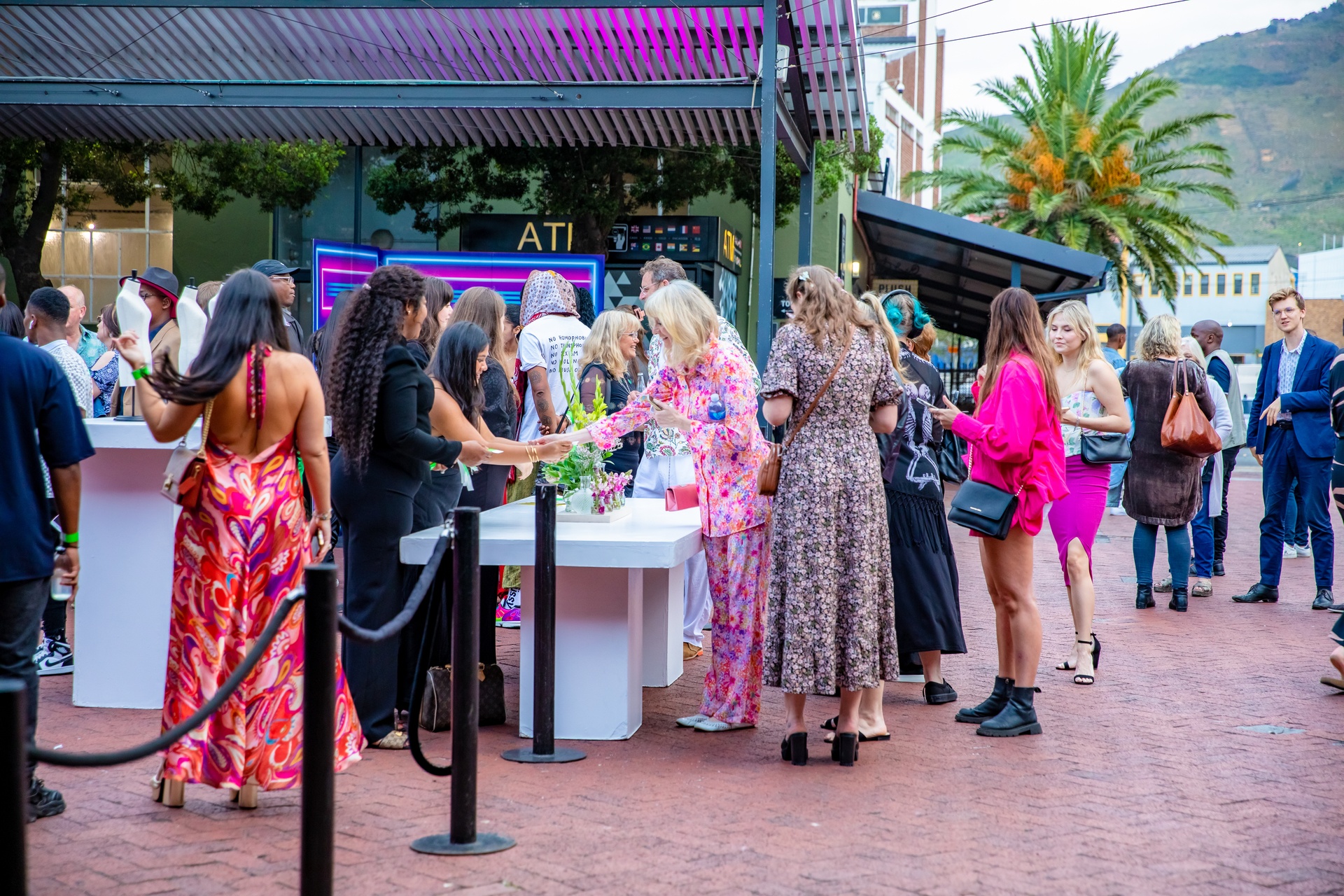
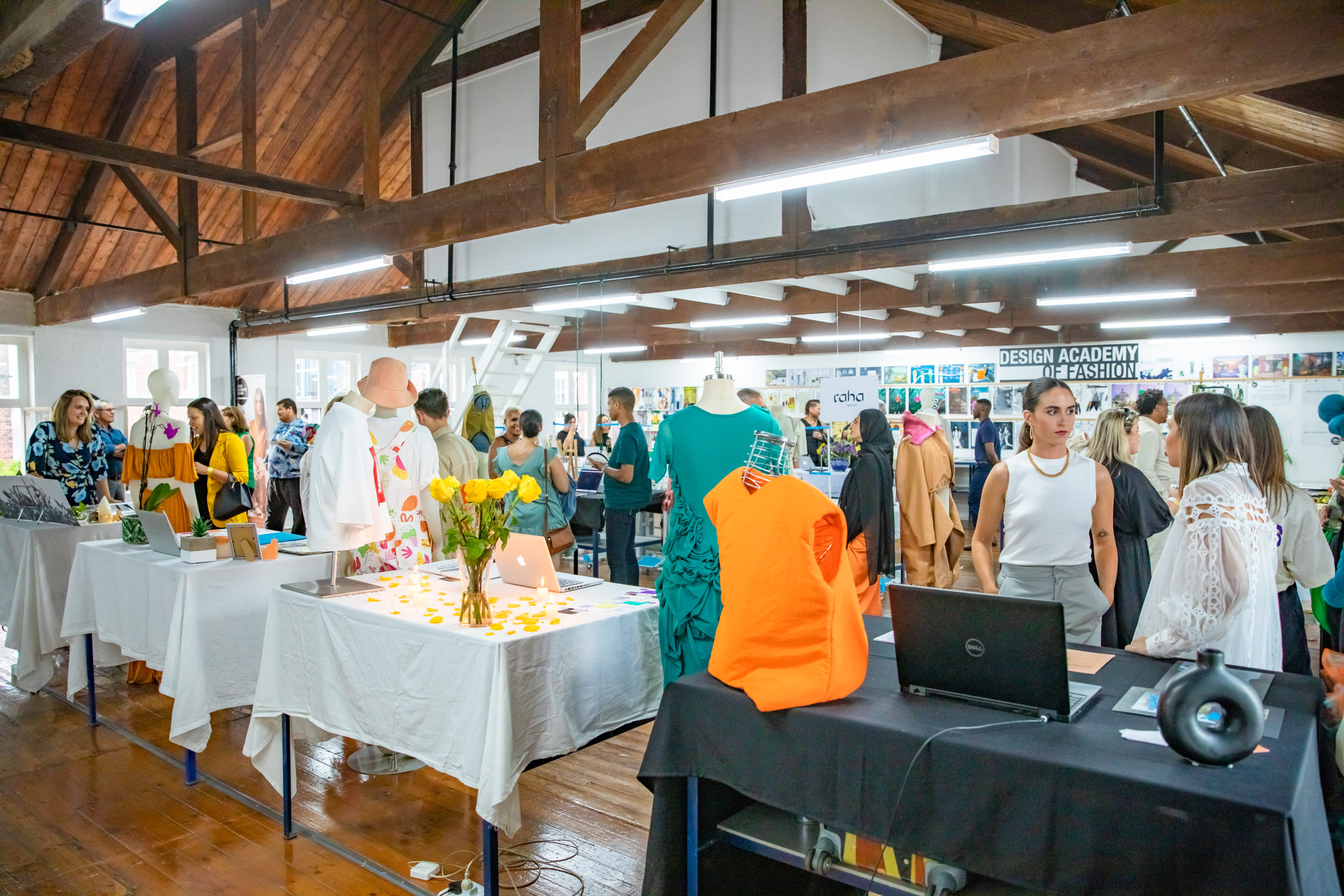
SCENE 1 /// FIRST YEARS /// DRESSES:
“ H A P P Y C A M P E R ”
/// 1st years were asked to explore the Gorpcore trend in a series of dress designs. Gorpcore – named after the colloquial term for trail mix (“Good Ol’ Raisins and Peanuts”) – is a style focused around wearing utilitarian, functional, outdoors-inspired gear. Details to be incorporated were camping inspired items such as webbing straps, clips/buckles, hardware – D-rings, drawstrings and toggles, functional pockets, structured hoods, velcro, zips, press studs and rivets, colourful twine, rope, and bungee cord. /// – Nikki St. Quintin, HOD
The first year segment was a profound technical flex; with the brief encouraging students to draw on everything they had learned this past year, and envision as much detailing into a cohesive, Gorpcore masterpiece. For many students, this year would have been the first time consistently sewing beyond a DIY style set; and the sheer amount of variation and application we saw come down the runway was clearly indicative of a focused, attentive class and their varying lecturers. In the two years to come, their garment construction skills will be proliferated across many garments, eventually culminating in a cohesive graduating collection. Scene 1 showed an astute focus of ability and mastery over a single garment – the dress – in a multitude ways, and in a variation of burgeoning aesthetics and points of view.
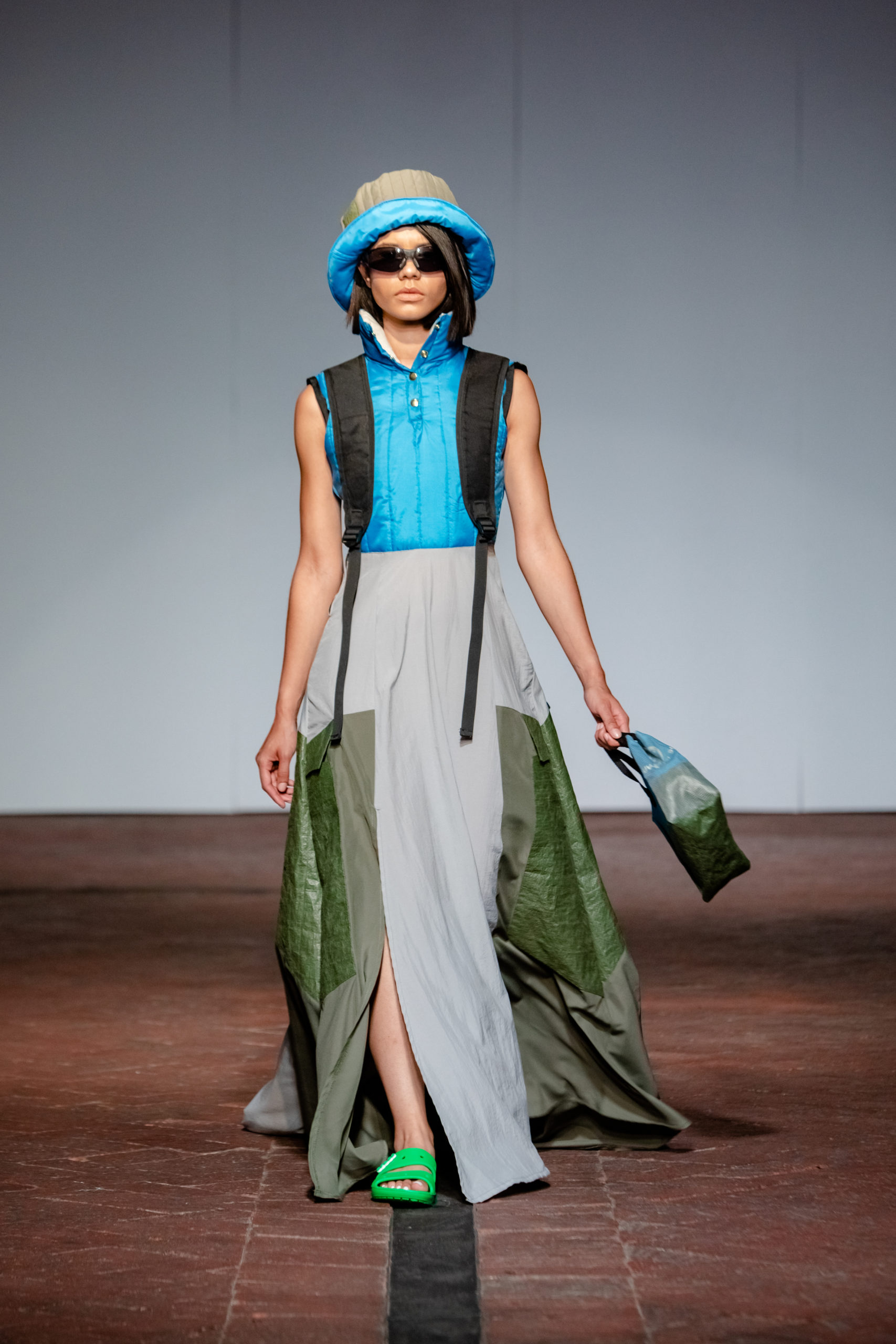
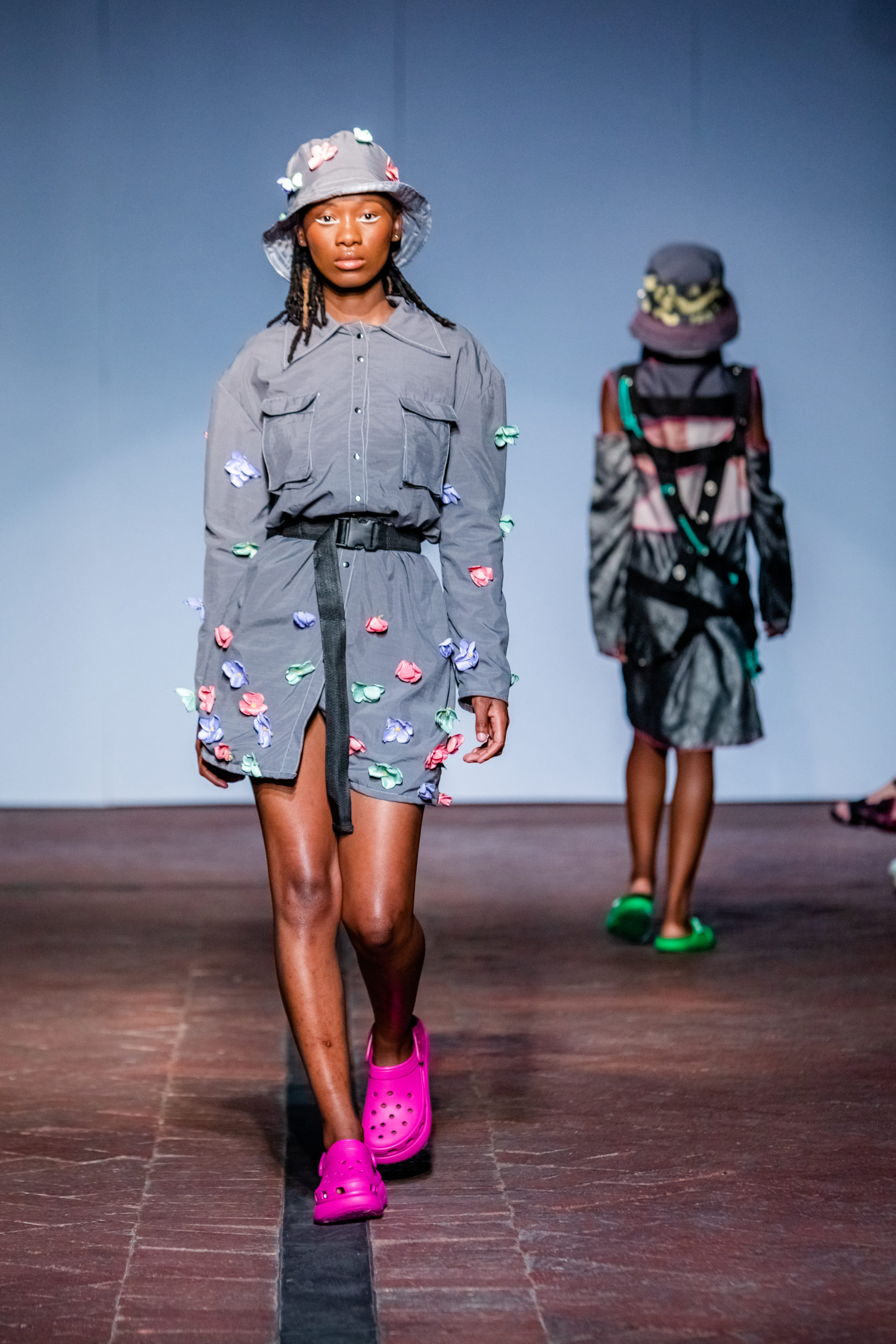
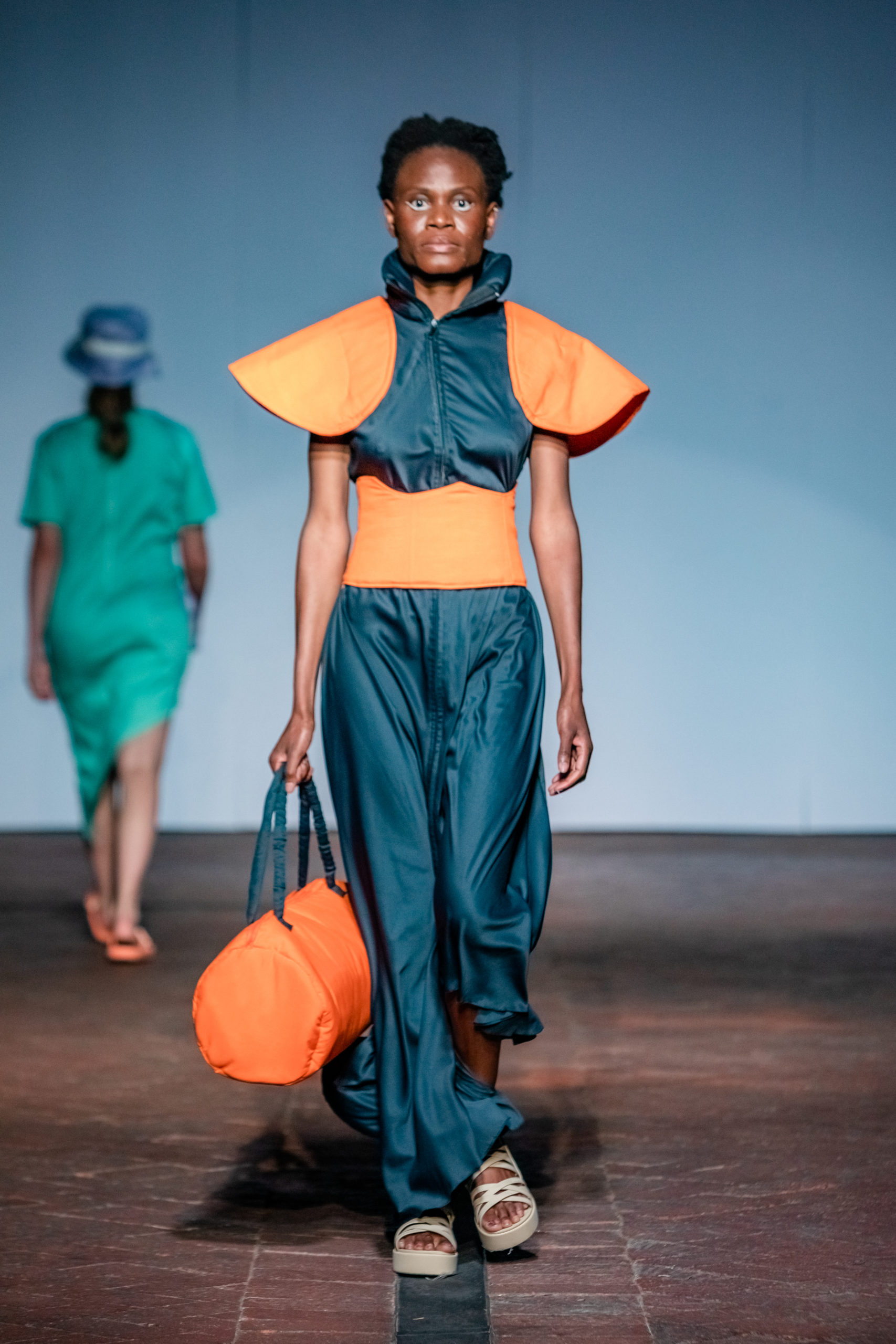

SCENE 2 /// SECOND YEARS /// MENSWEAR
FIELDS COLLABORATION
/// “Outside beyond ideas of wrongdoing and rightdoing there is a field”, I’ll meet you there” -Rumi
In collaboration with the contemporary South African menswear brand FIELDS, our second years were asked to choose their own inspiration, interpret and design AW23 looks for the brand, while adding their own unique signatures to their menswear designs. /// – Nikki St. Quintin, HOD Collaboration is the kindle for true success in design. For the second year’s menswear segment, Fields – founded by Mikael Hanan – formed the foundational reference, yet the students were required to understand what it means to take a reference and channel it through their own, unique design language. Referencing is the bones of design; many have said there are no original base ideas left in fashion, only the originality with which we can update and make an idea brand-new. With juxtaposing yet seamless moods of sharp tailoring and casualwear, we loved seeing menswear encouraged as a space for thoughtful ideas on masculine dressing, and a profound necessity for the design students to begin to think clearly about creating for a customer within real-life contexts.
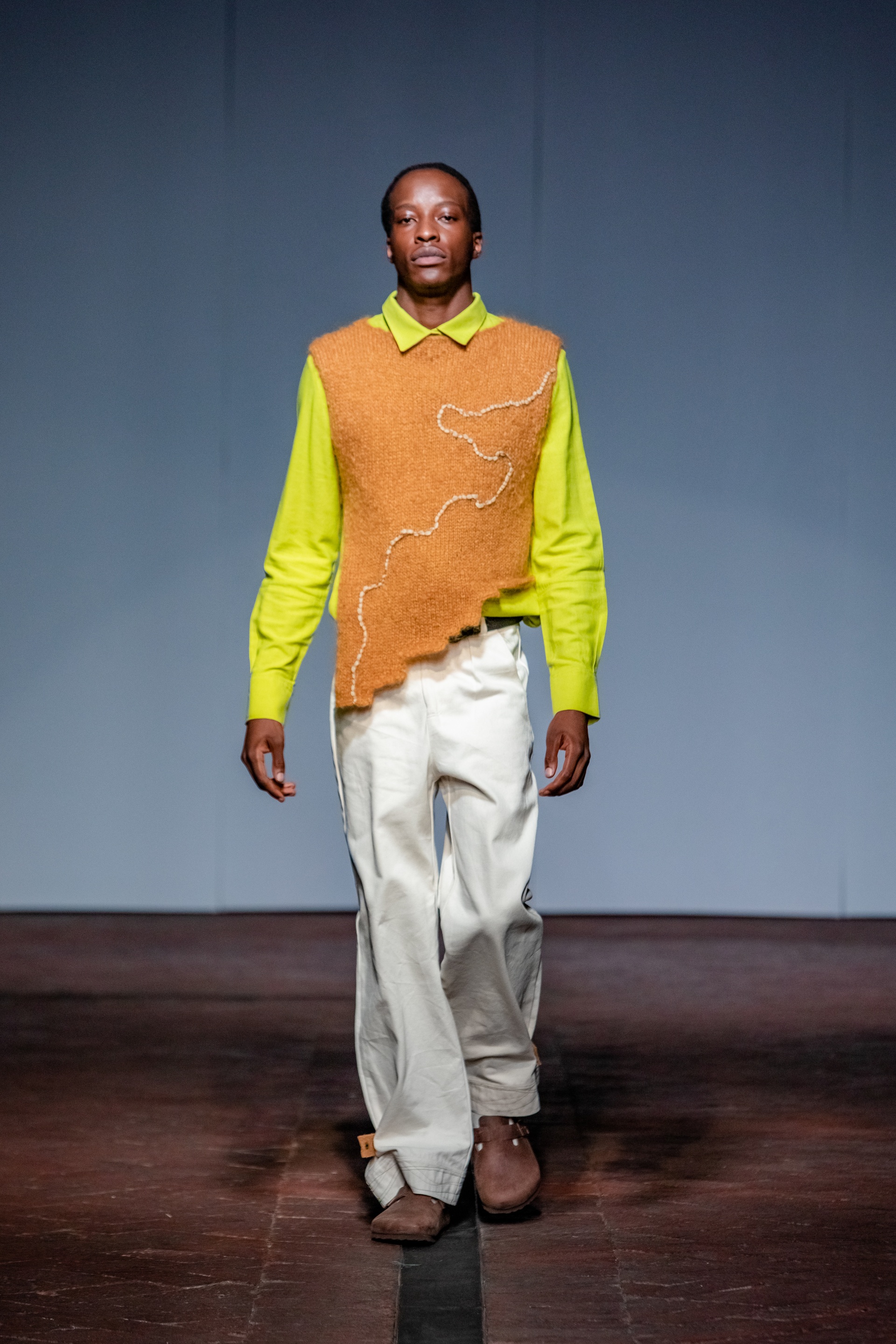
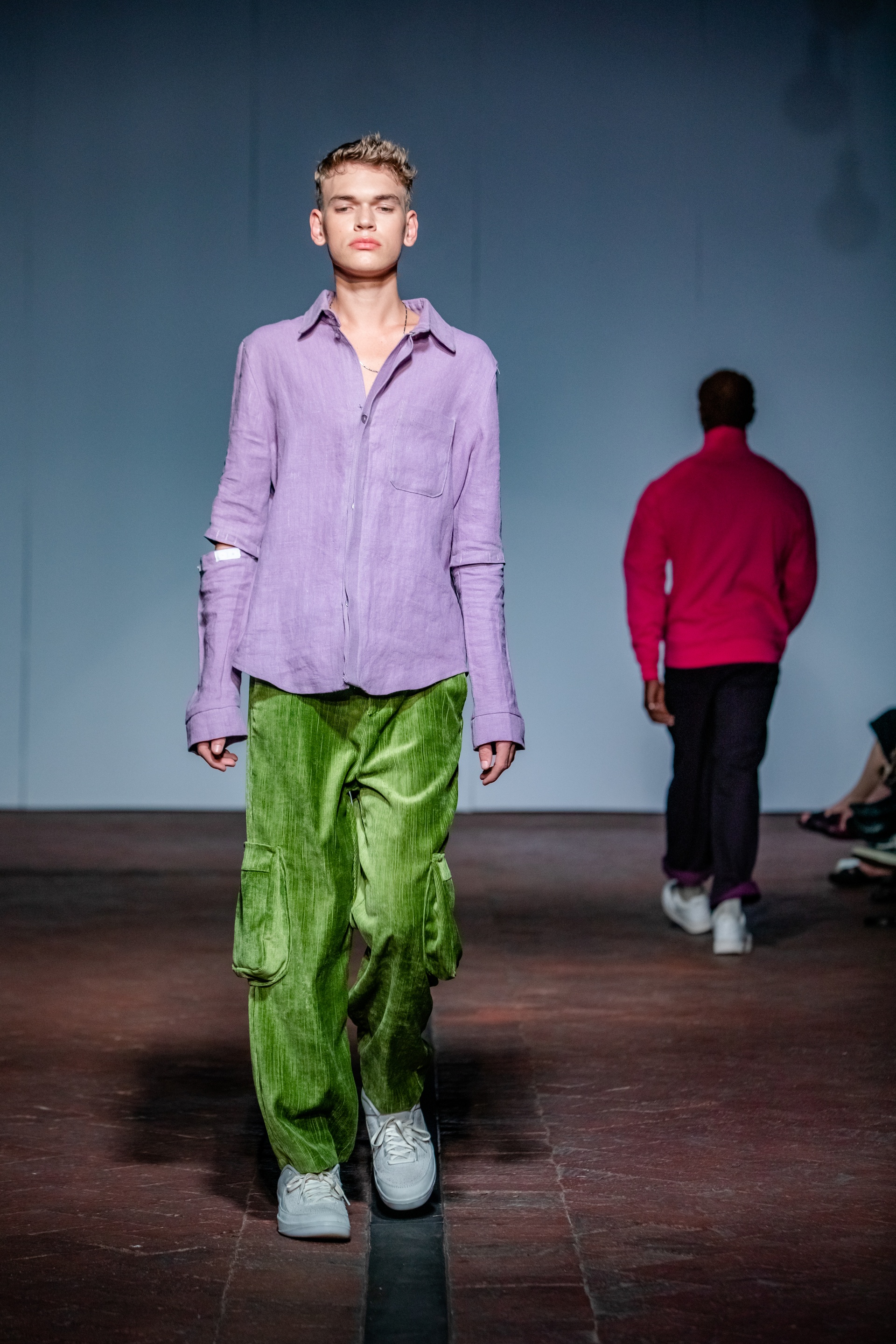
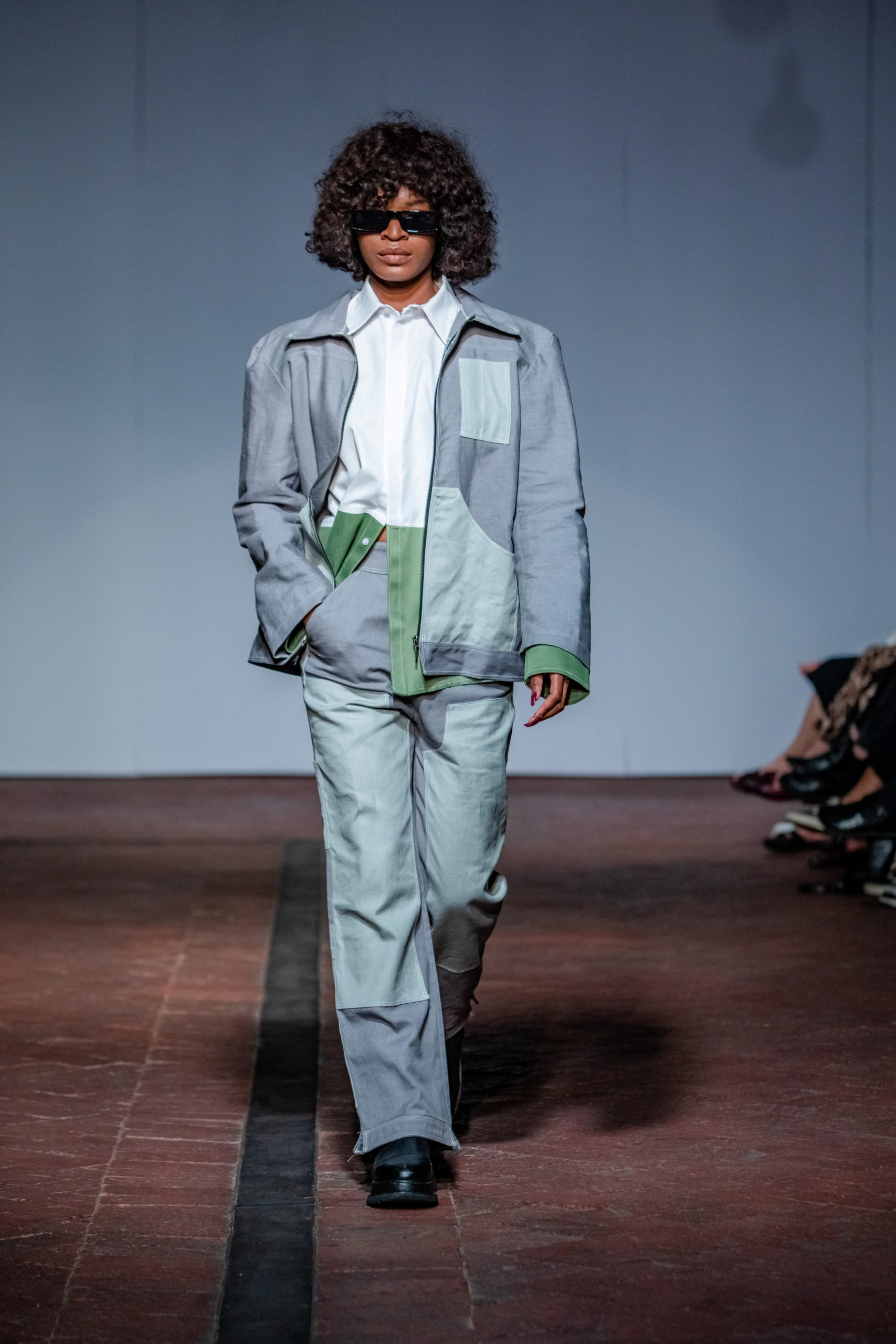
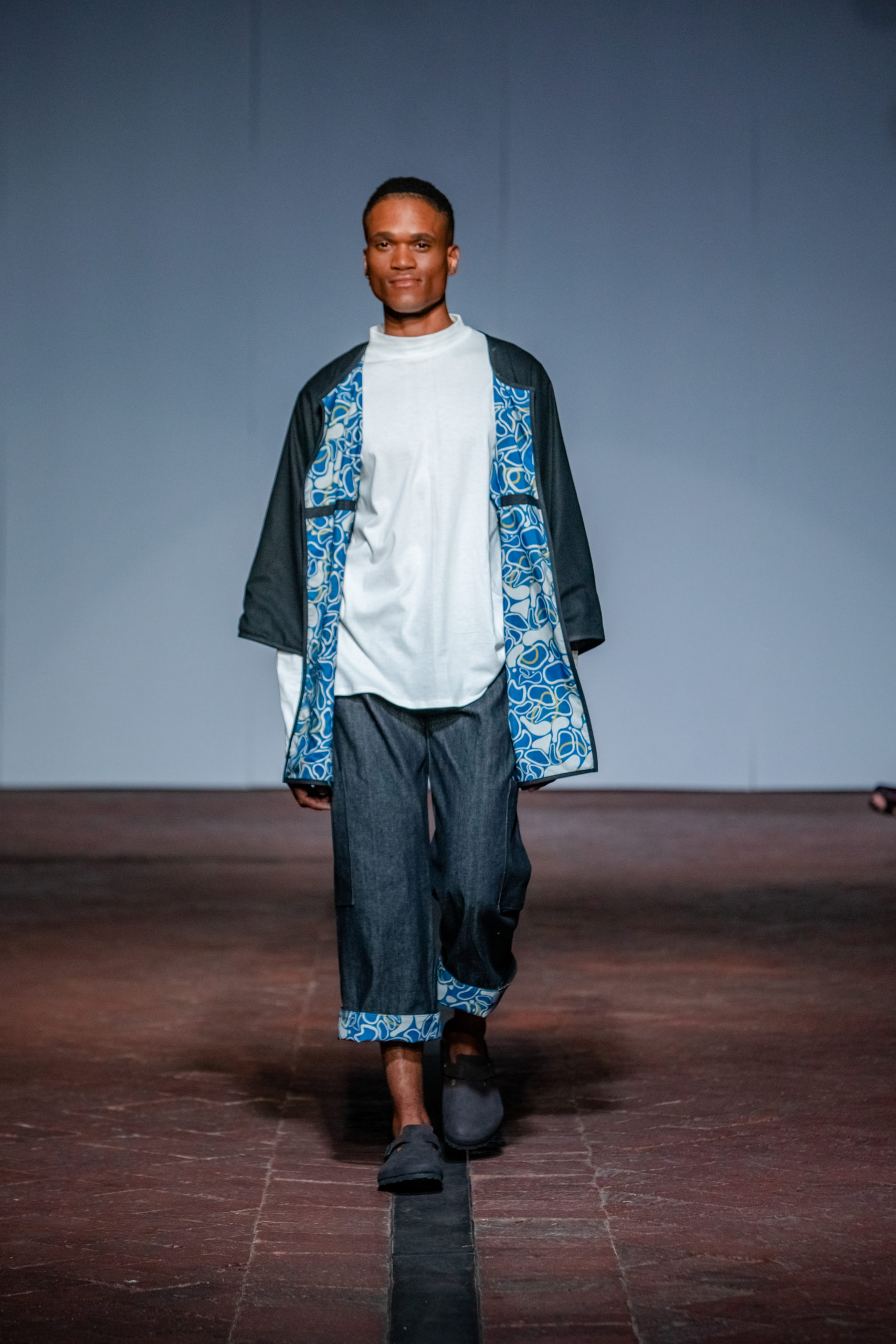
SCENE 3 /// SECOND YEARS /// AVANT GARDE
/// Second years were asked to design an outfit using only white bull denim and fabric manipulation for this years’ Avant Garde Scene. The theme “SPEAK YOUR MIND” asked students to investigate their internal thoughts around the ideas of social activism and what kinds of world issues they were passionate about and would like to explore in an Avant Garde design. Topics they chose to explore include the refugee crisis, poverty, mental health, depression, coral bleaching, loss of innocence, animal captivity or cruelty, police brutality and human trafficking. /// – Nikki St. Quintin, HOD
This segment was a very deep moment in understanding the power of sartorial consciousness; the idea that through clothing, we can express the very complex nature of being human. There was major Lee Mcqueen energy through each look; with the first look a disconcertingly brilliant transition between a straight-jacket style piece, in which the model had to essentially contort to walk down the runway – breaking free at the end, and walking back sharply and intently. With a limitation on fabrication, the white bull denim lent itself to each look as the perfect canvas to flex working with heavy, durable materiality – and playing in the realm of the surreal and obscure, in order to translate difficult truths. This segment was the study of intelligent design – design that evokes, that discomforts – design that is necessary in and amongst ready-to-wear. An essential space of growth for every designer to find the ‘WHY’ of their vision.
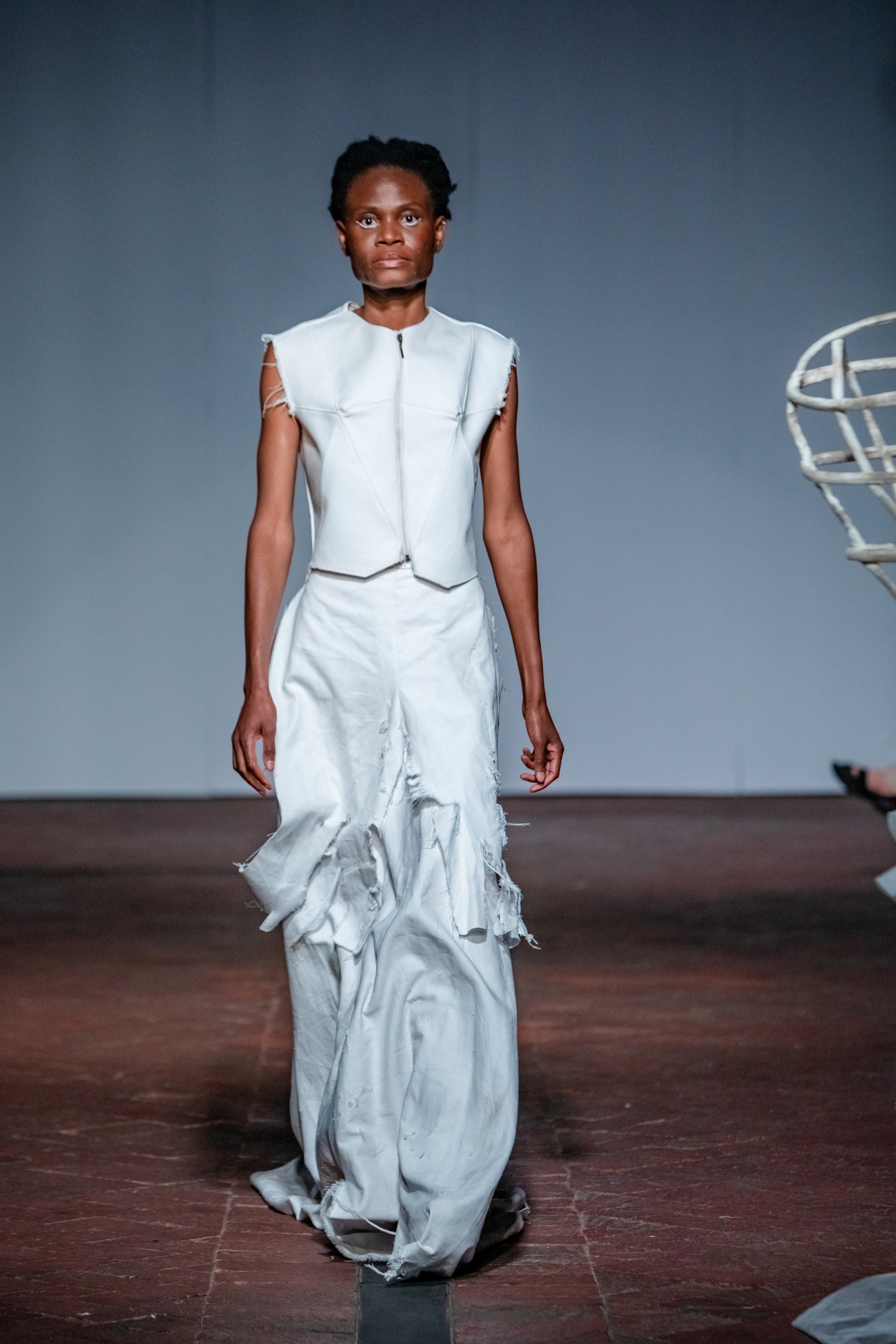
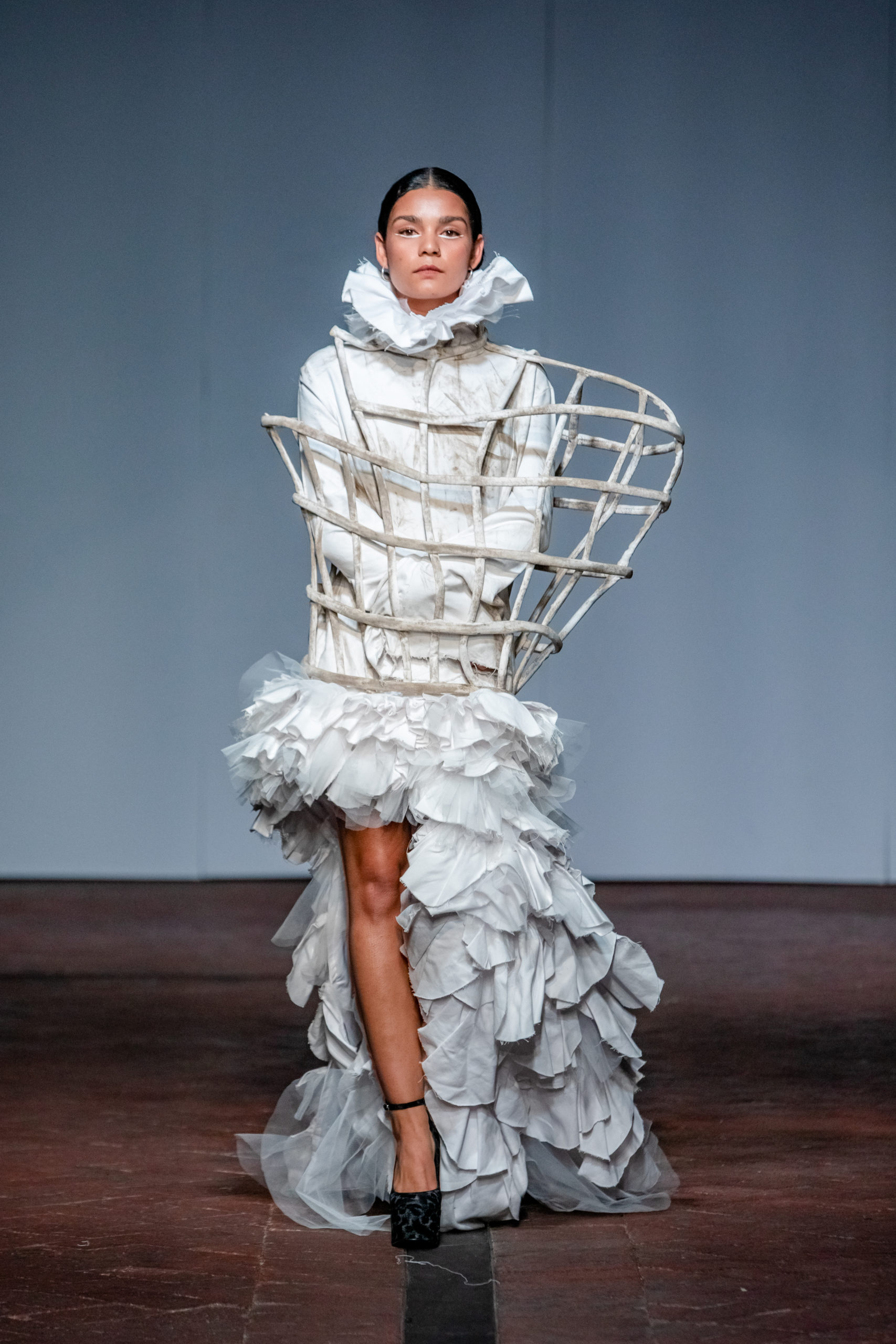
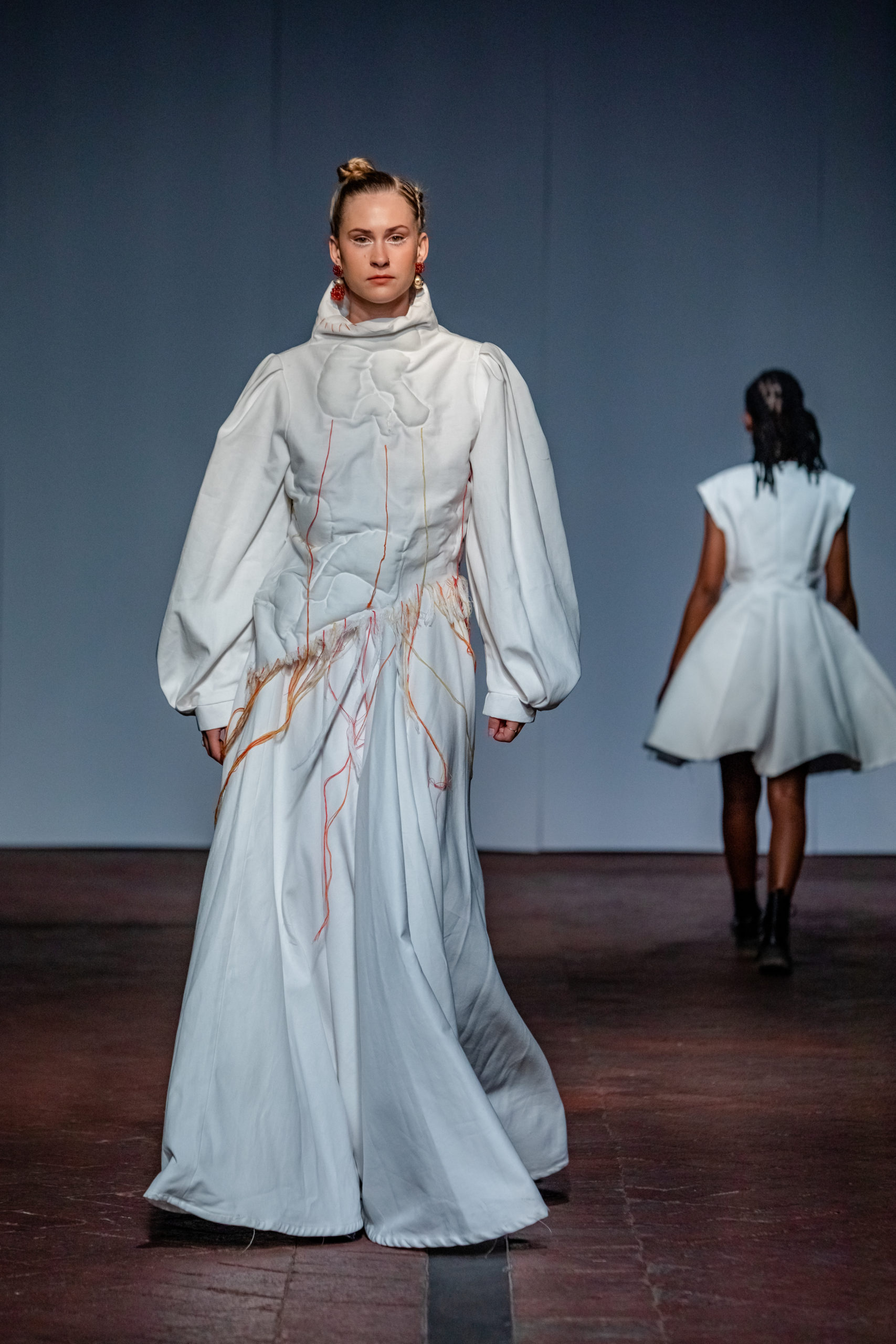
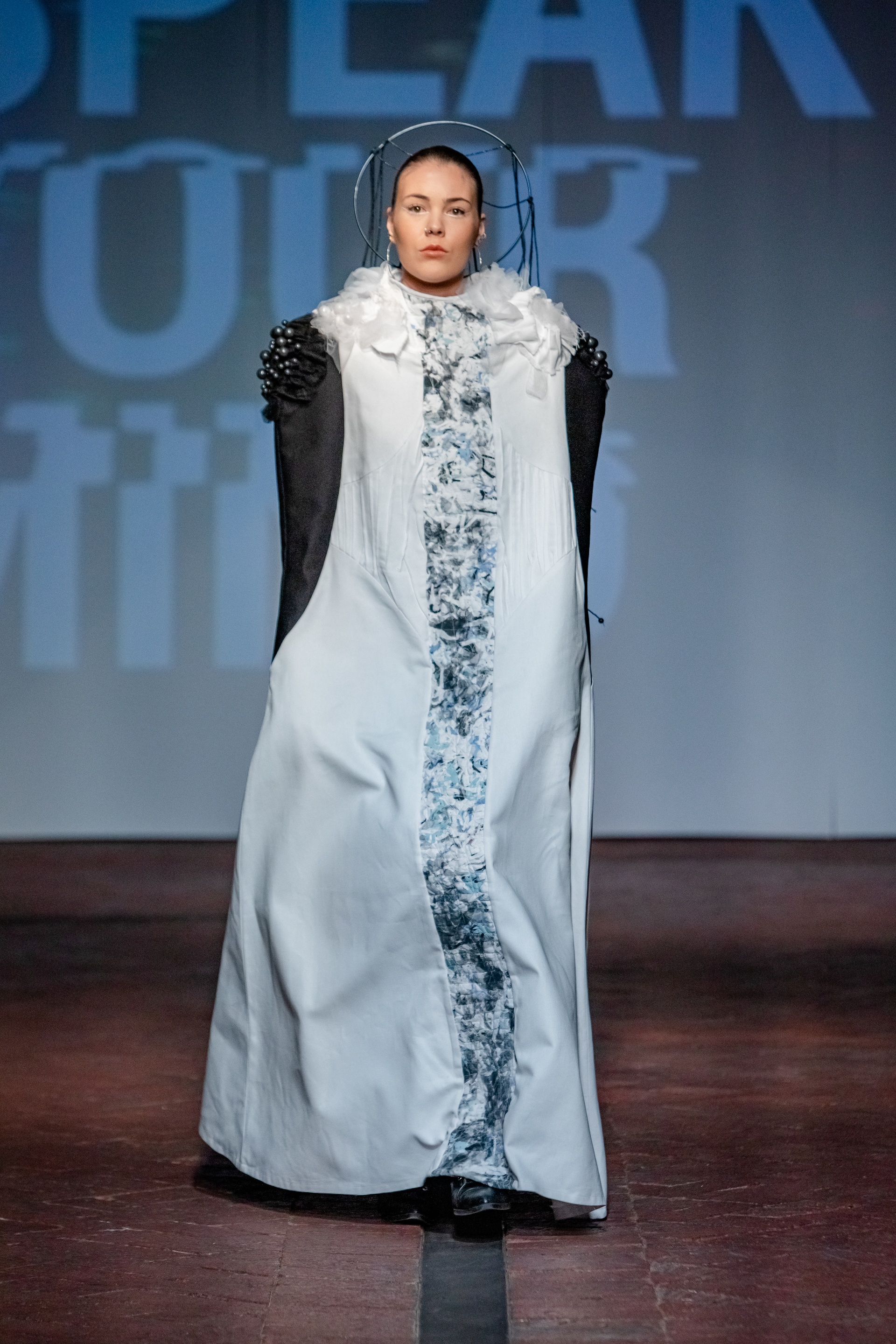
SCENE 4 /// THIRD YEARS /// GRADUATE COLLECTIONS
The show culminated in the graduate collections; eleven students, for whom the world waits wide open creatively and professionally. This was the moment that all they had learned, interrogated and envisioned came through in a five look collection founded on a brand concept that they had spent the year nurturing. Cohesion is key in a collection; whether this is stylistic oriented, led by the colourway choices, or strength of narrative concept. Each graduate collection felt to be designed in touch with an audience in mind; whether sub-cultural, or a specific customer – a special reminder that each designer is speaking both for themselves and for whom they imagine their clothes to be worn by.
With a deep focus on mentorship and industry integration, the showcase hosted an advisory committee led by industry titans Lukhanyo Mdingi, David West, Nicola Cooper and Thato Lehana. After deliberation and connecting with each student, the Design Excellence Award was given to Amanda Trom for her stand-out collection, conceptual branding and vision under the moniker VNTU. We couldn’t agree more; with her technical, stylistic richness shining through in an identifiably clear landscape. Another stand-out collection for us was the menswear collection by Christopher Emefiele; a concise dialogue on Nigerian, British masculine dressing. The strength of DAF as a school, and of the students themselves; is that we could imagine each designer finding a path ahead, overall encouraged by the idea that there is a seat at the table for every kind of essence and expression. Speaking to this, director Bianca says, “the Design Academy of Fashion creates an environment where students can unleash their unique potential. The students rose to the occasion and produced outstanding work that showcased their distinctive design aesthetics and individual perspectives. I am excited to see what the graduates do next.”

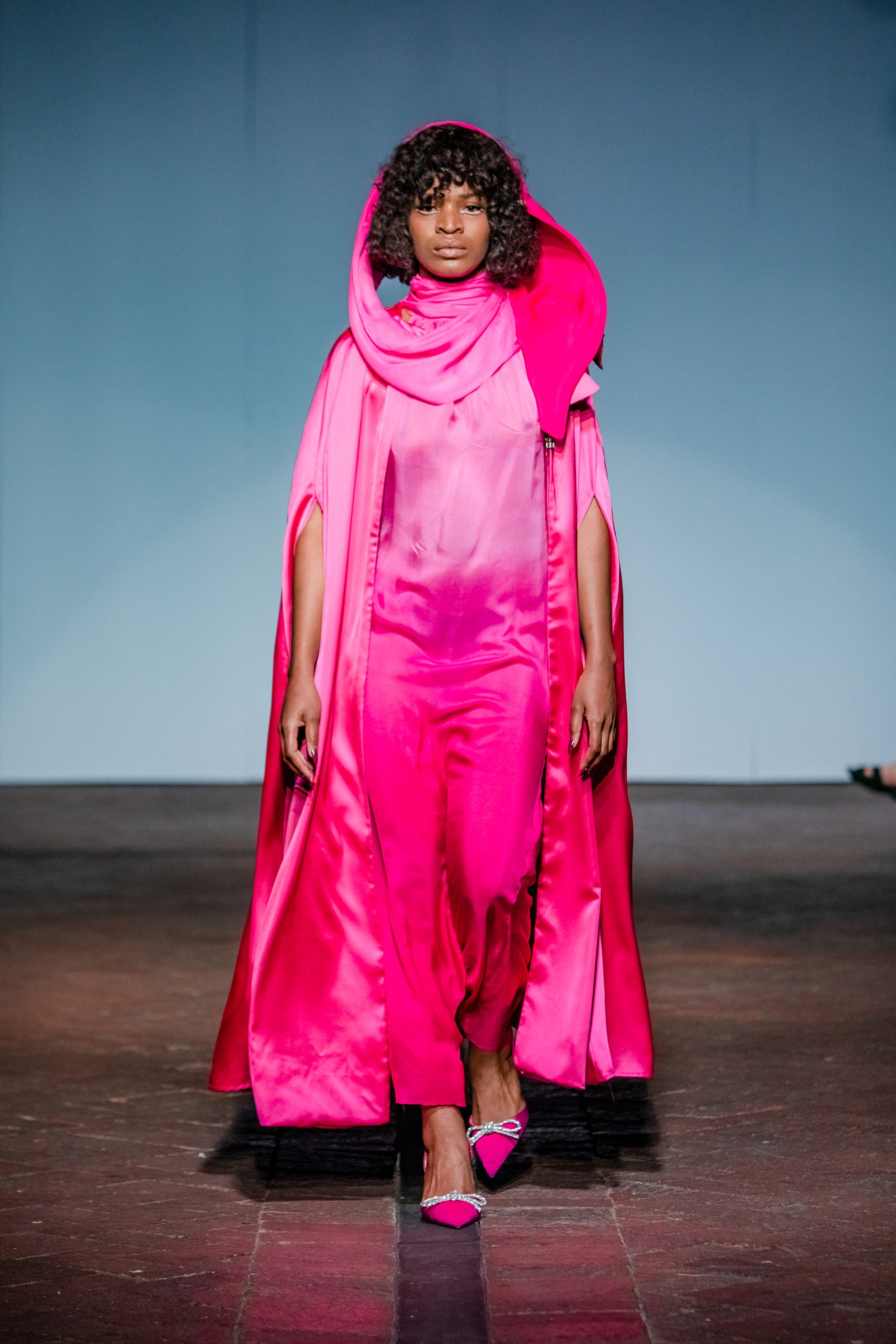

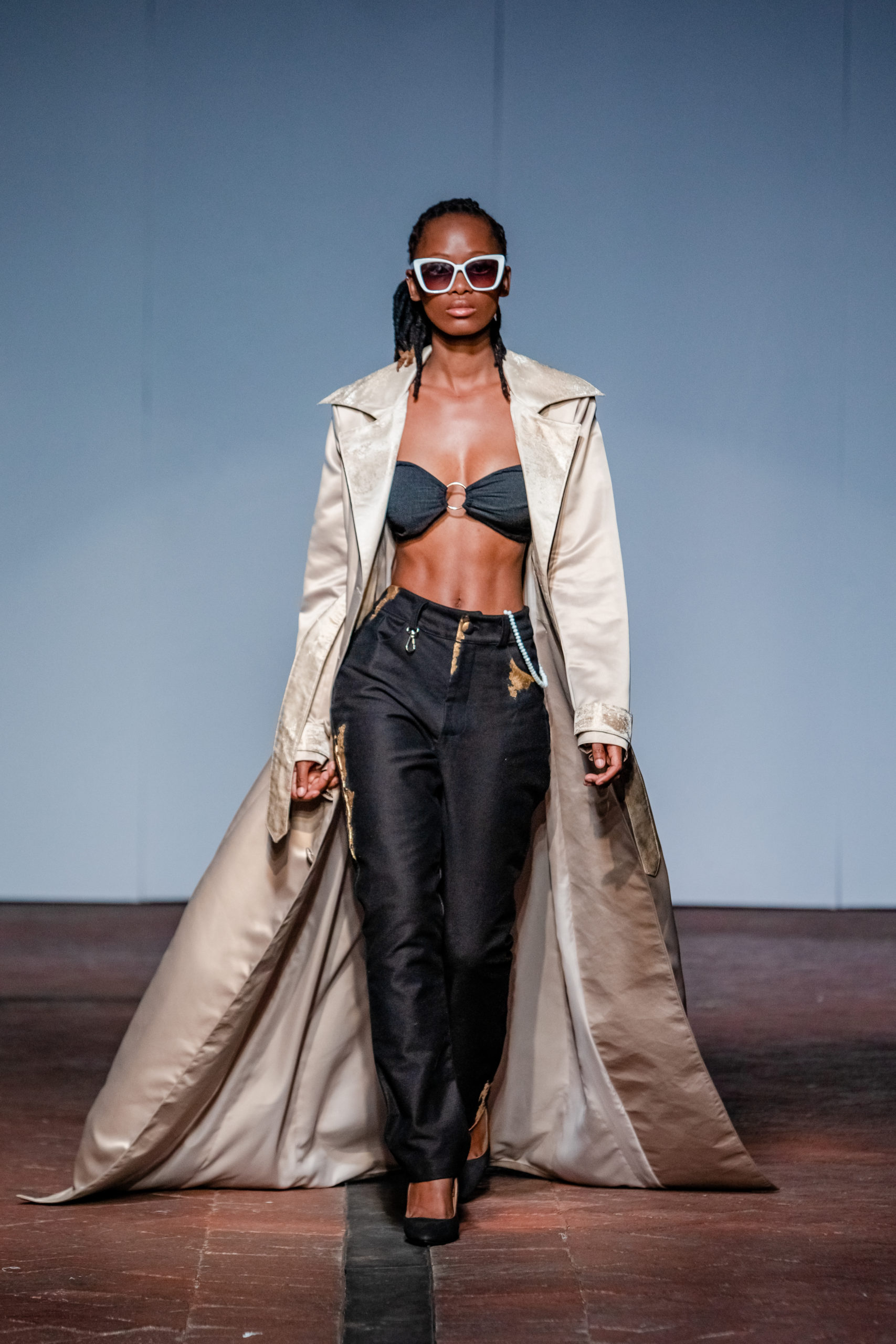
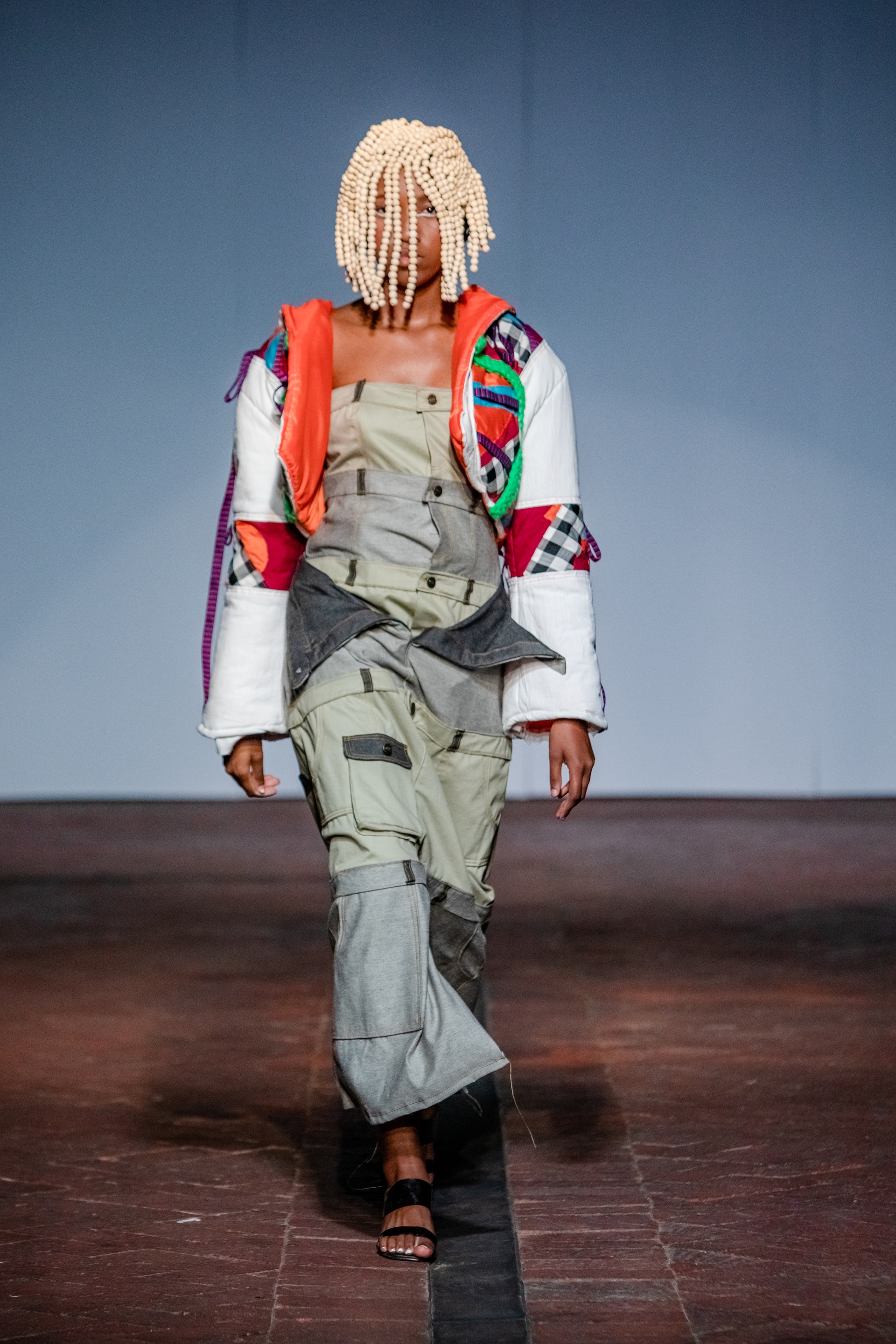
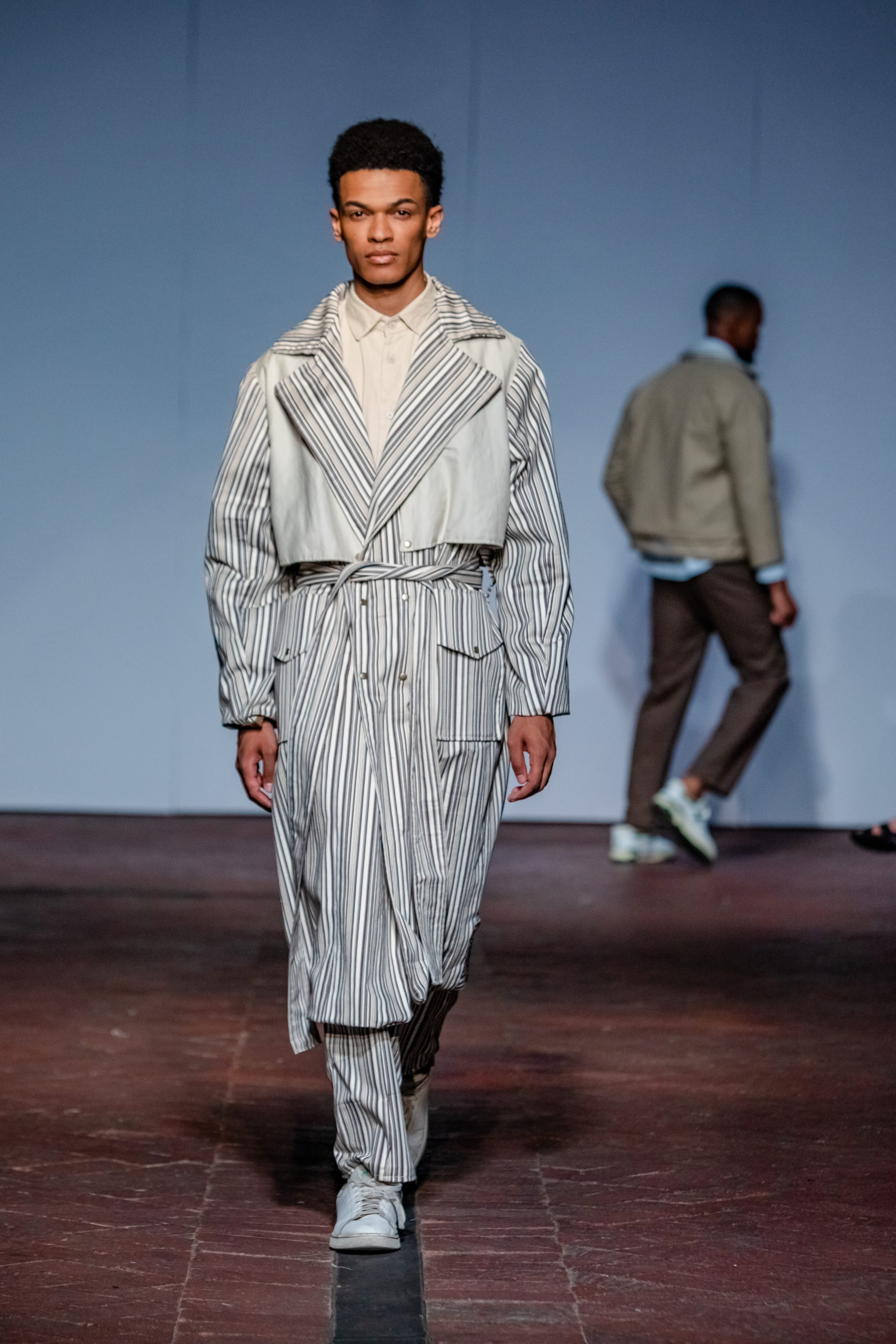
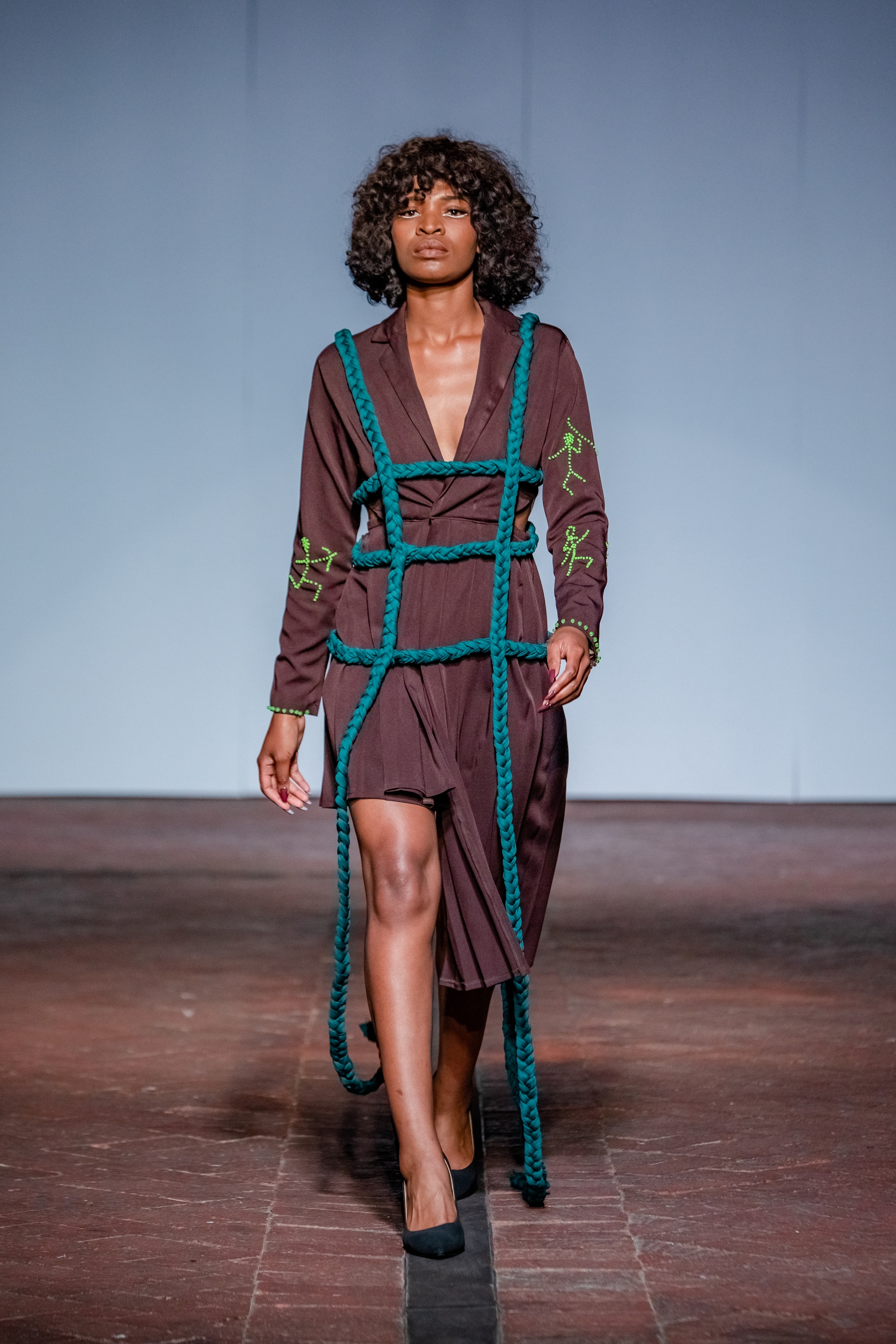
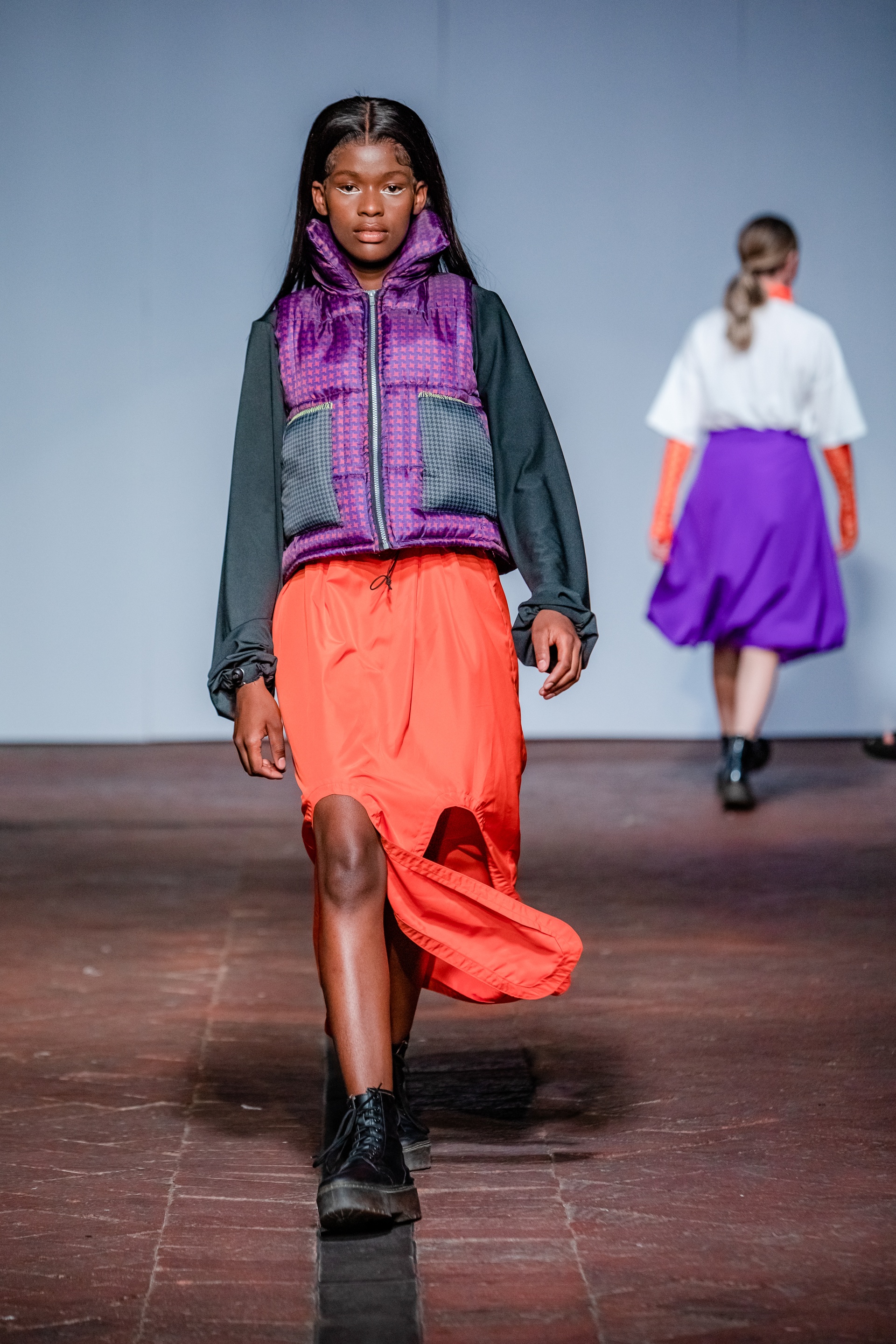
Written by: Holly Beaton
Published: 8 December 2022
For more news, visit the Connect Everything Collective homepage www.ceconline.co.za


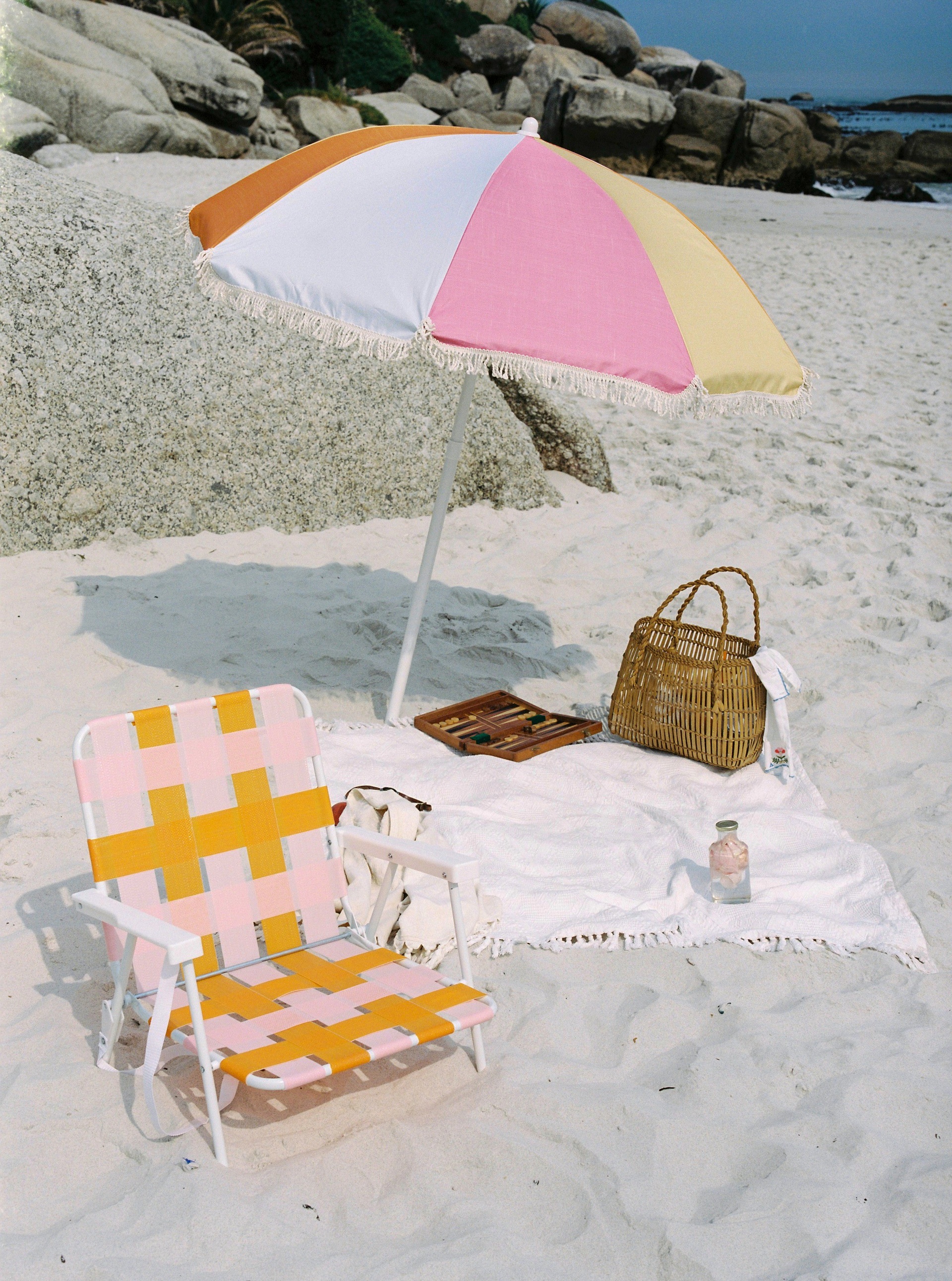
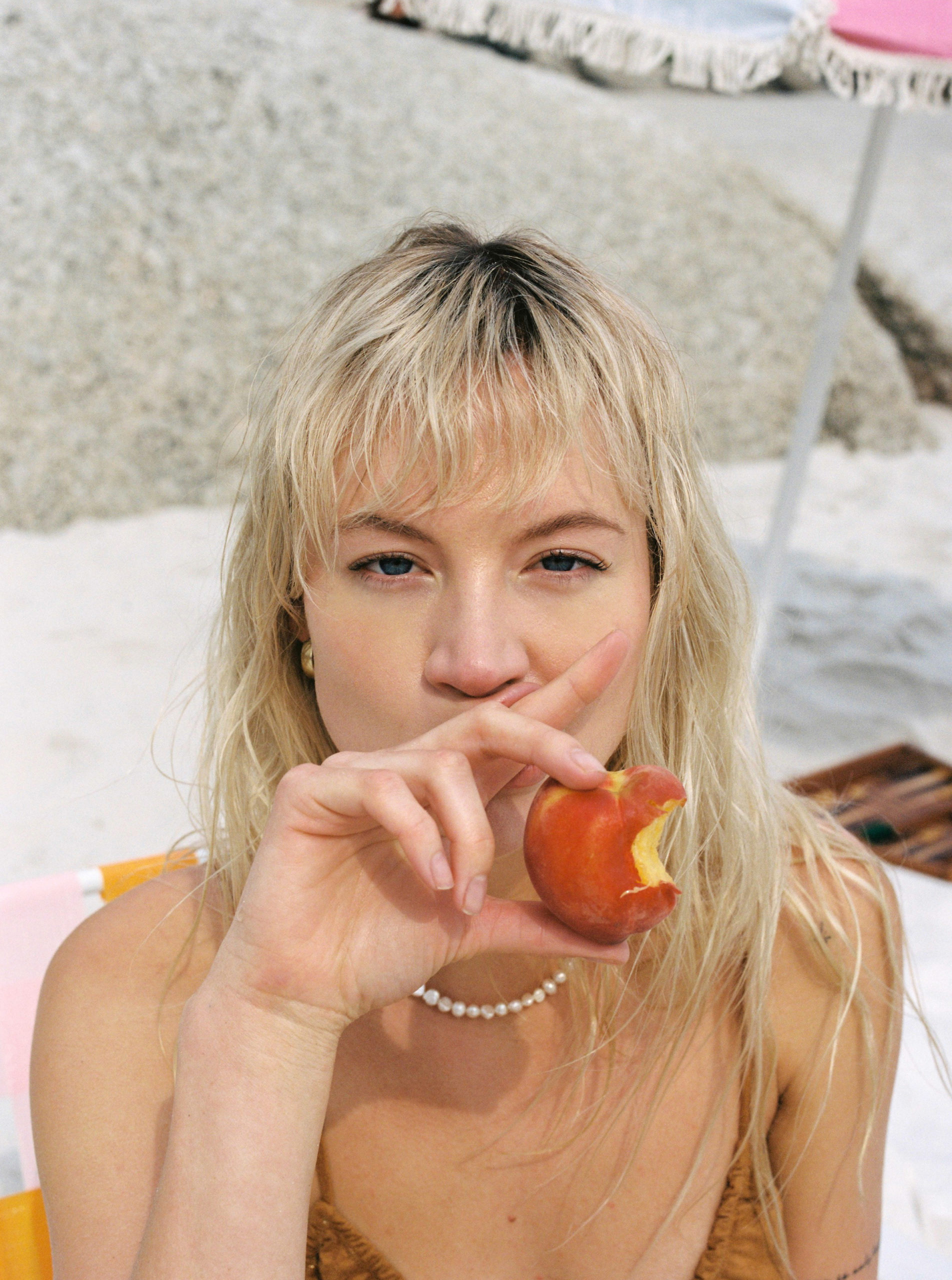






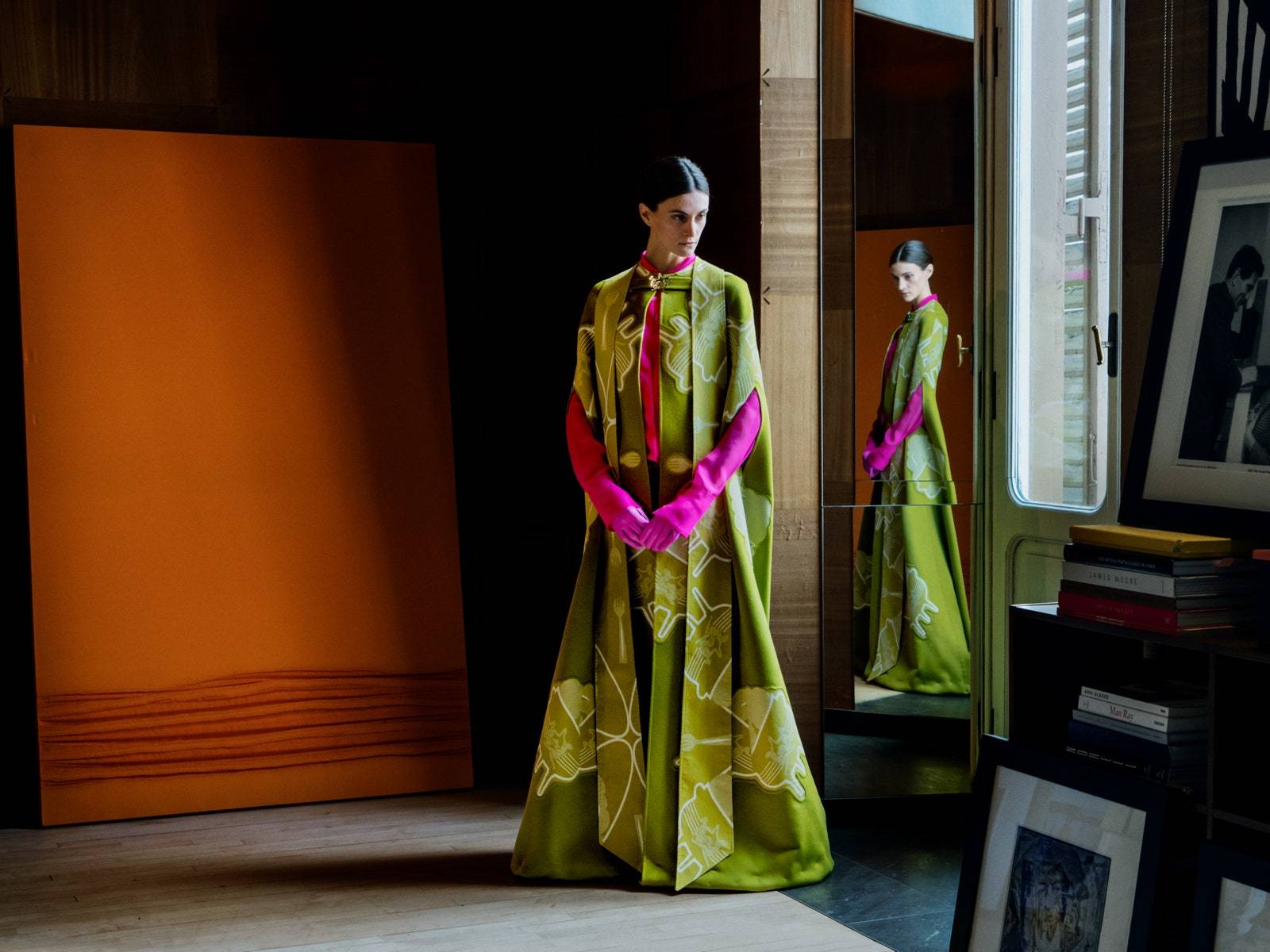
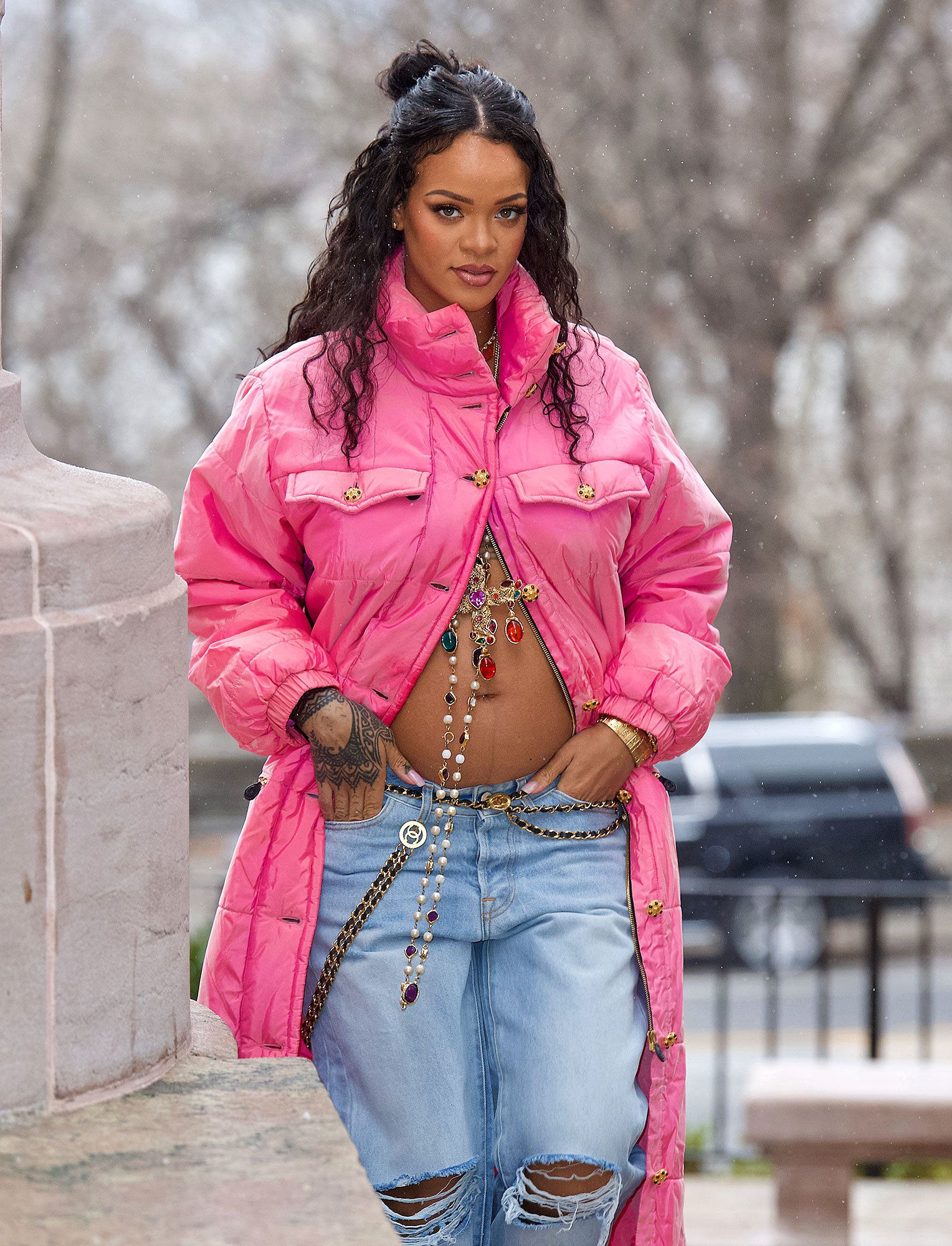
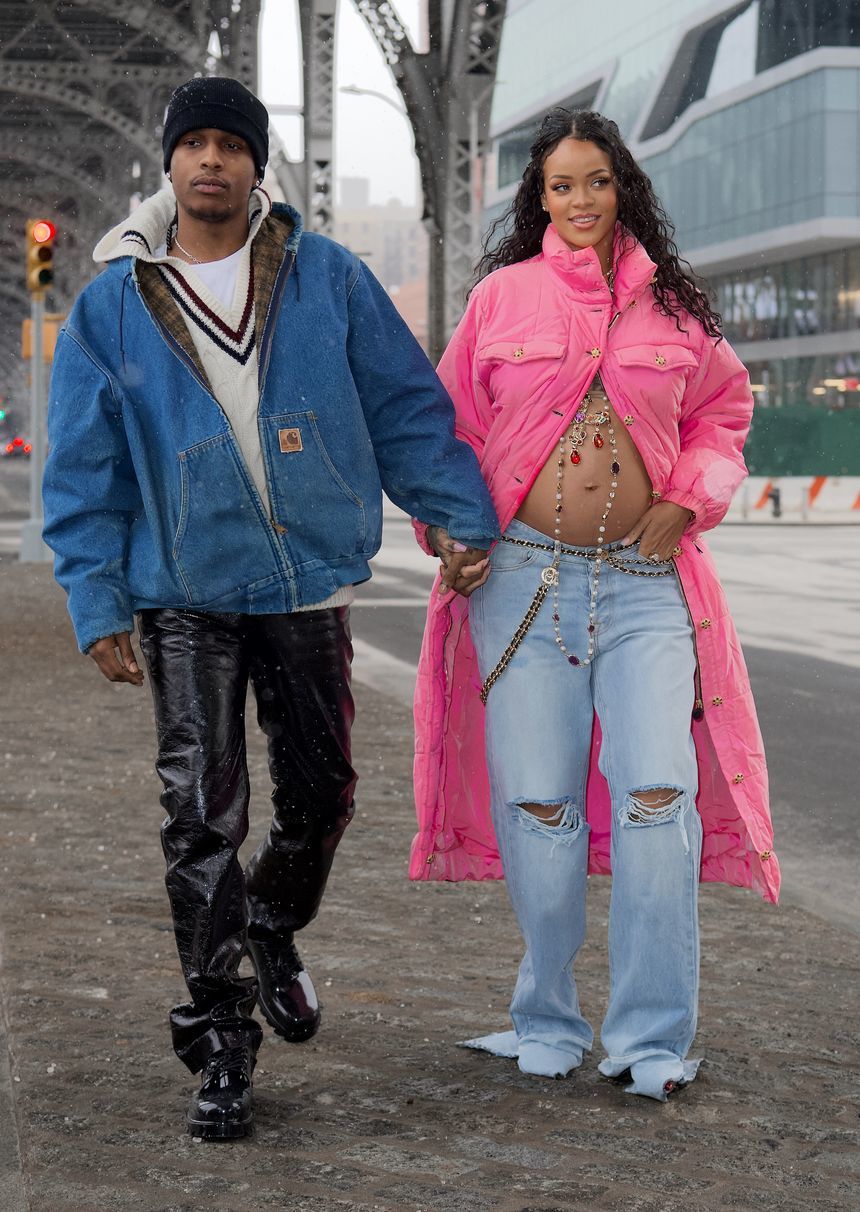
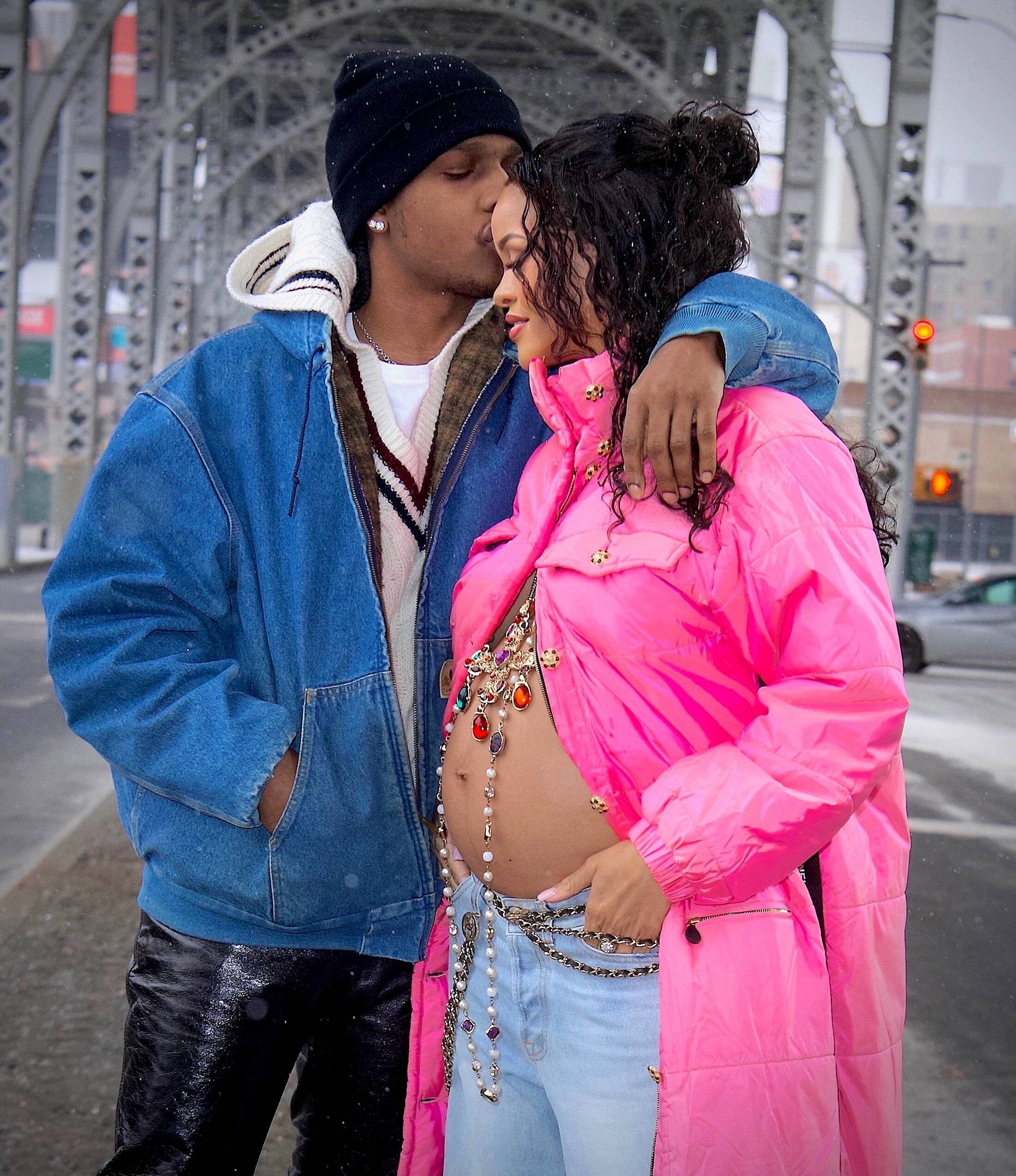
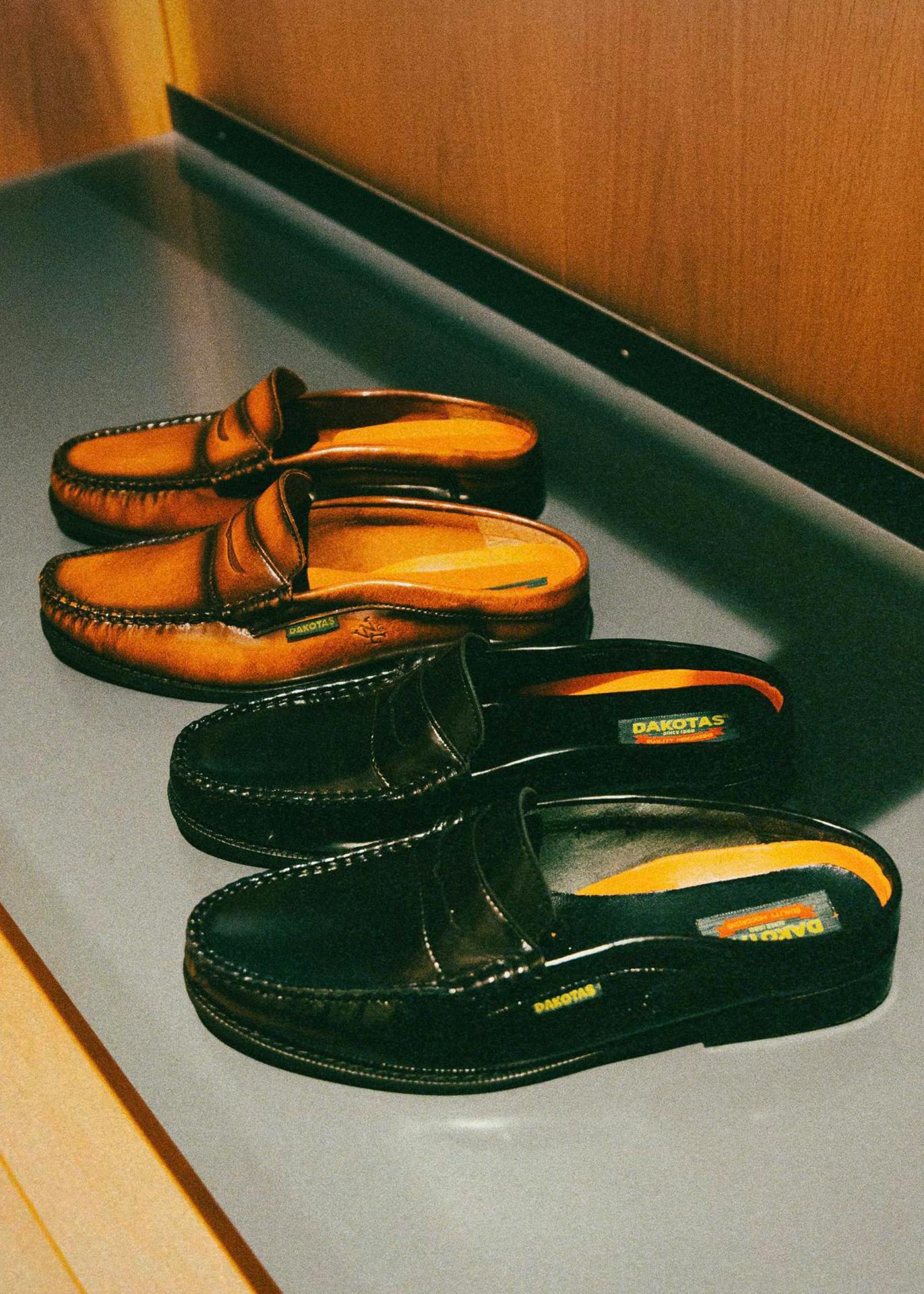
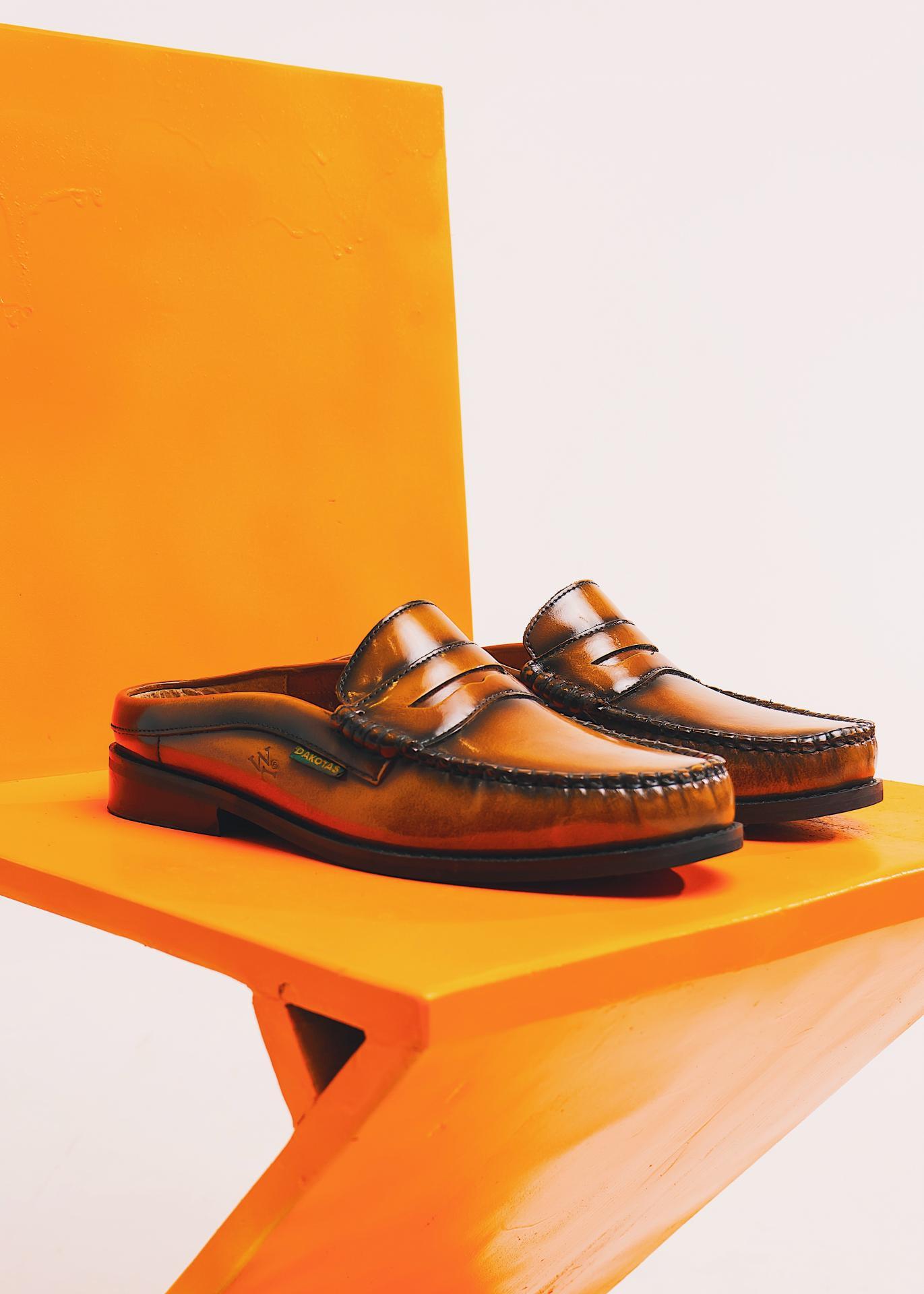
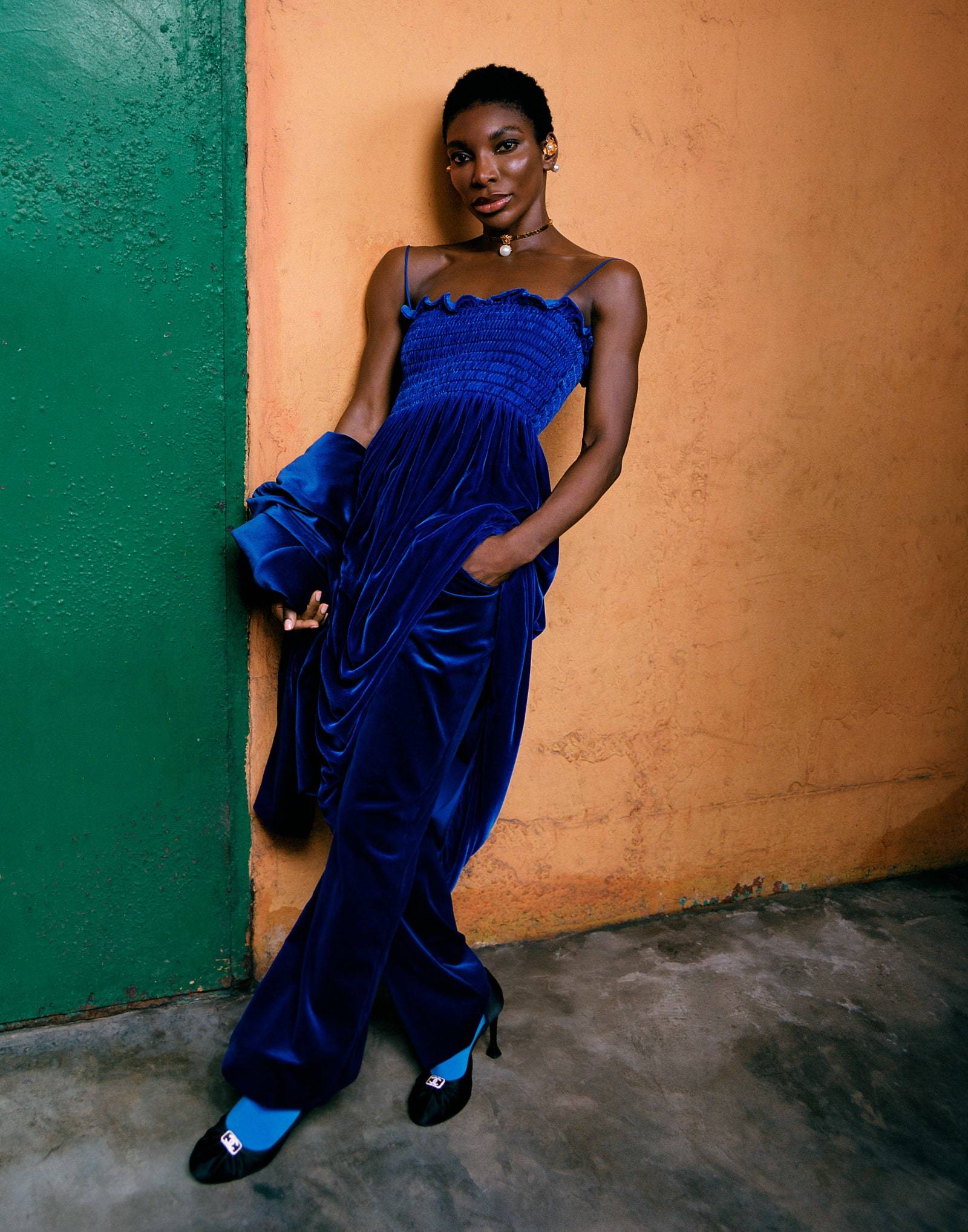
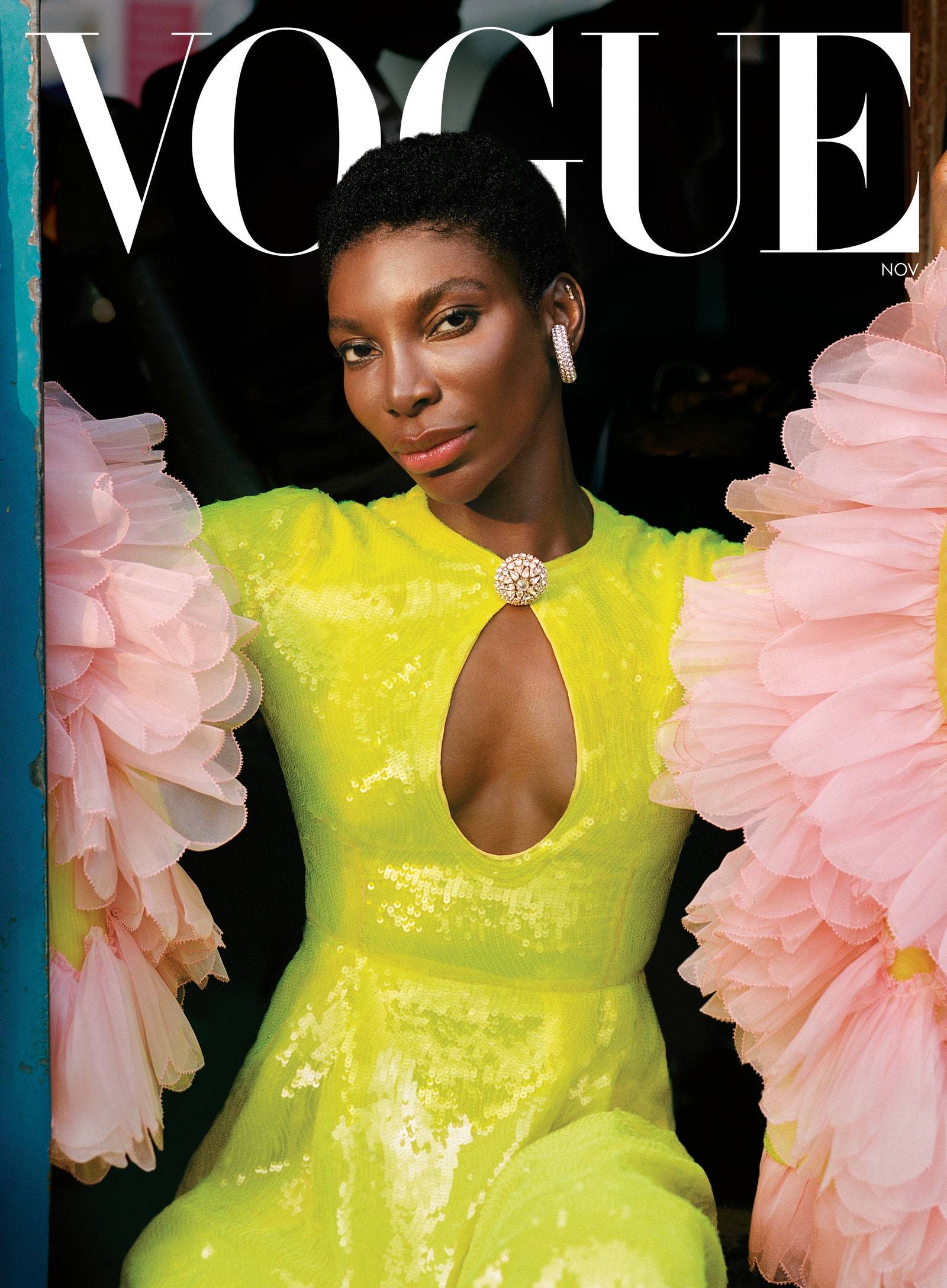
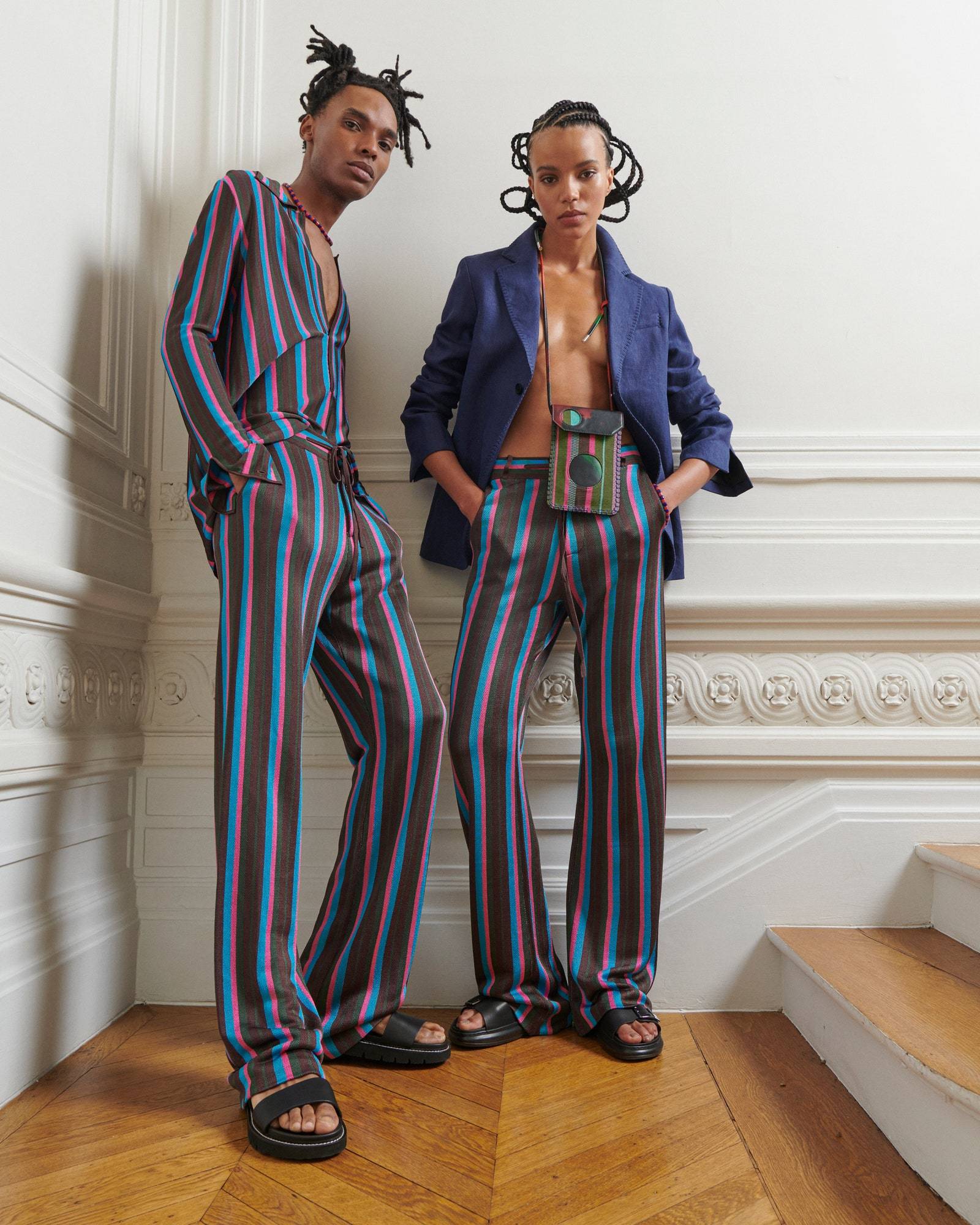
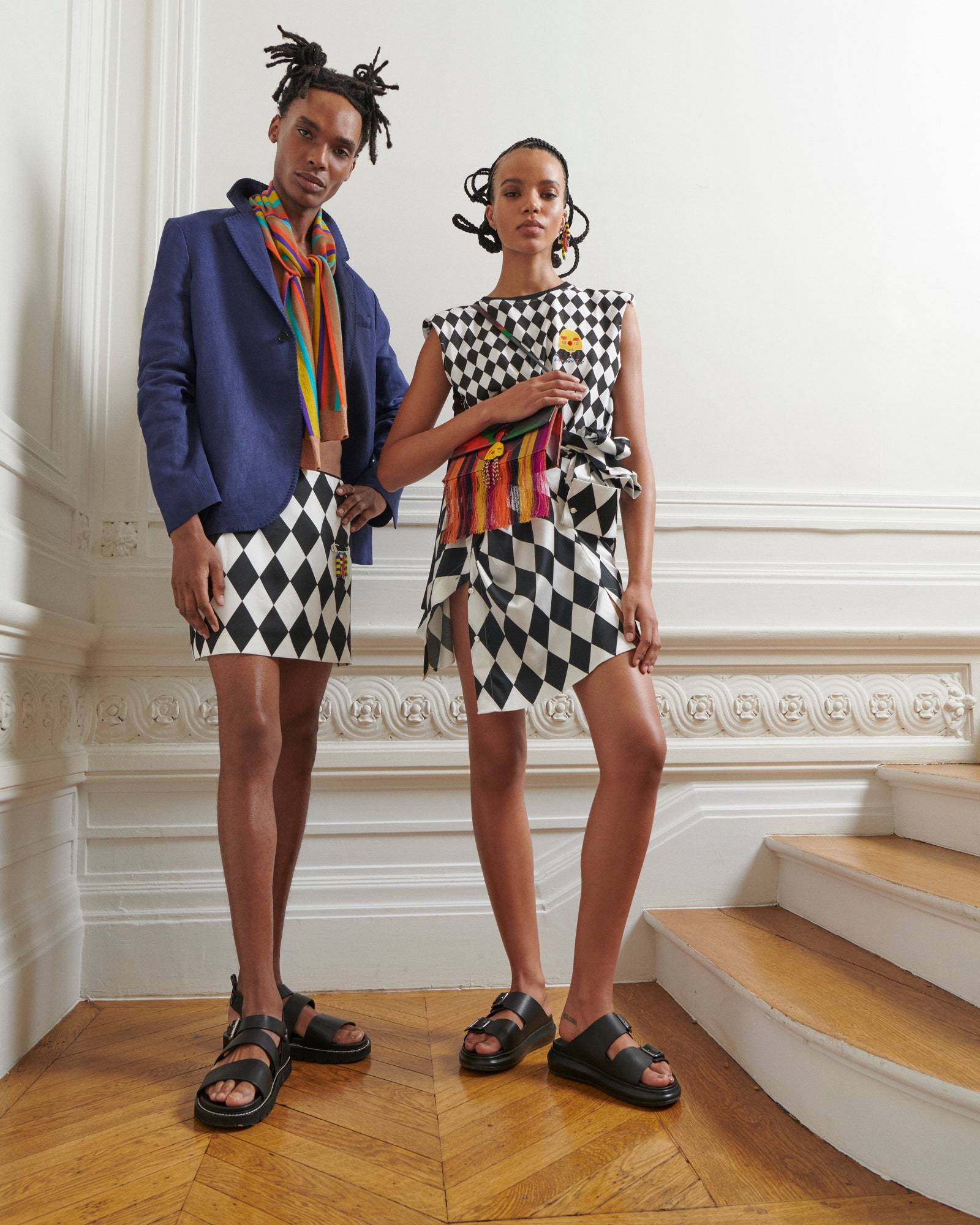

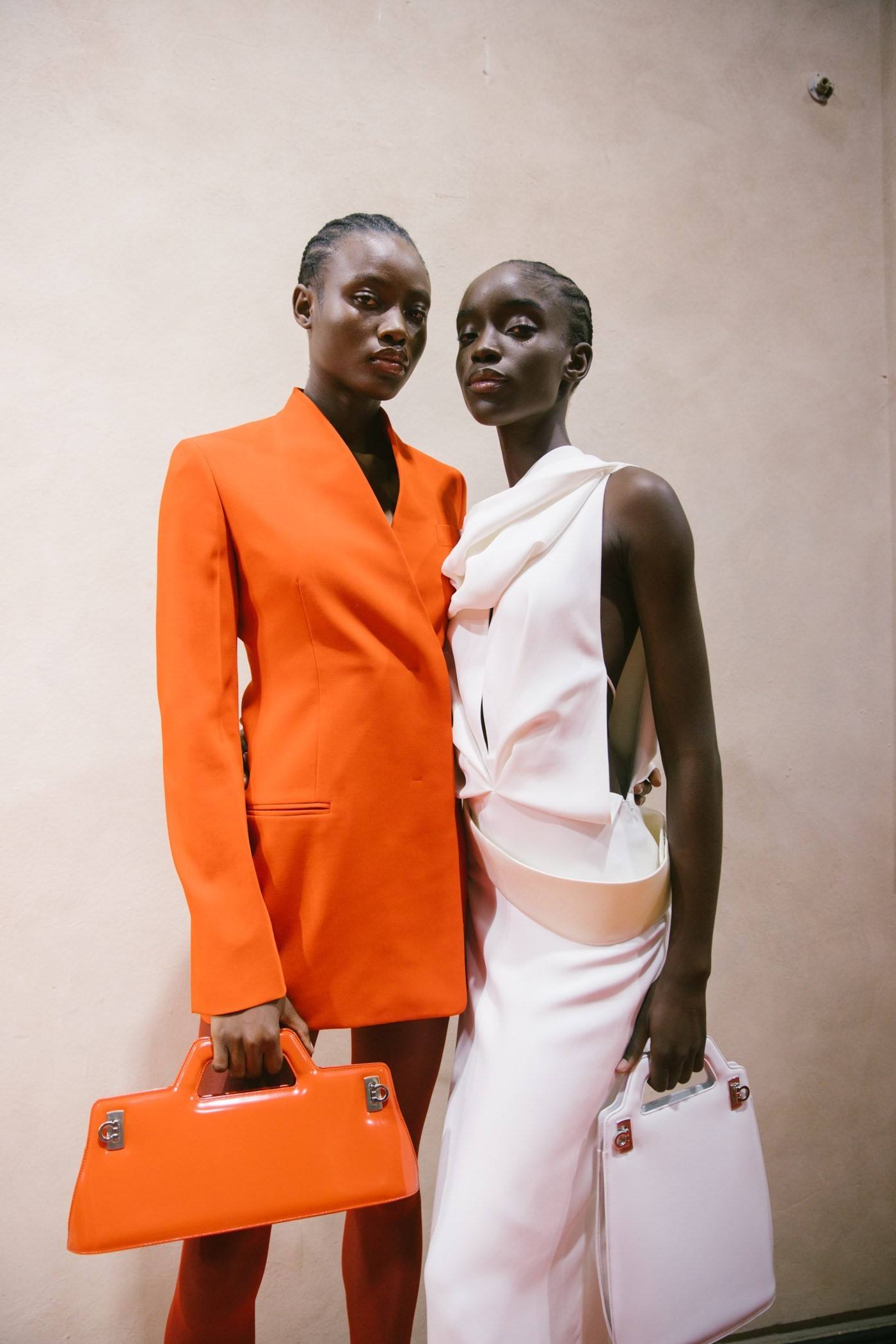
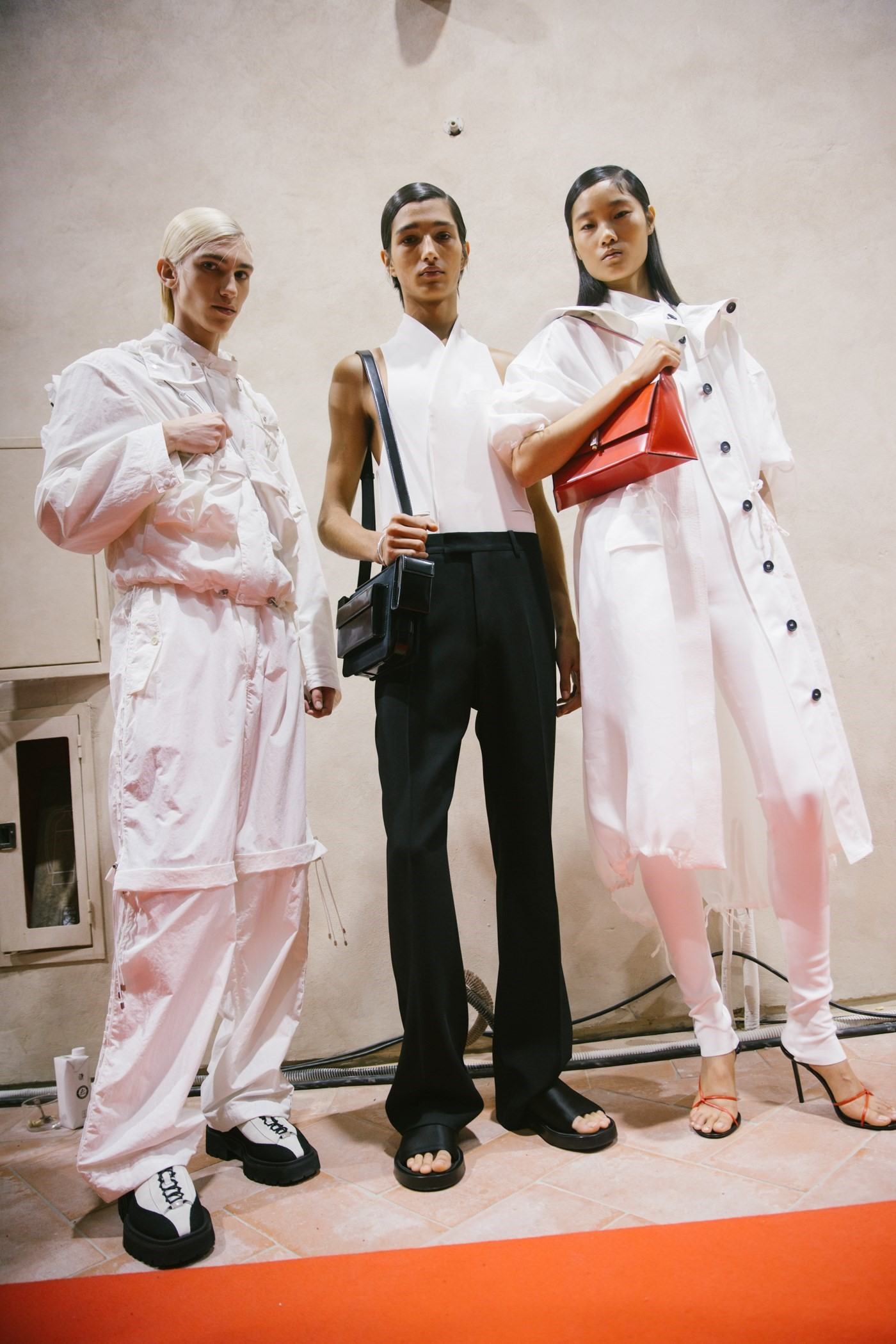



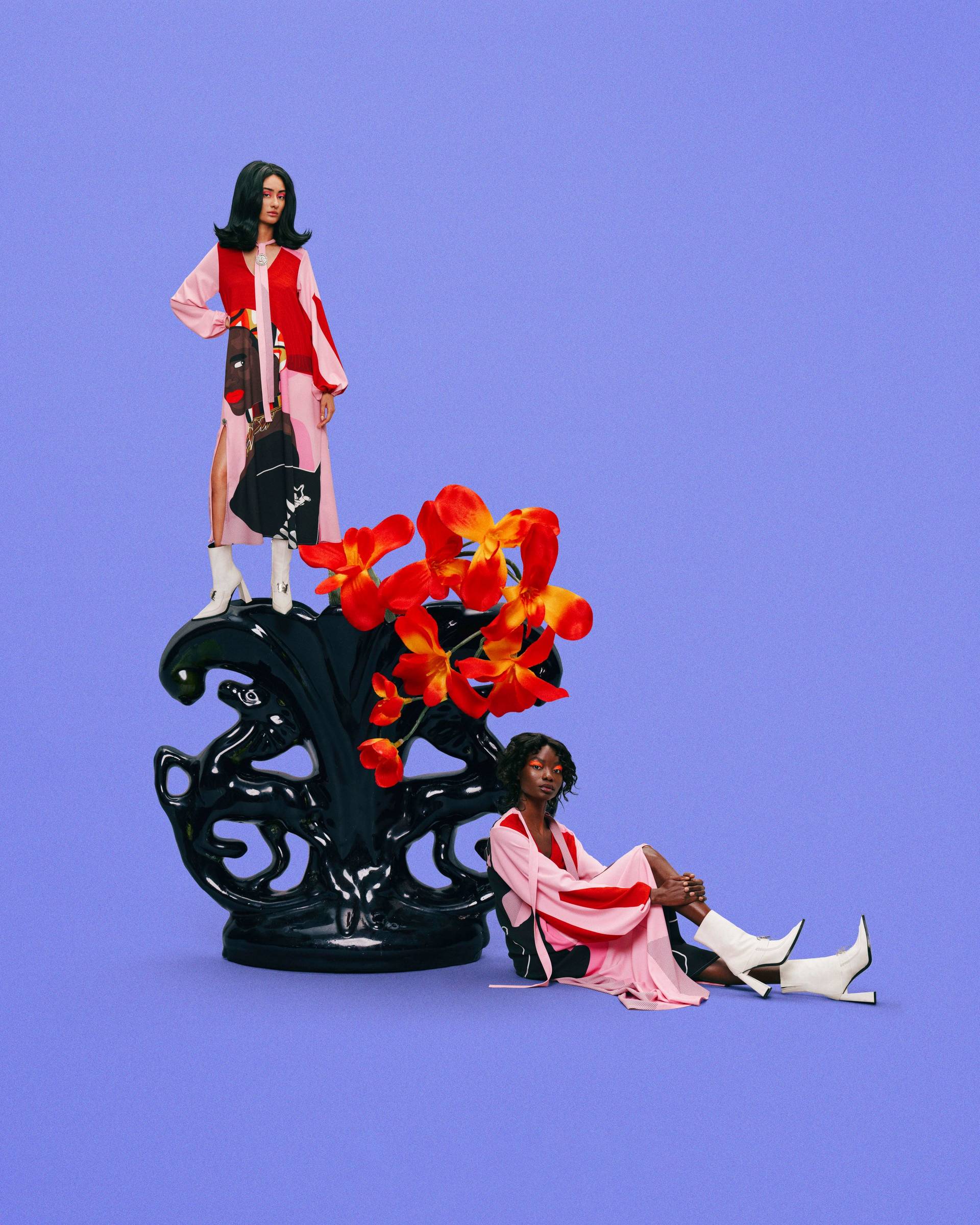
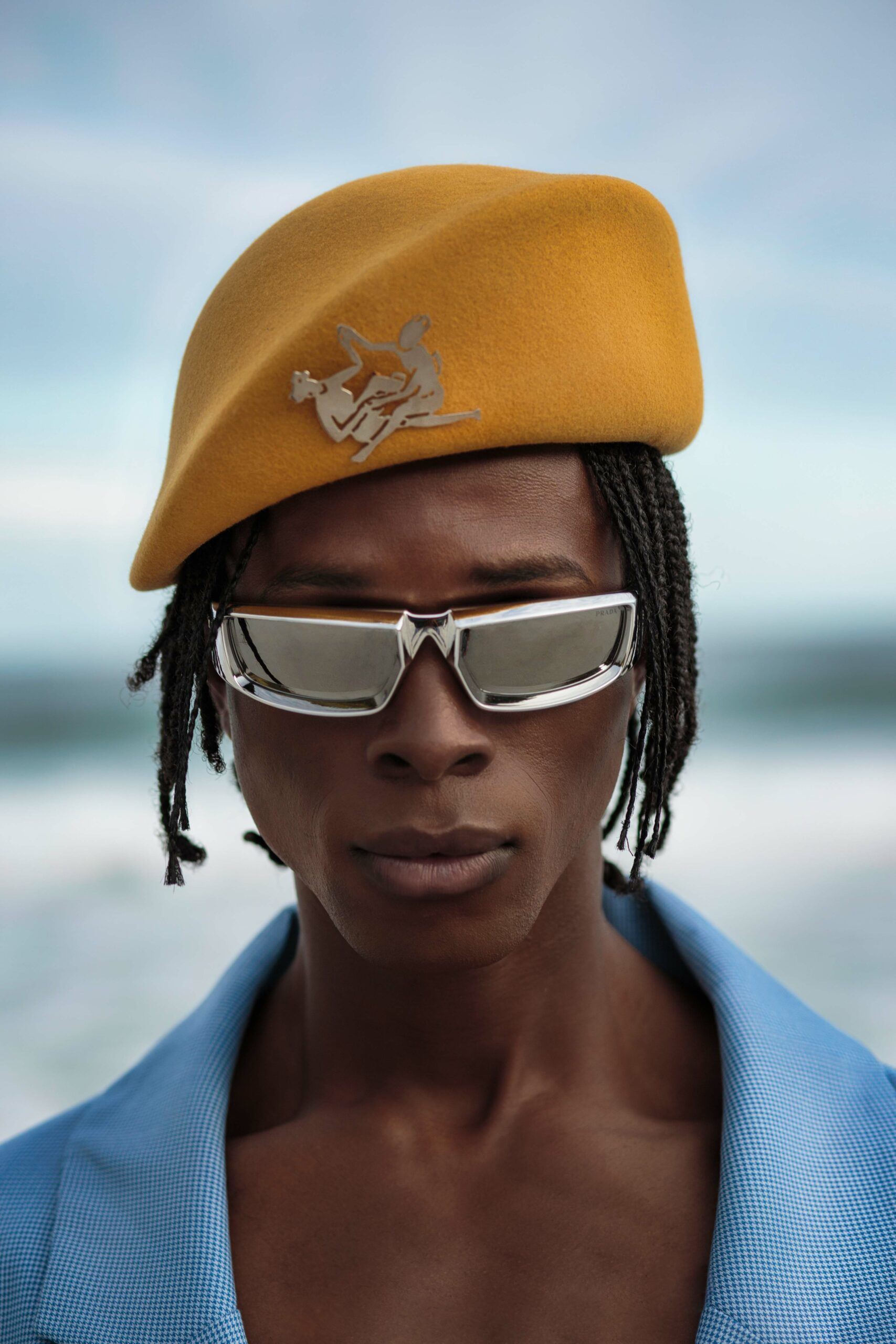
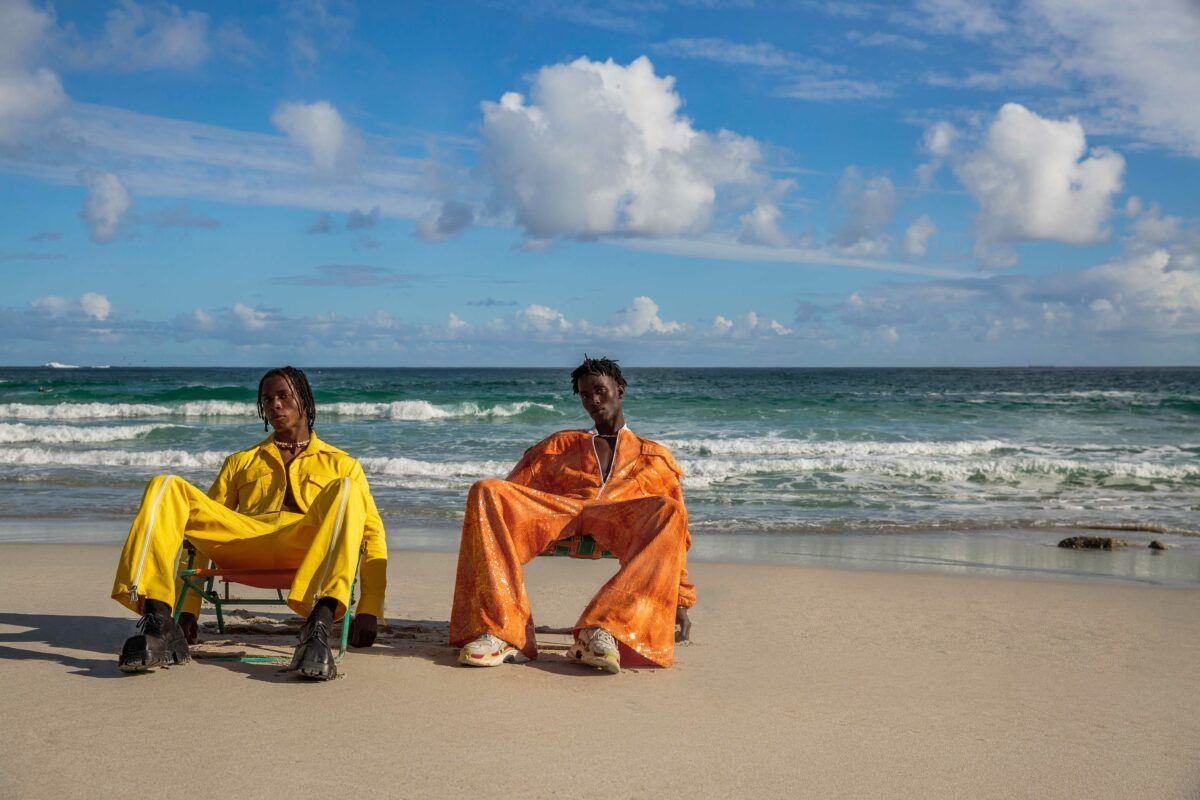
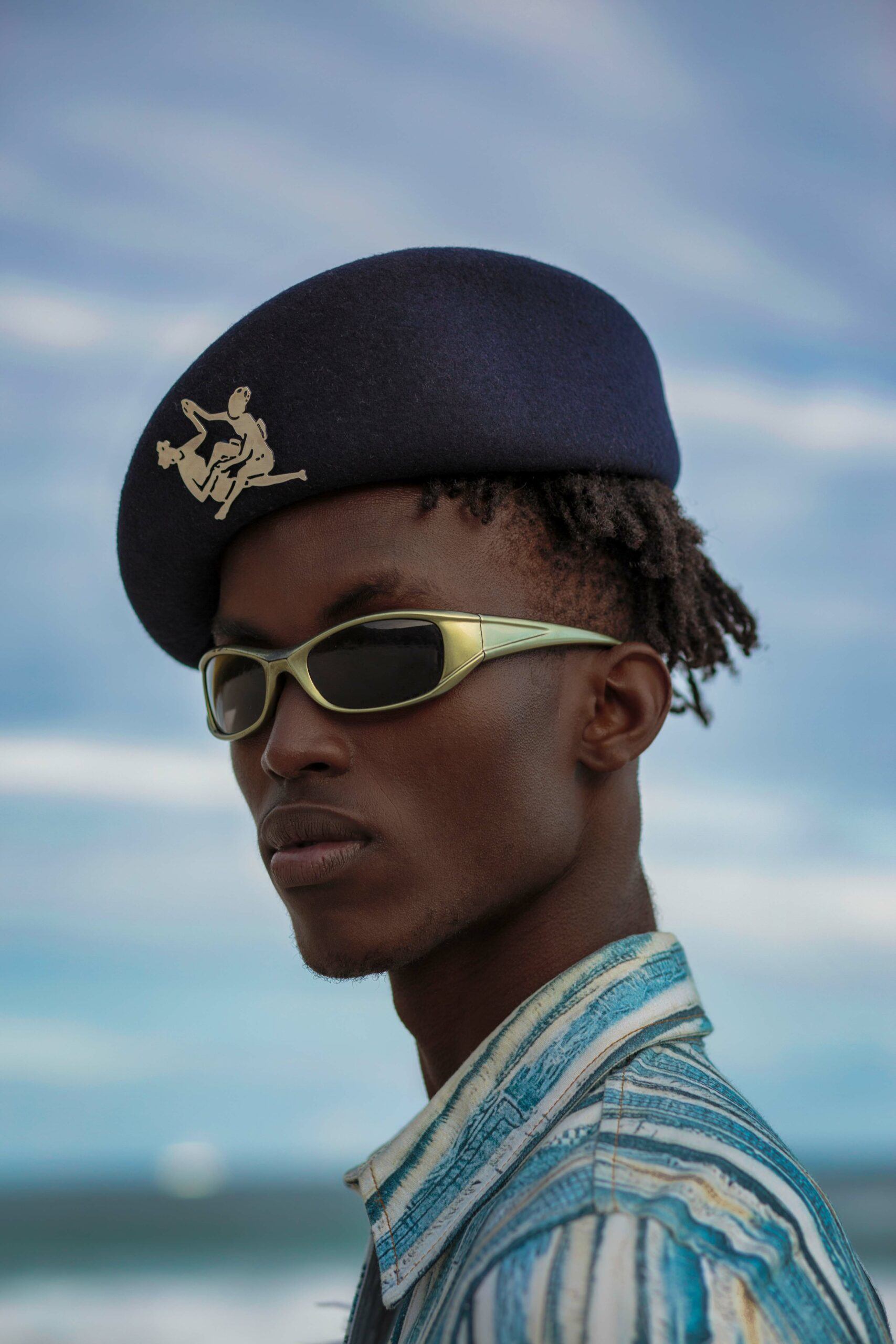
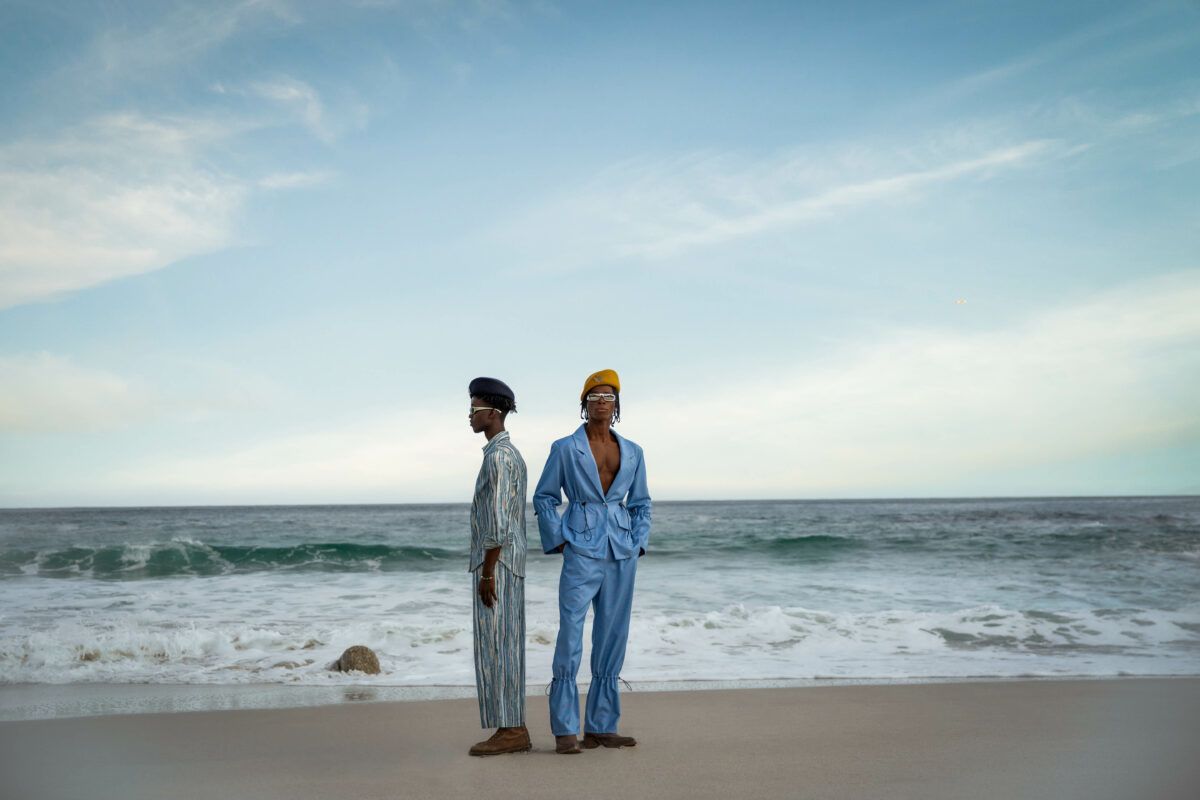
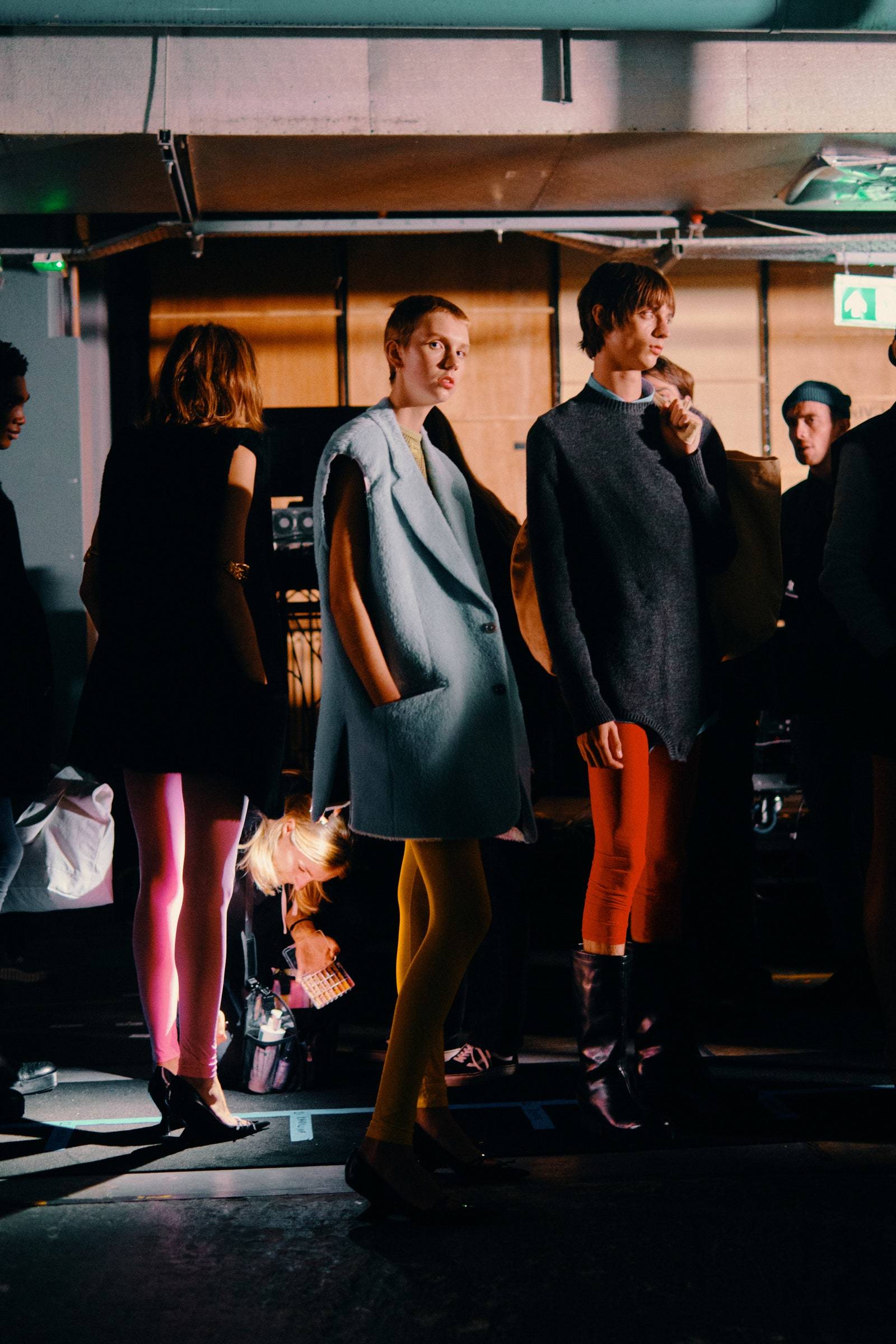
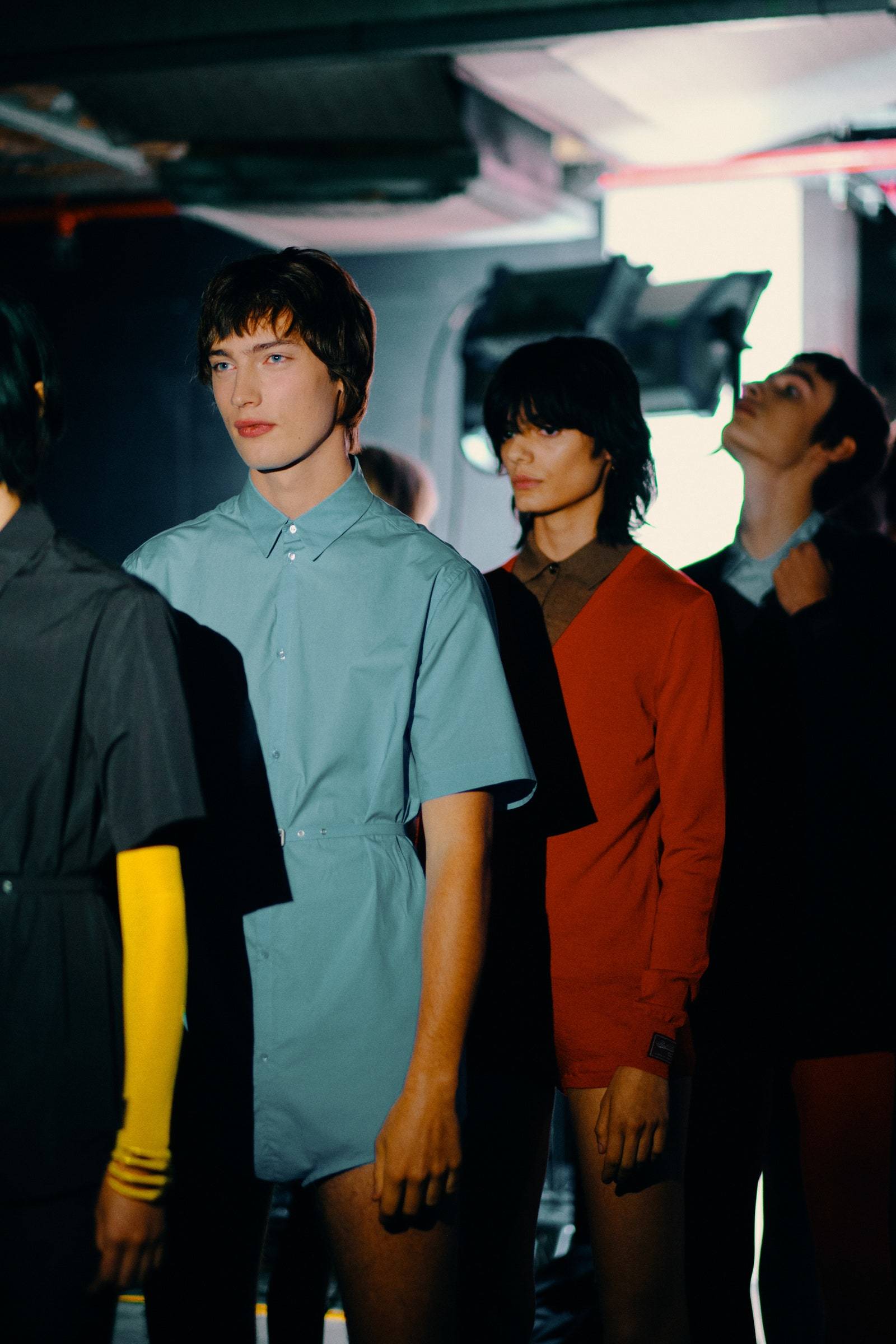


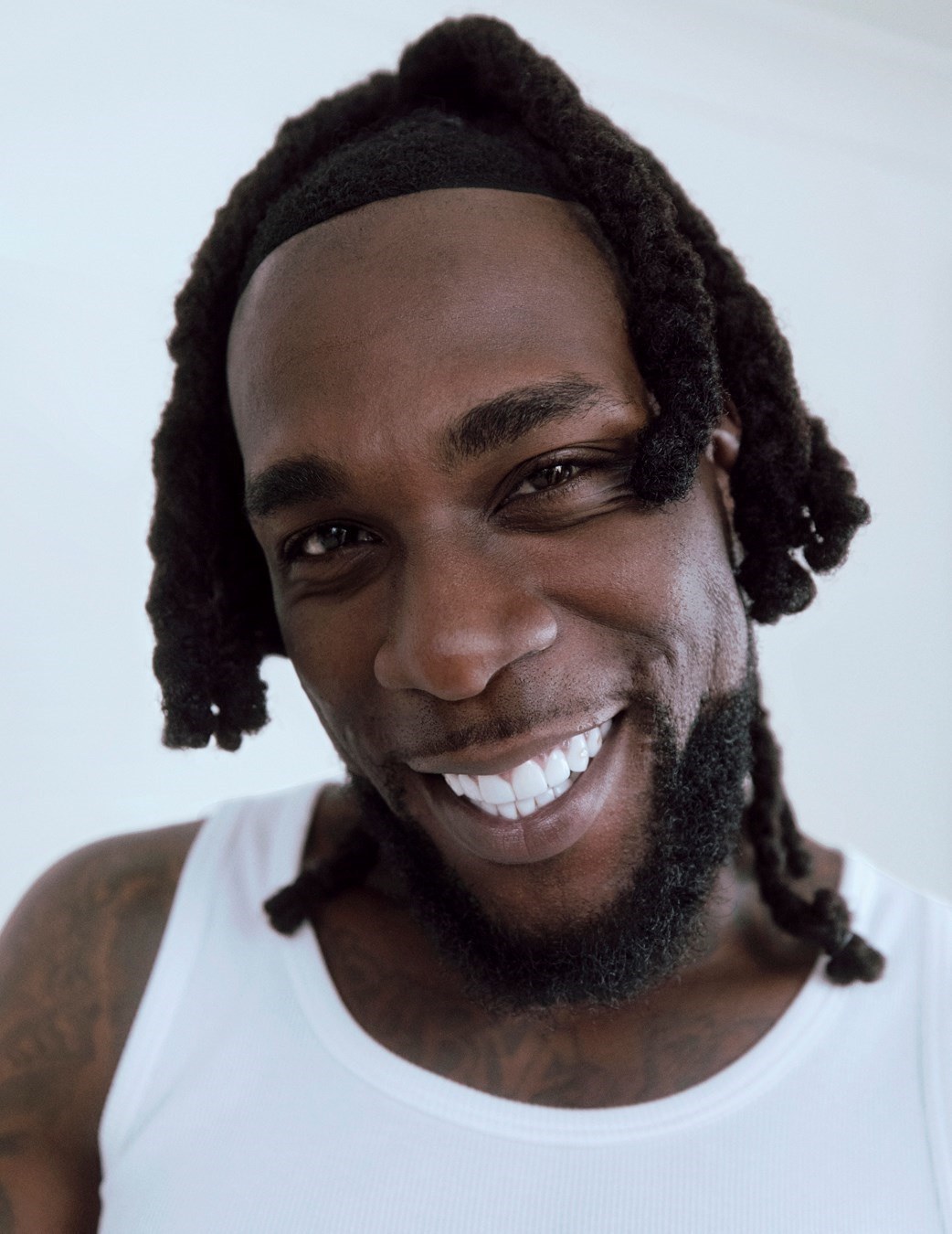

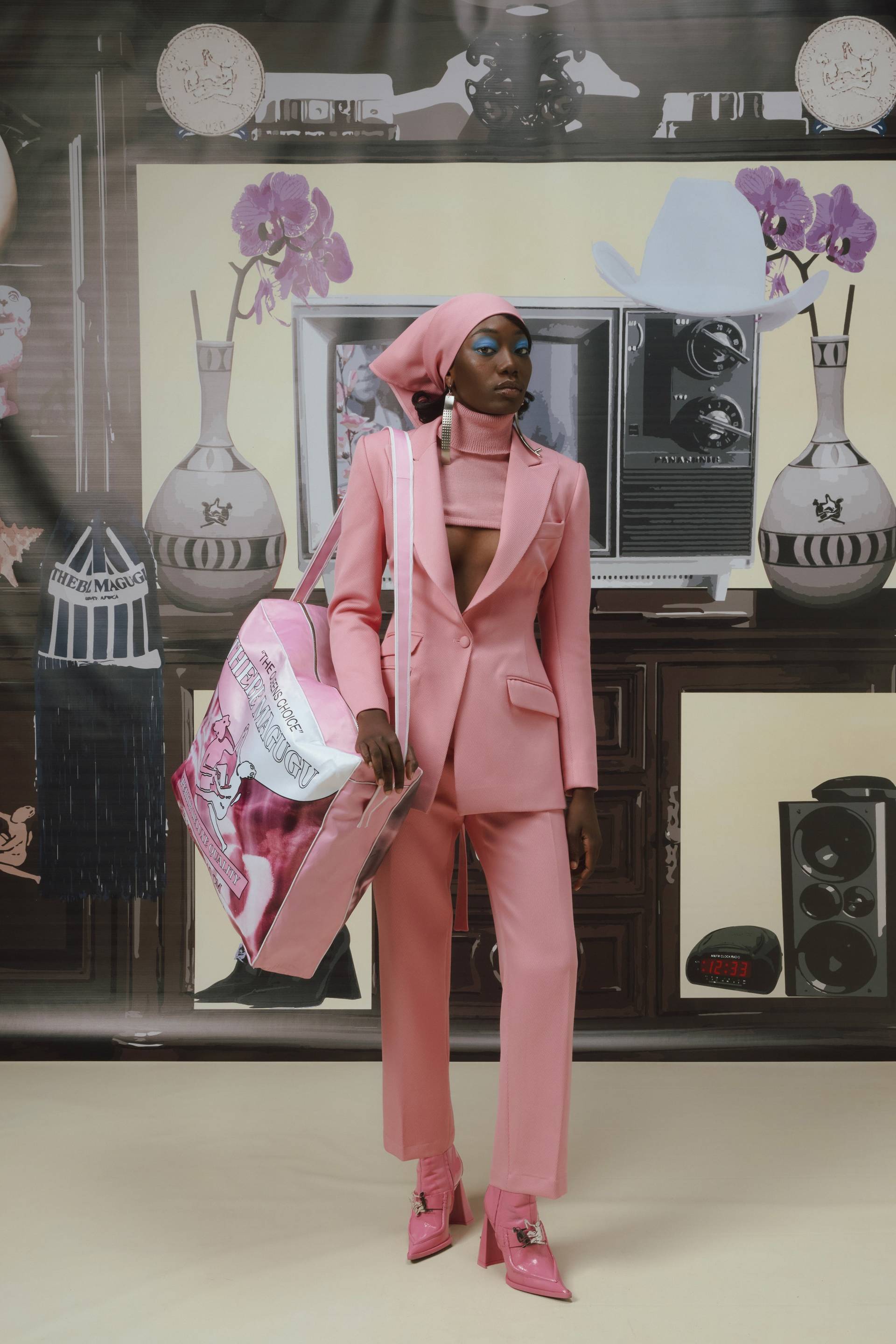


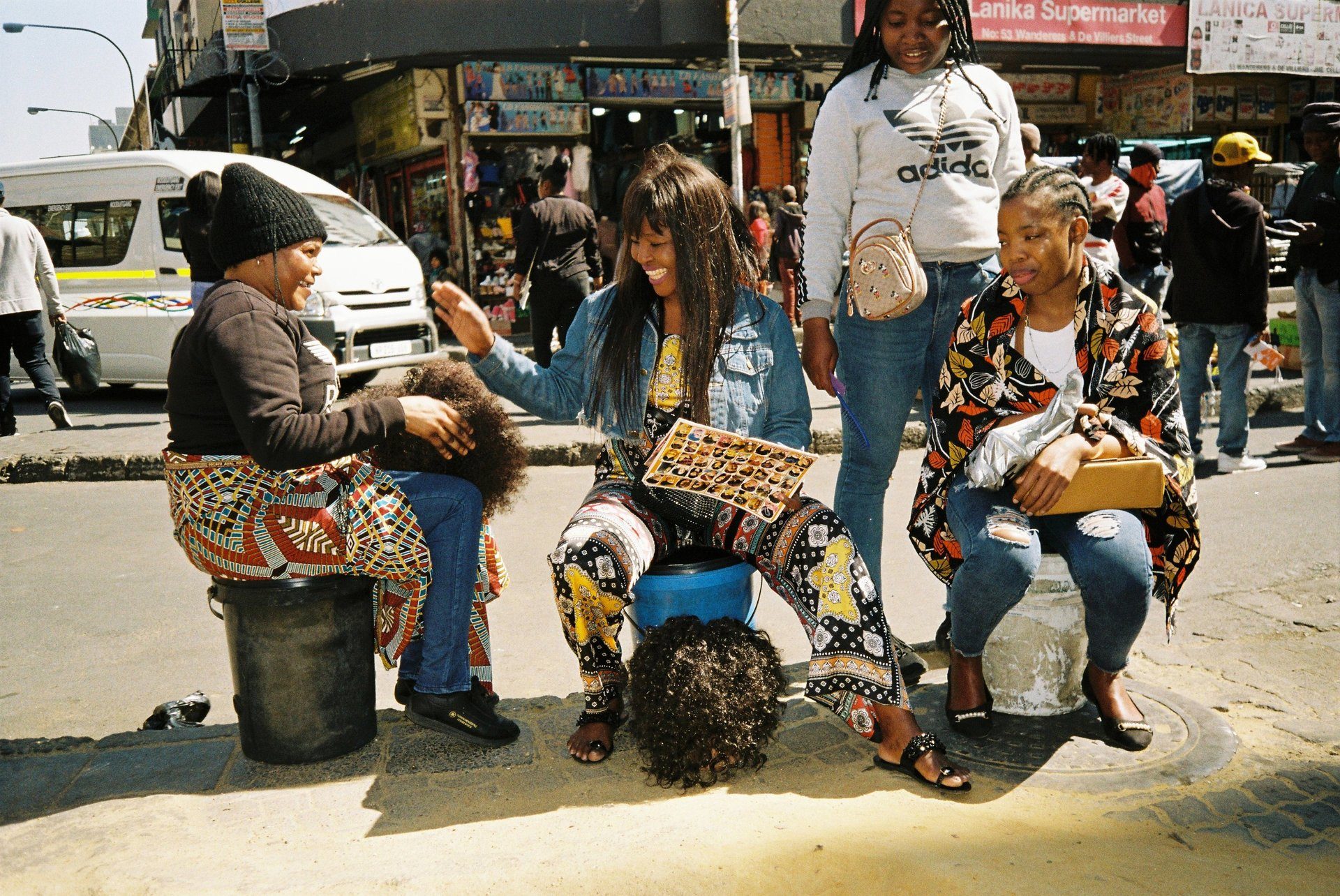
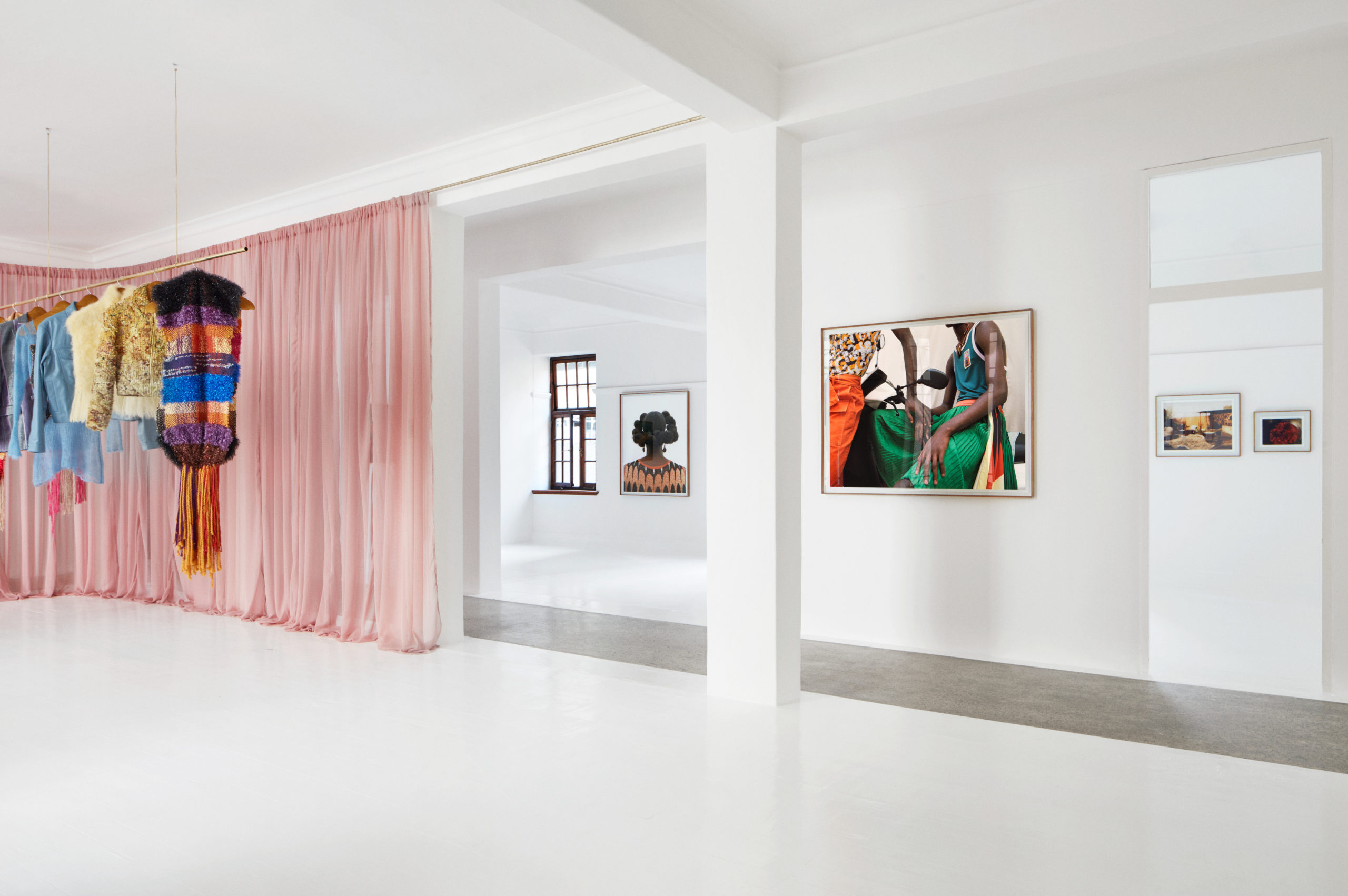
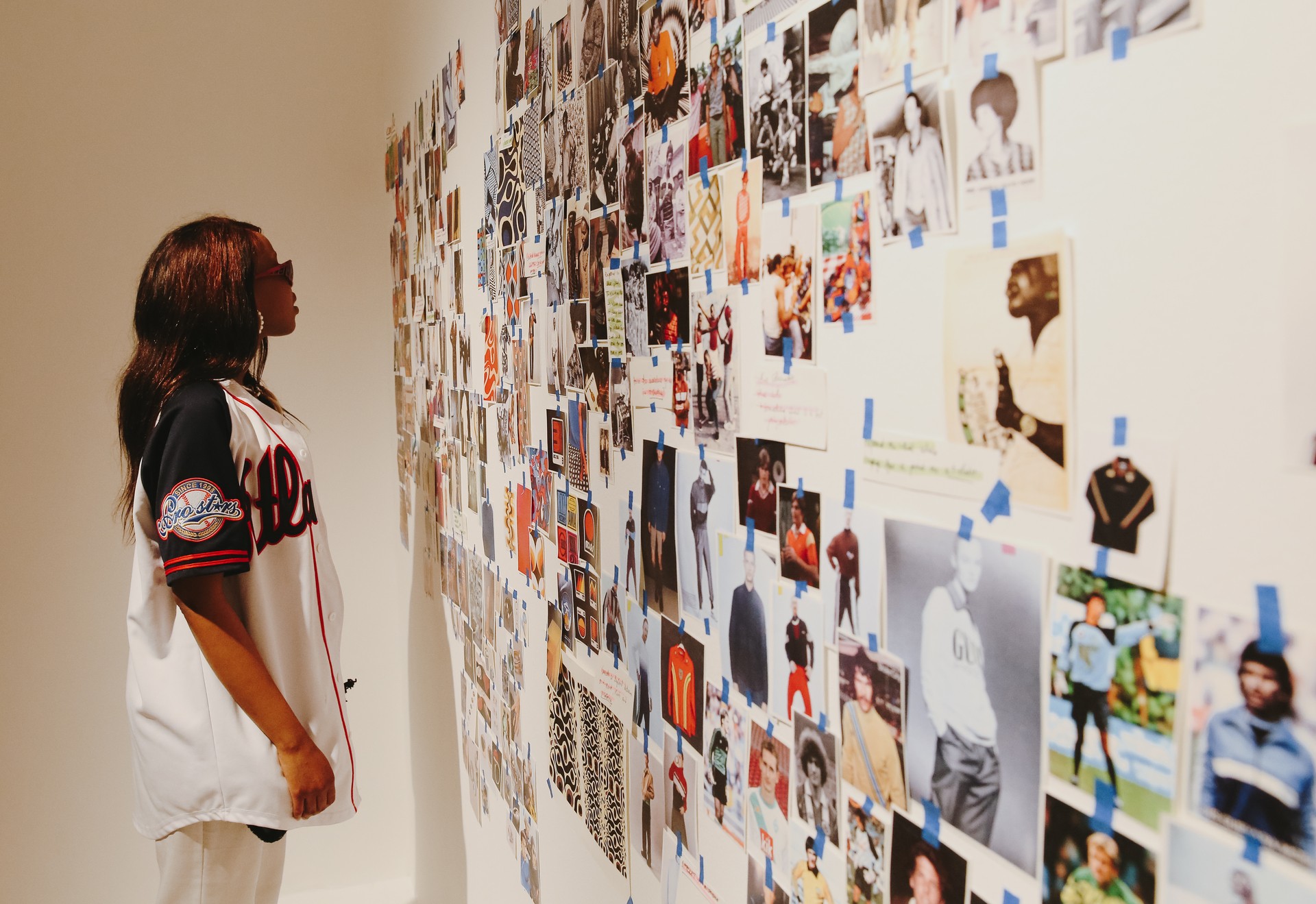

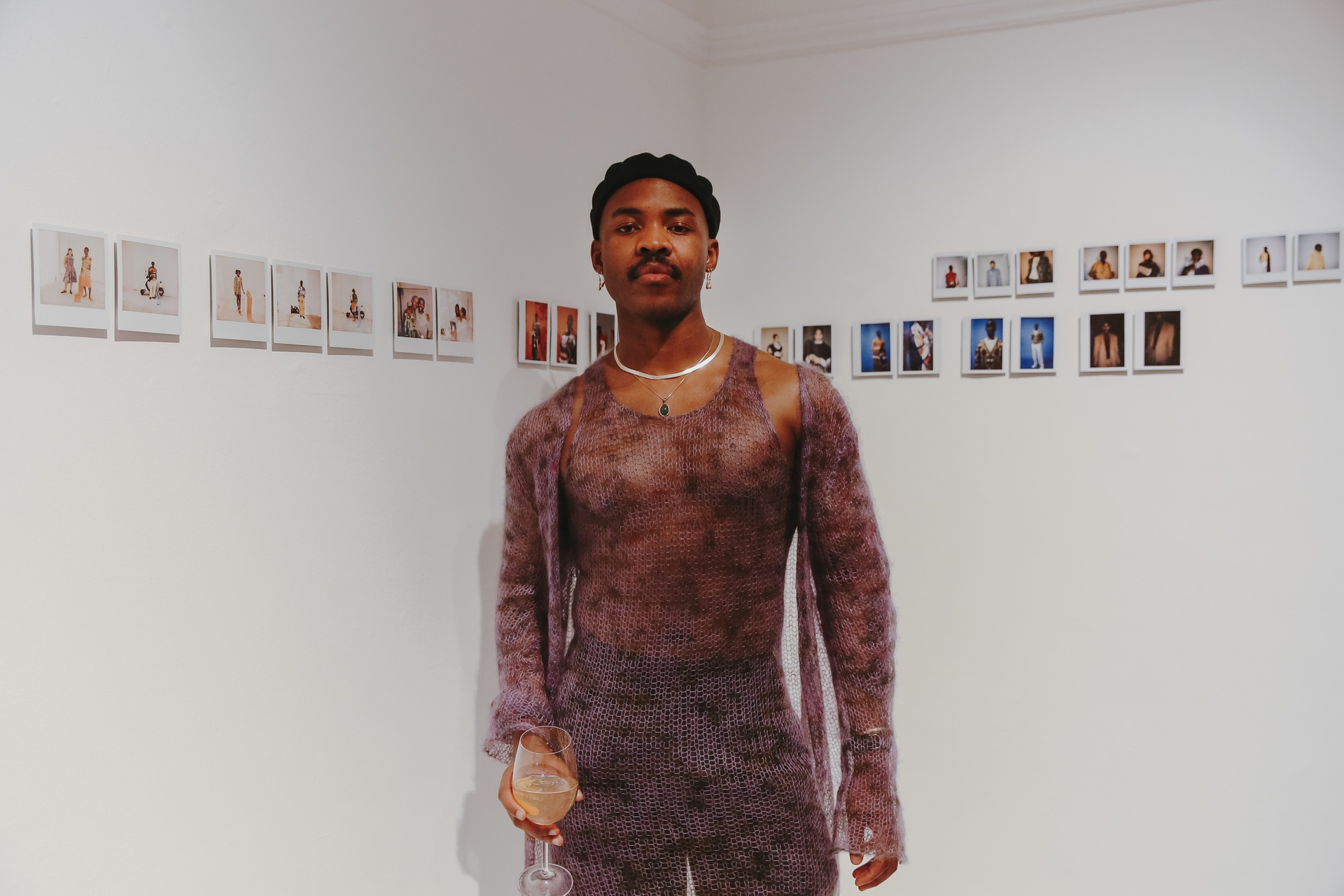
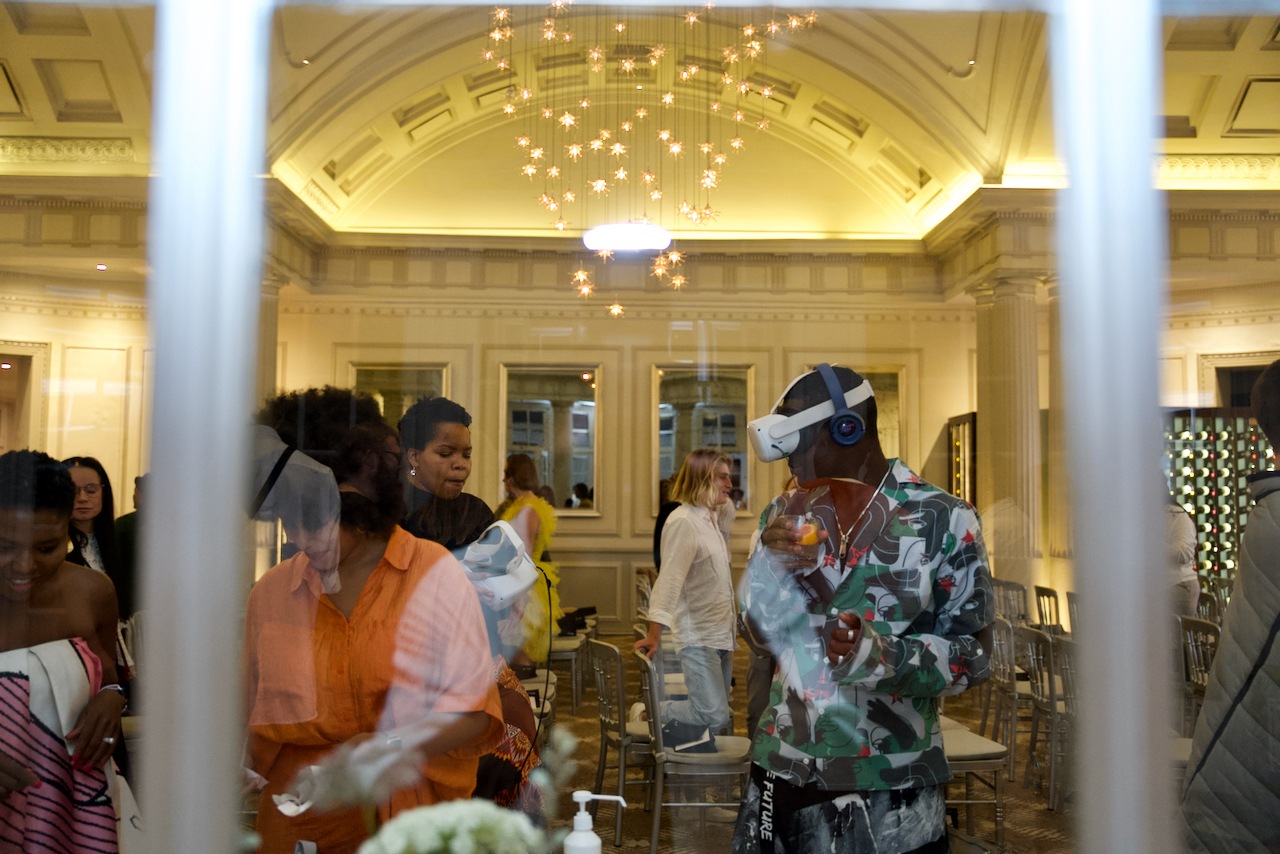

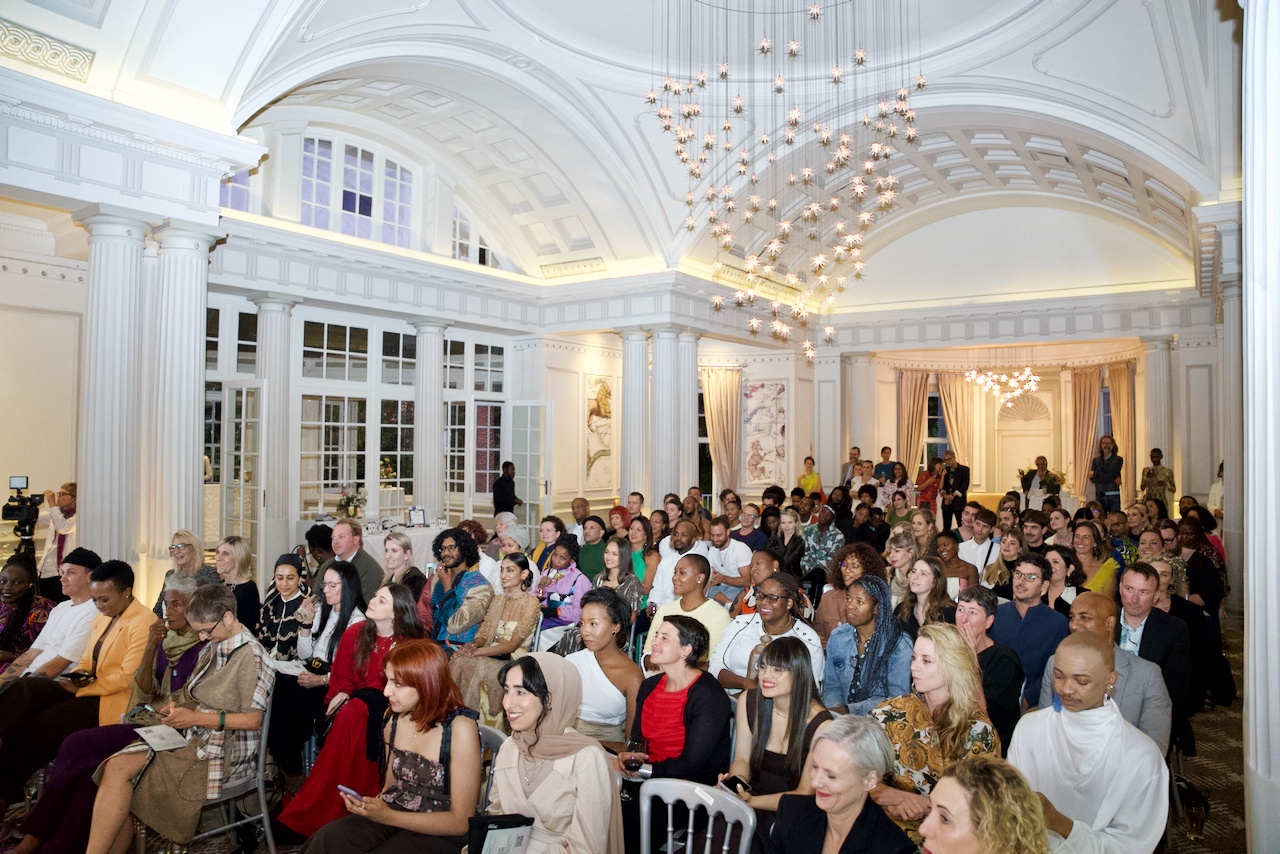
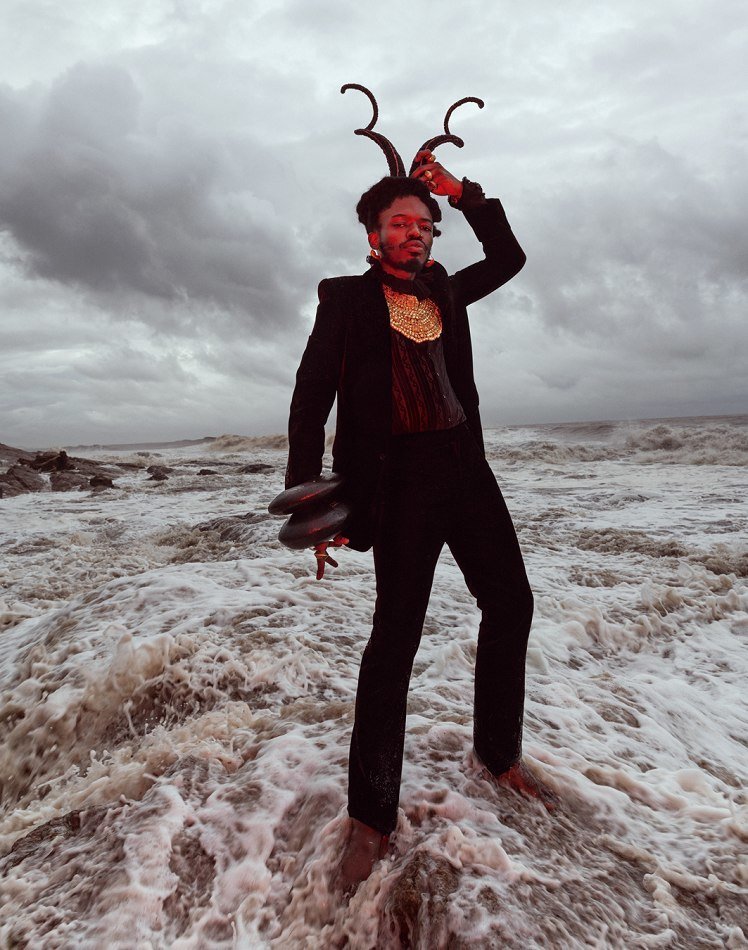
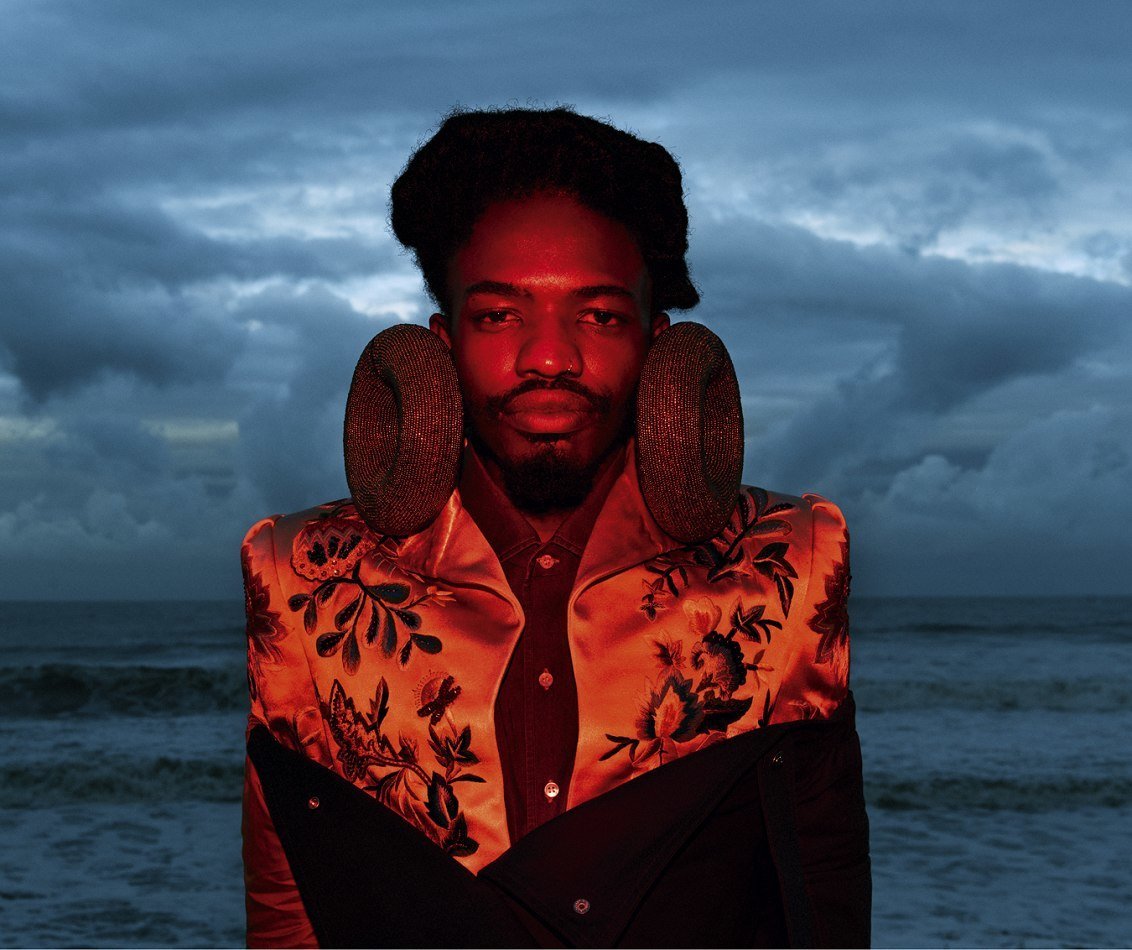

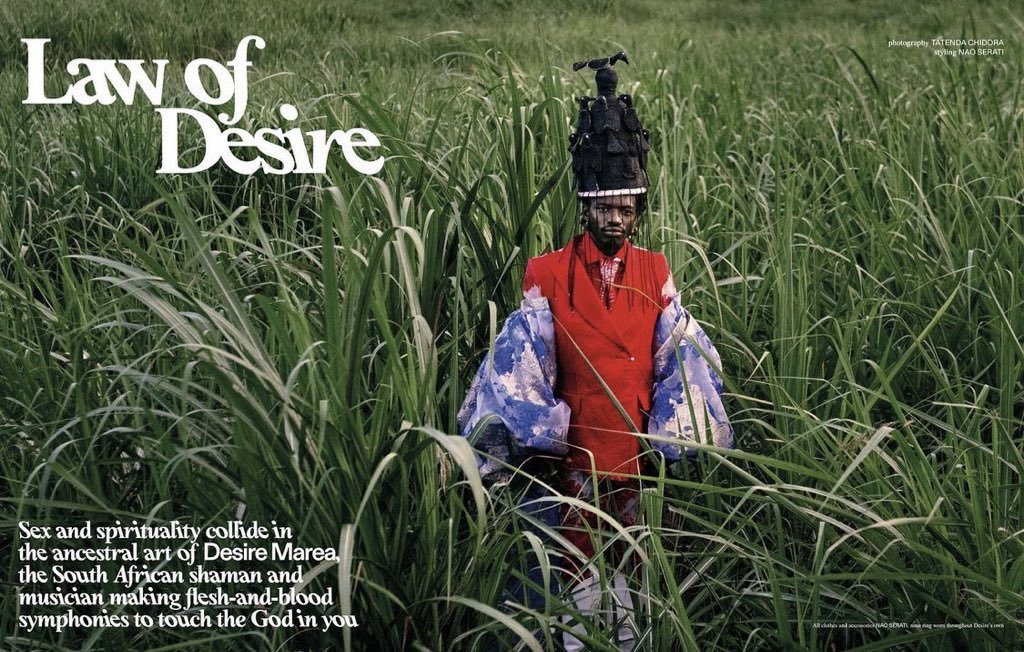
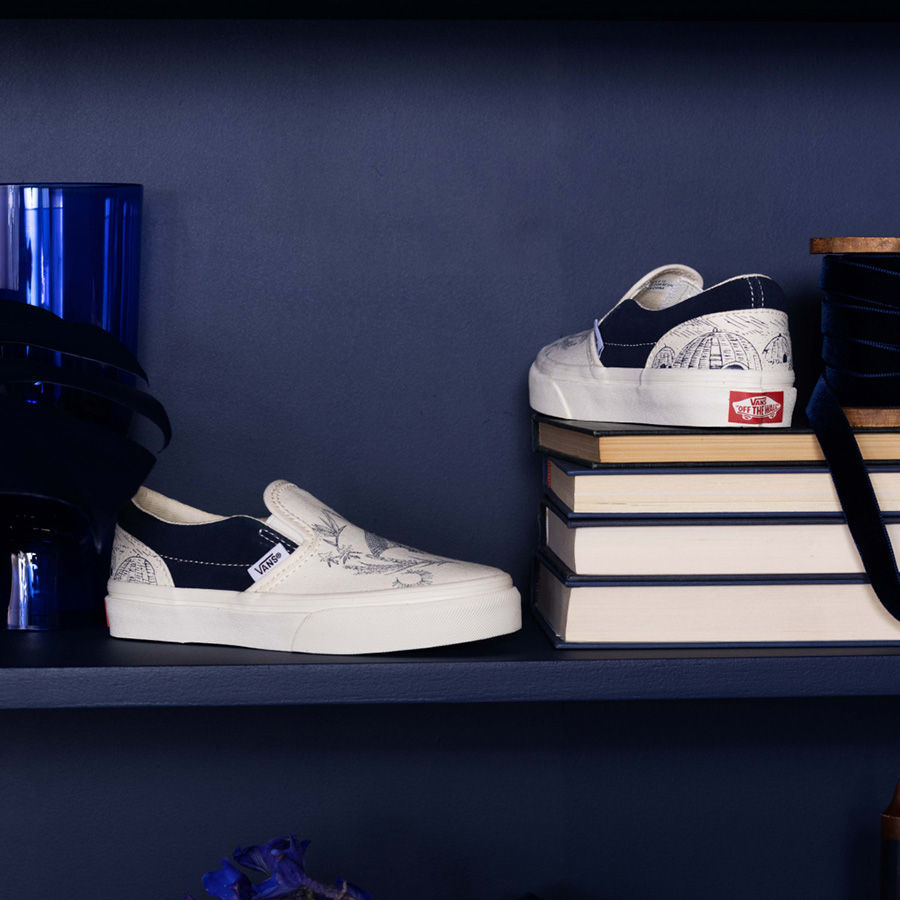
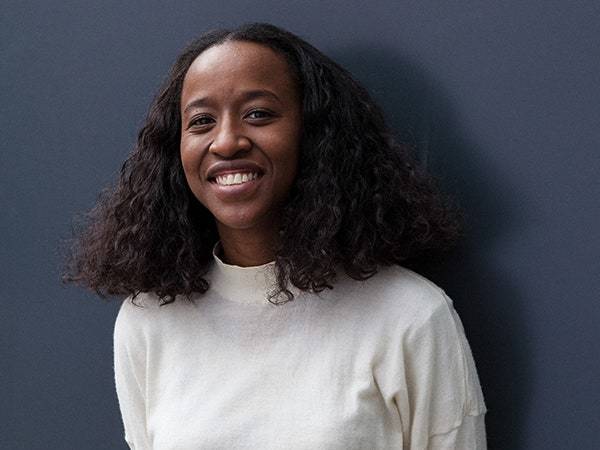

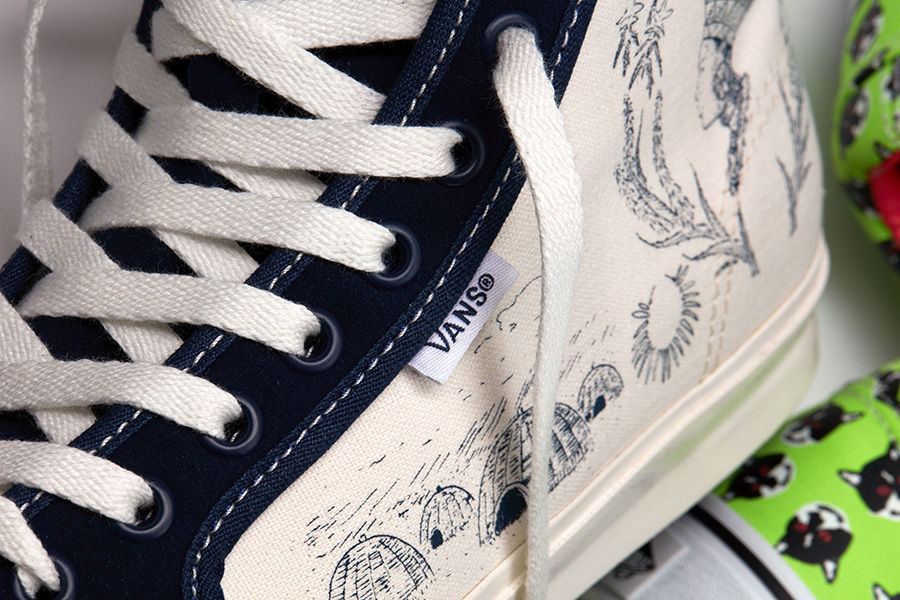
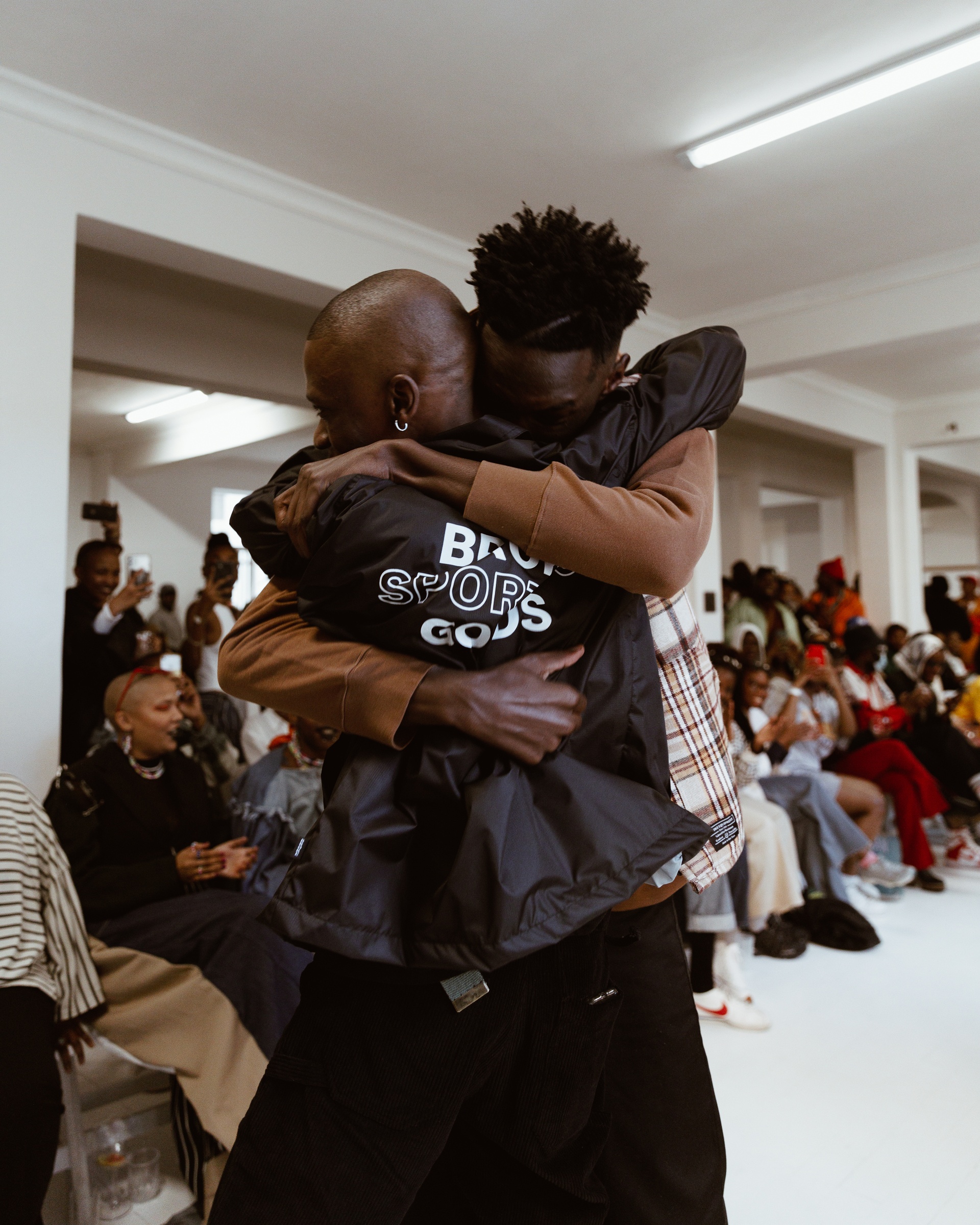
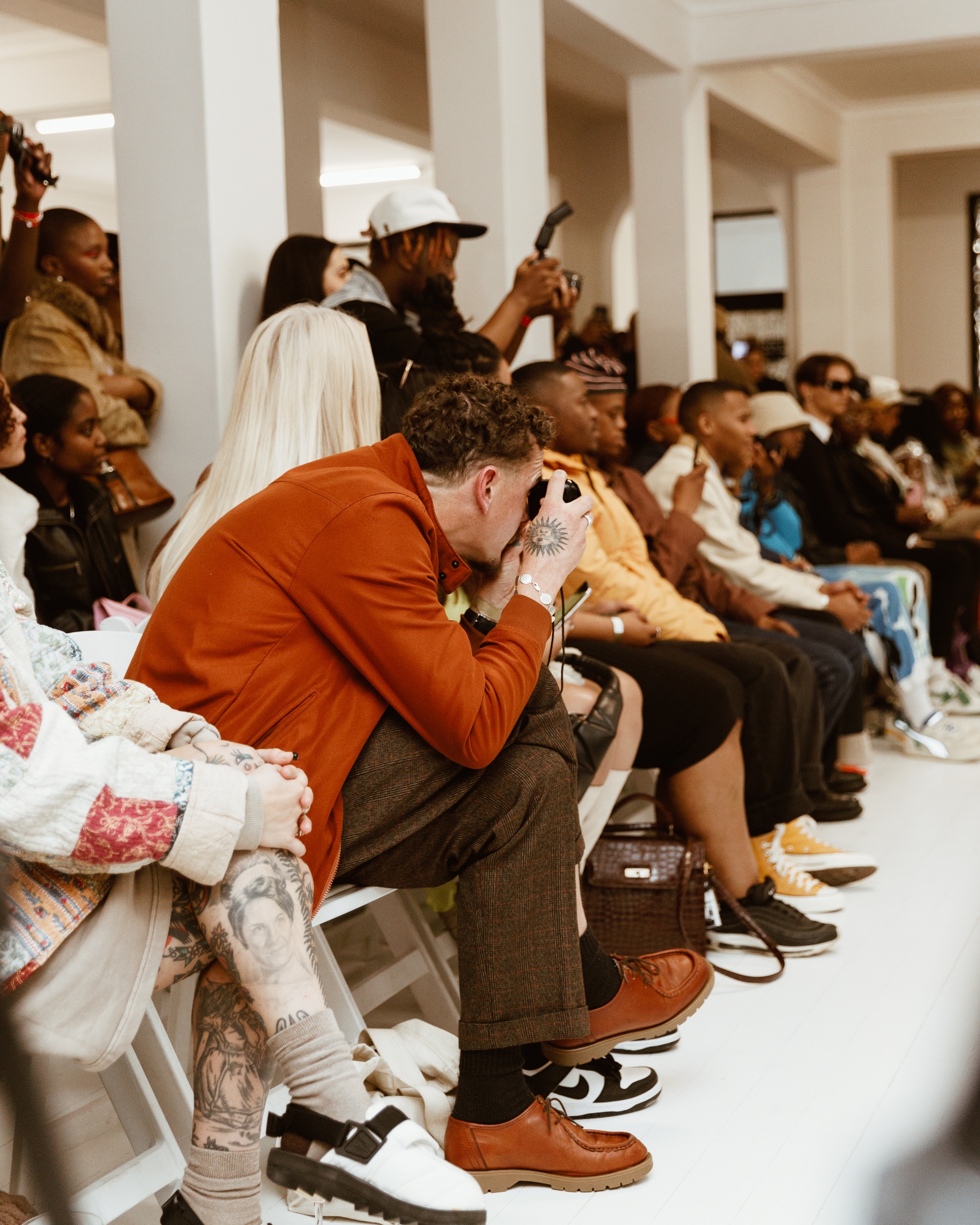
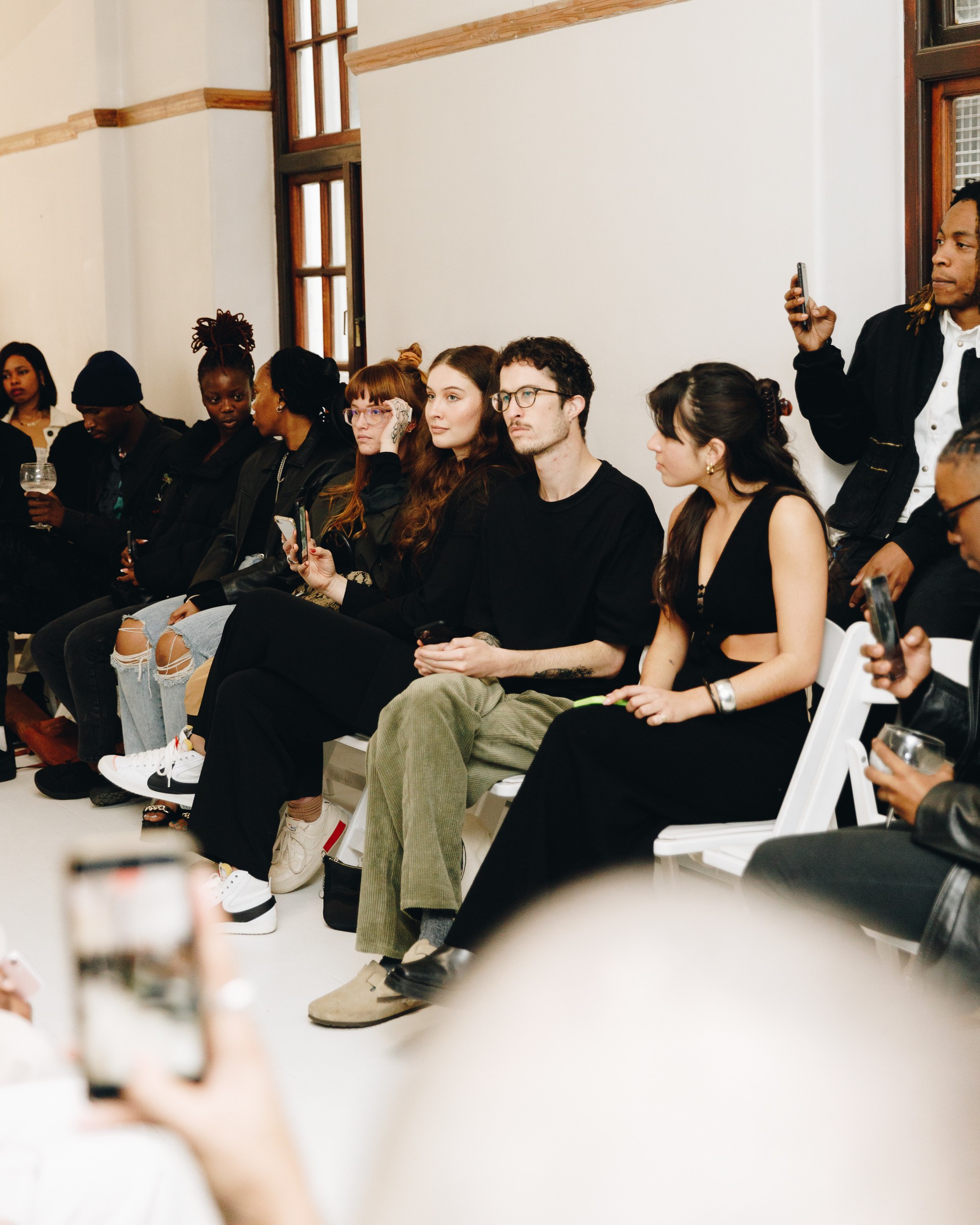
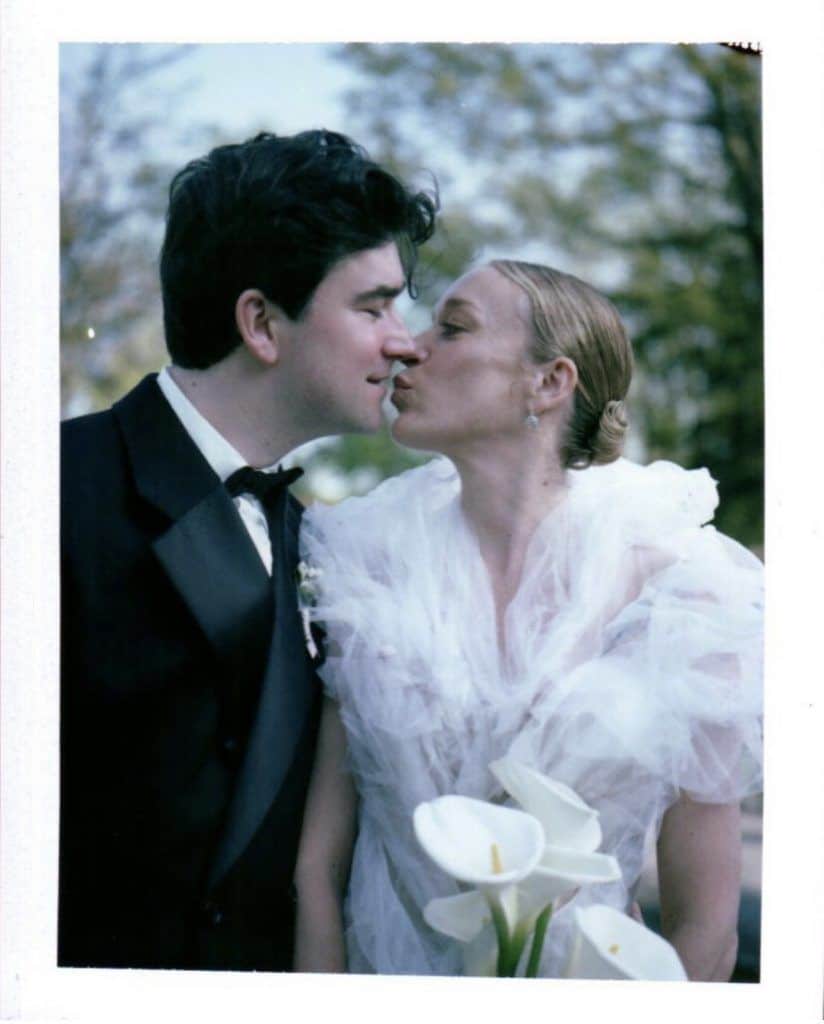
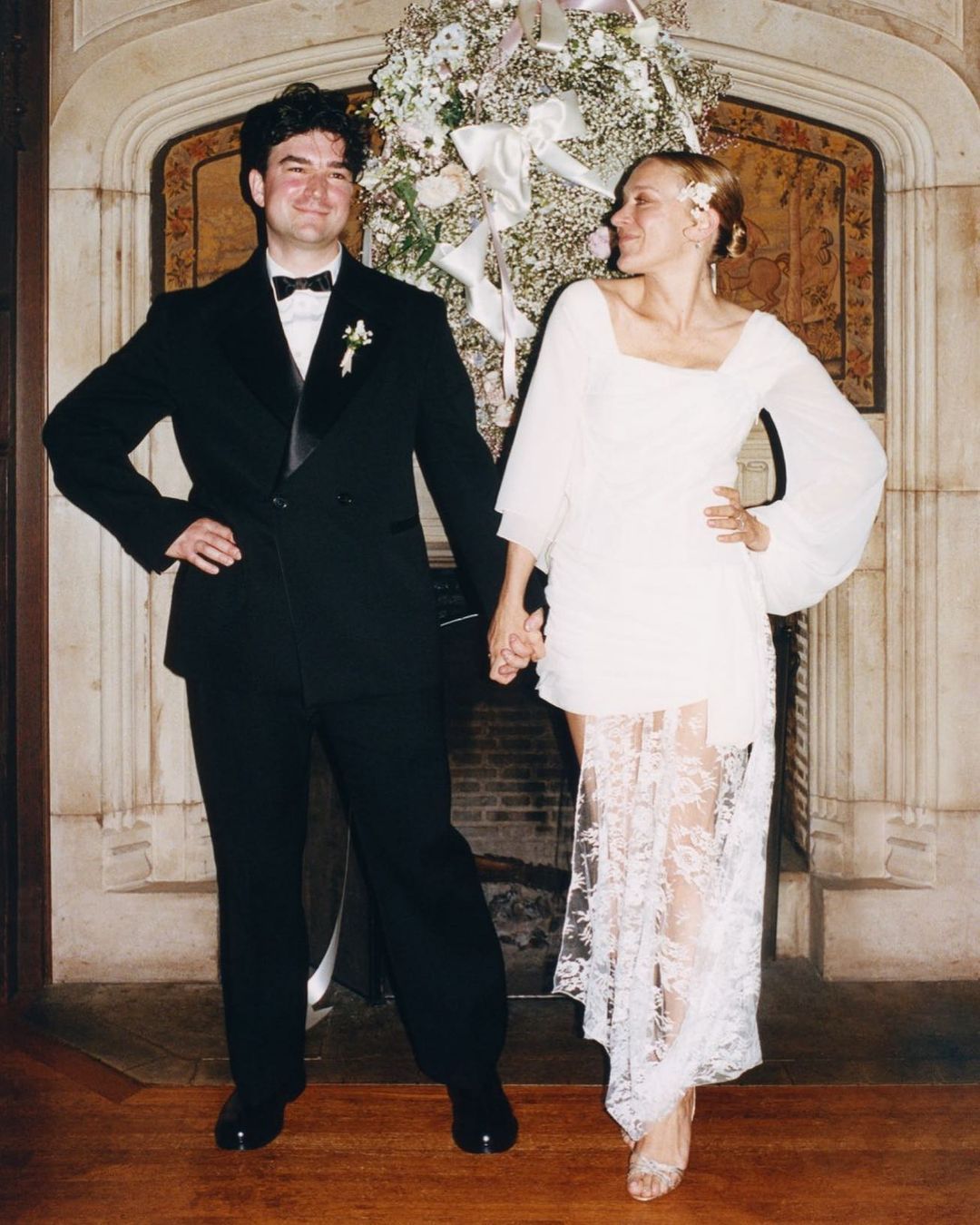
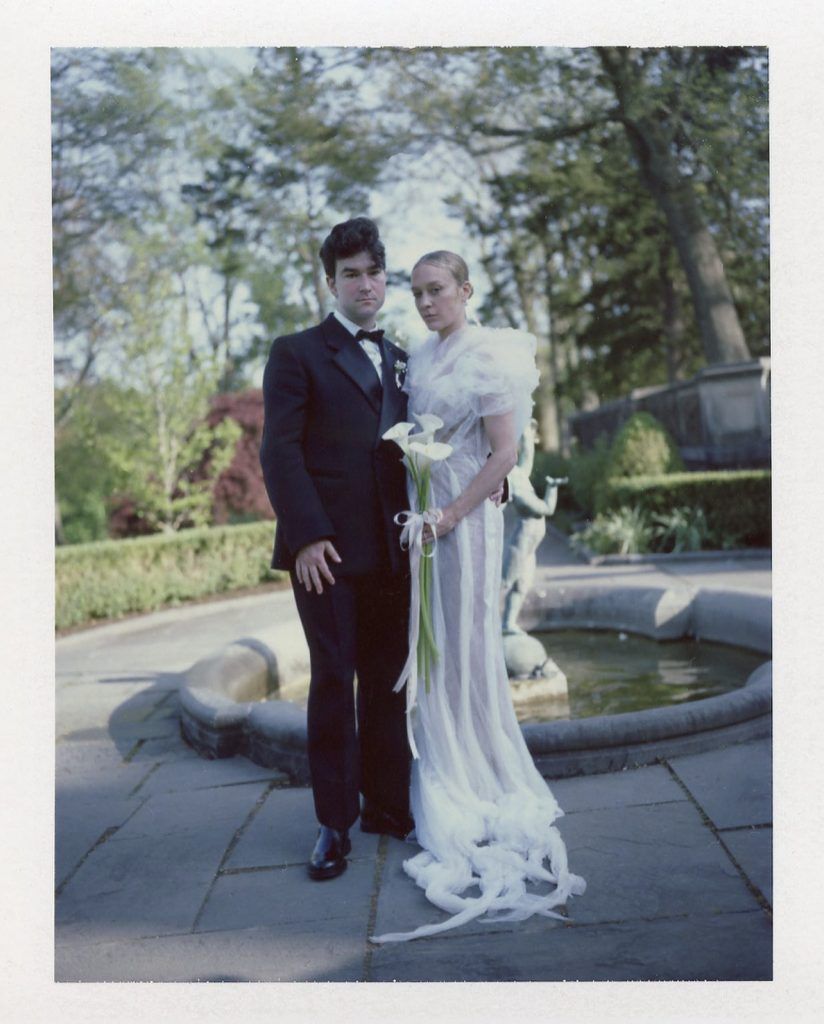
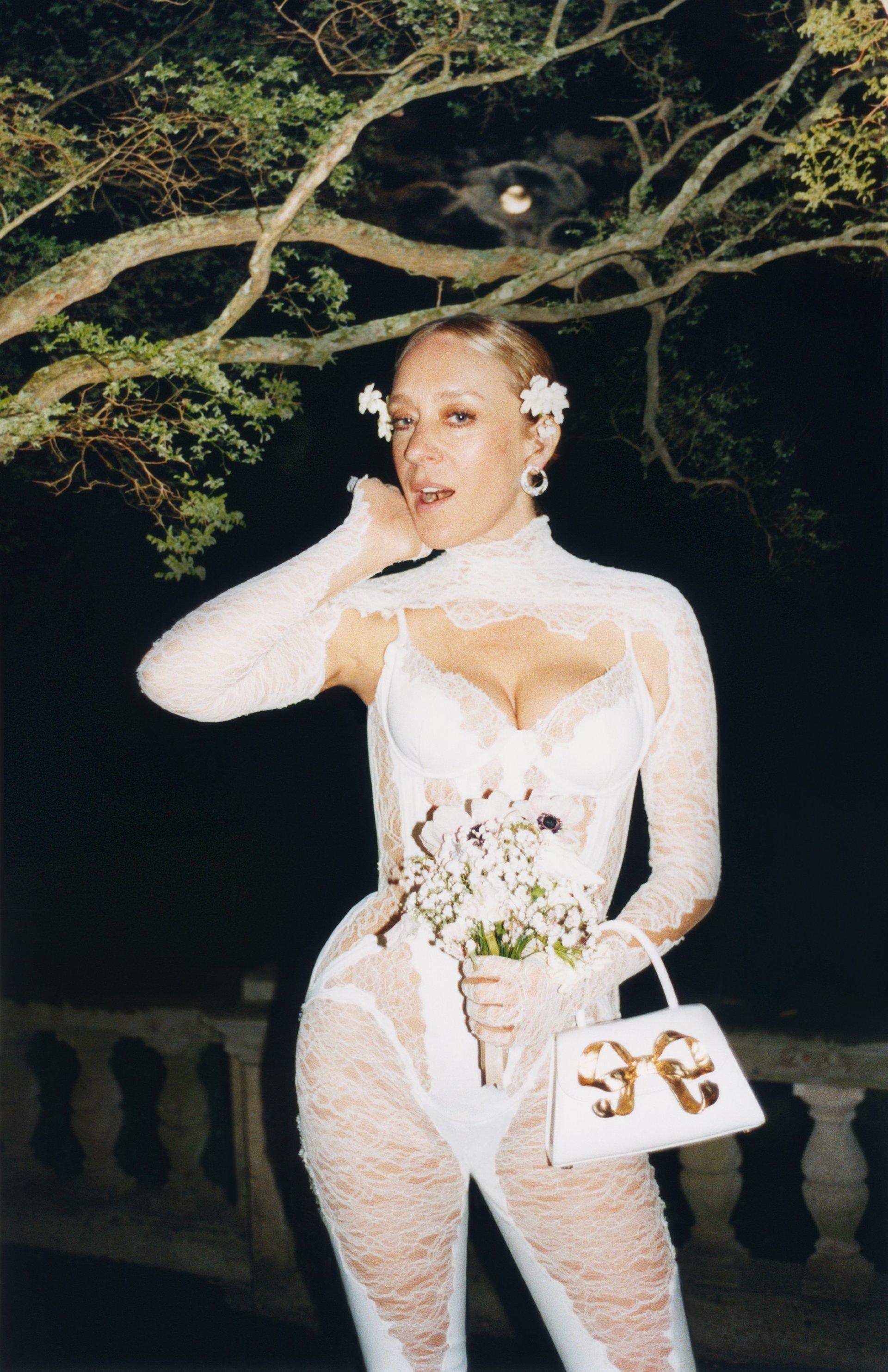


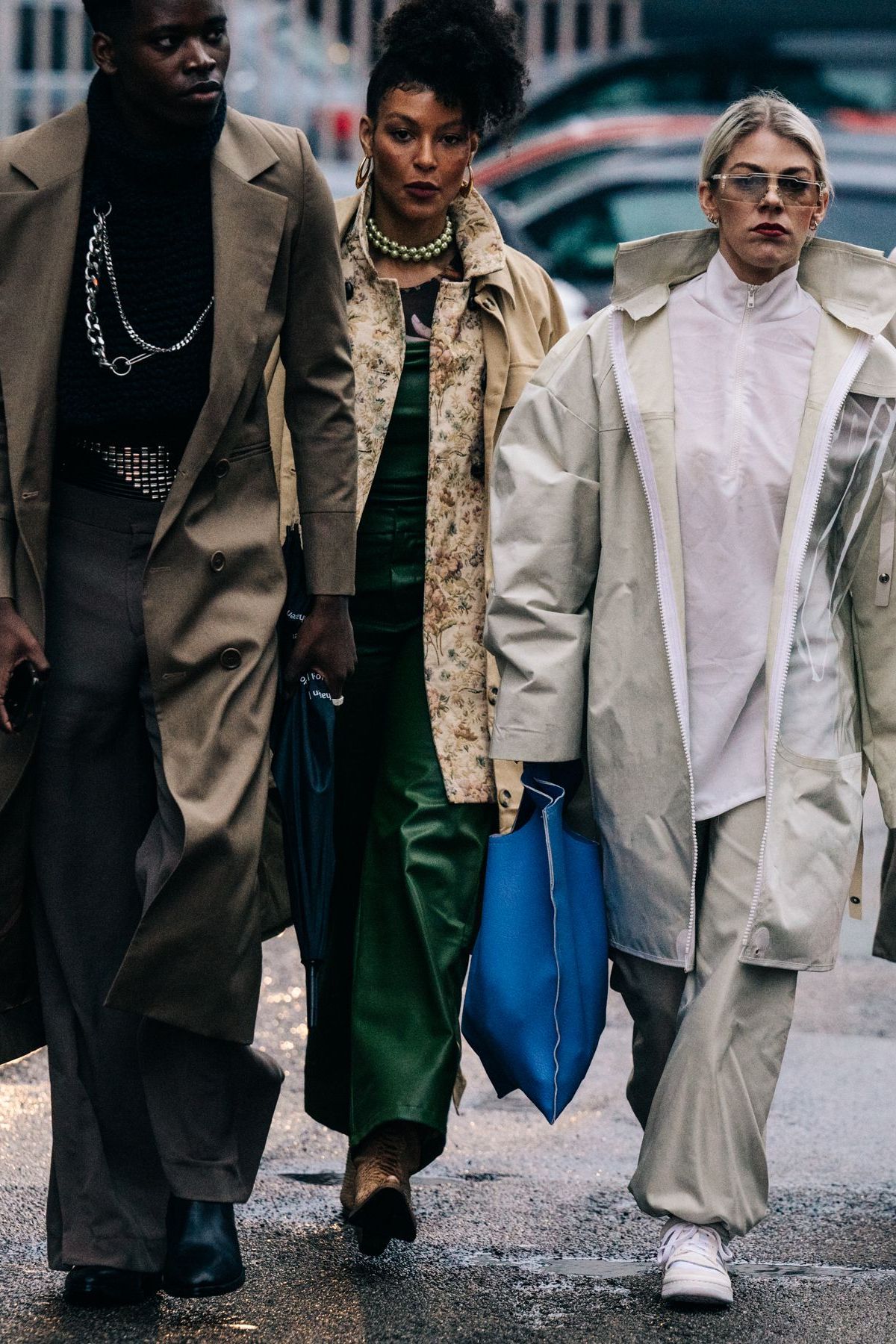

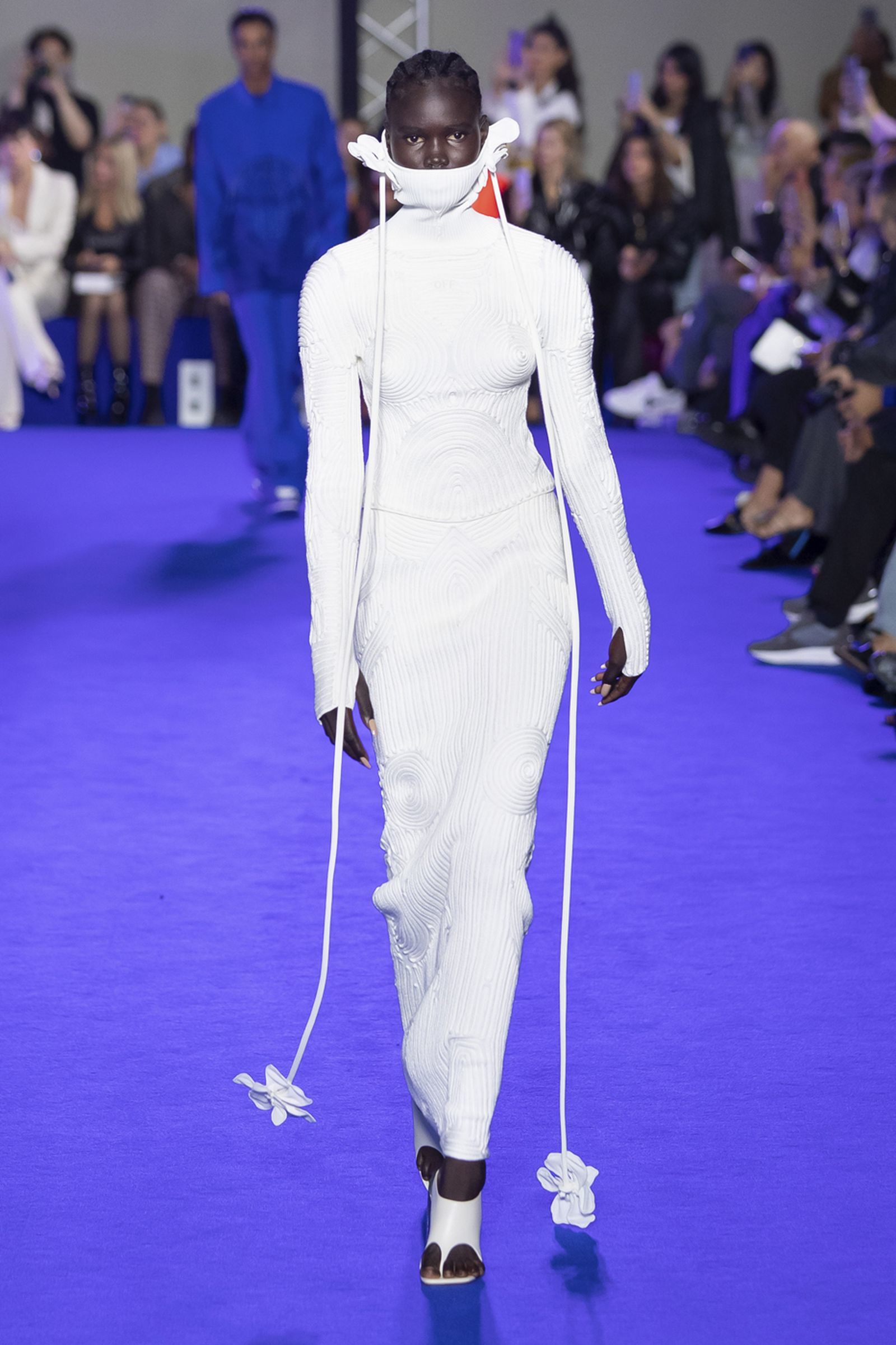


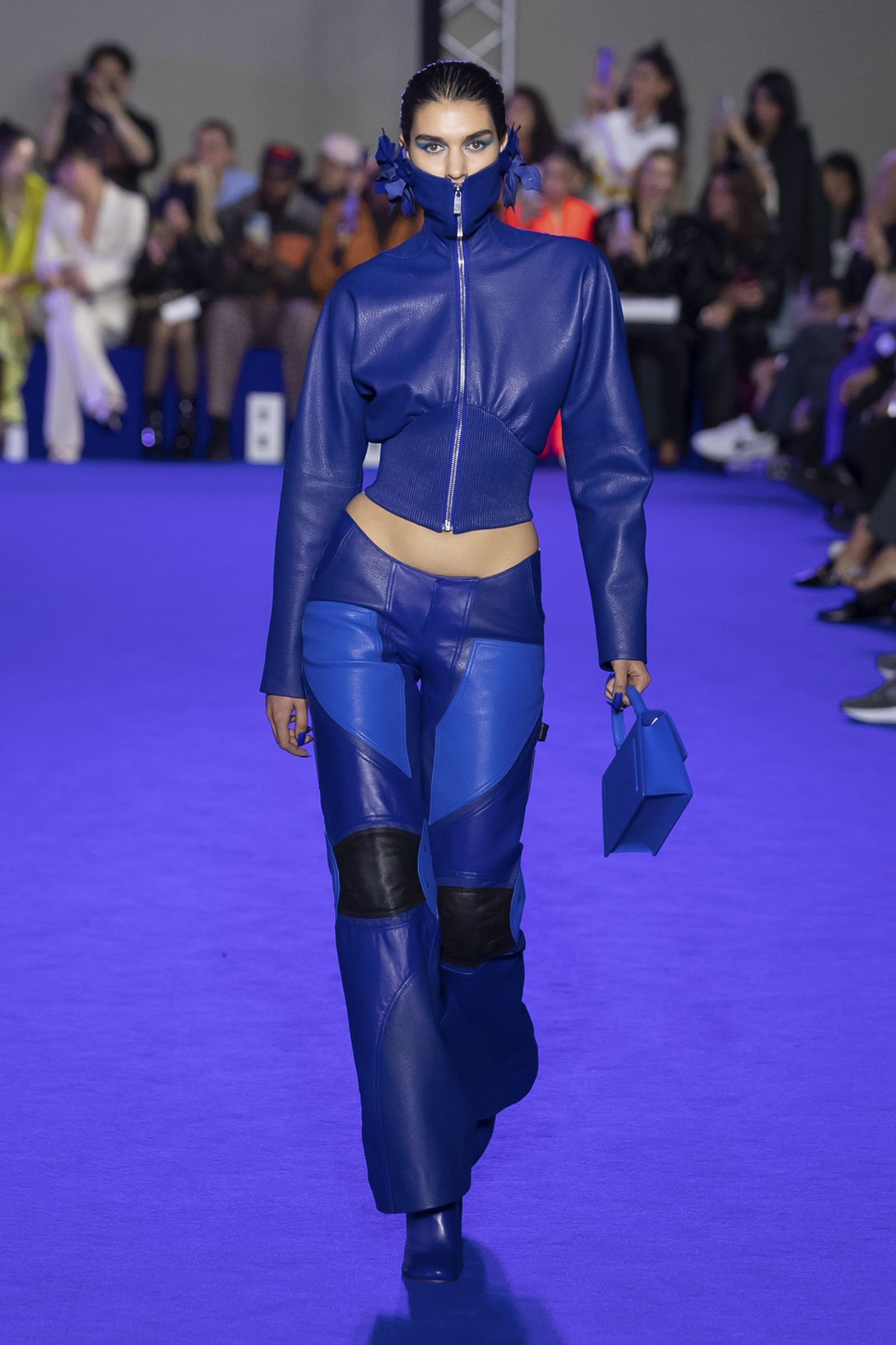
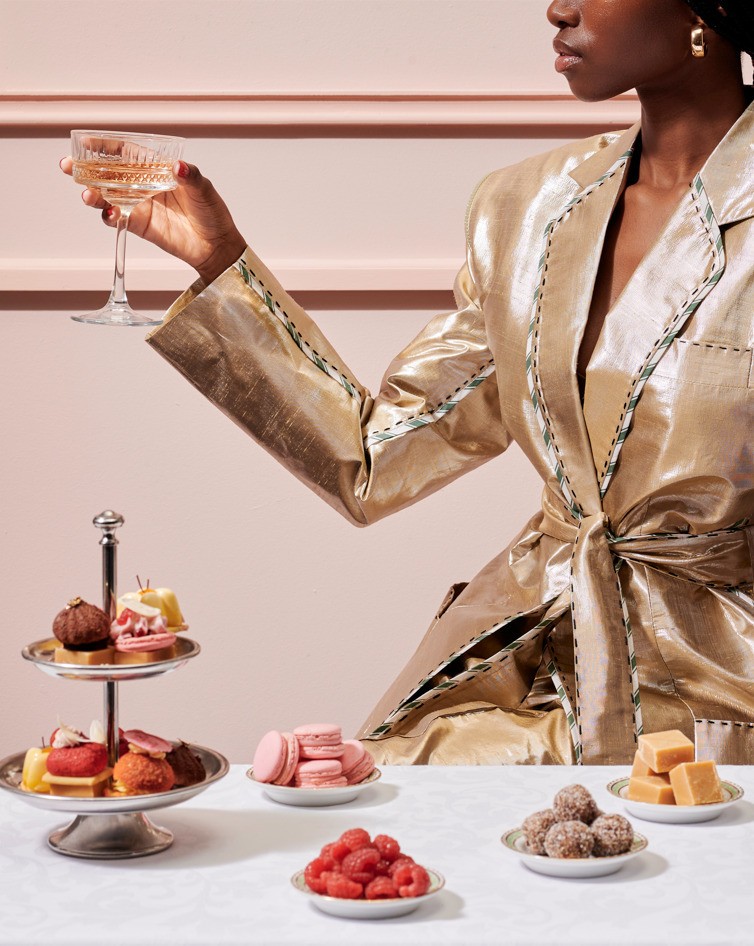
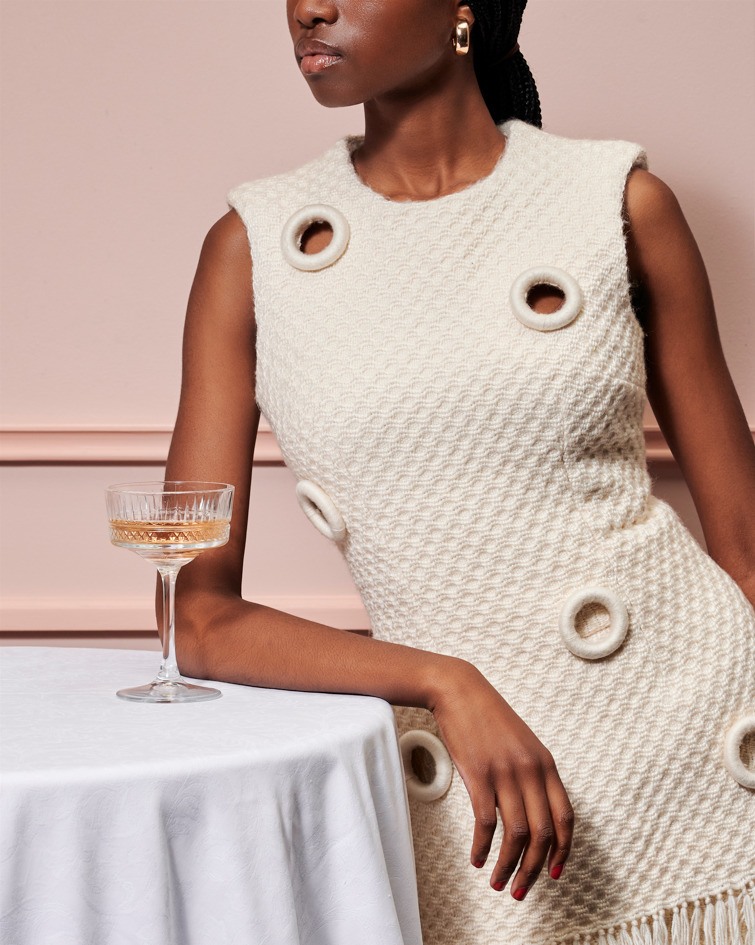
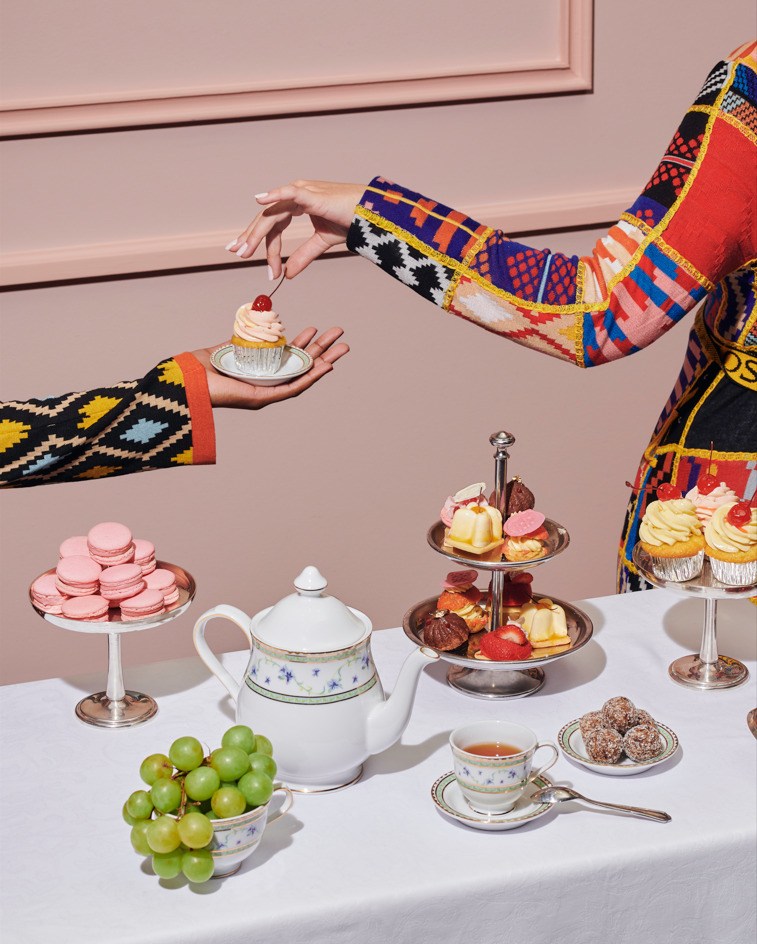

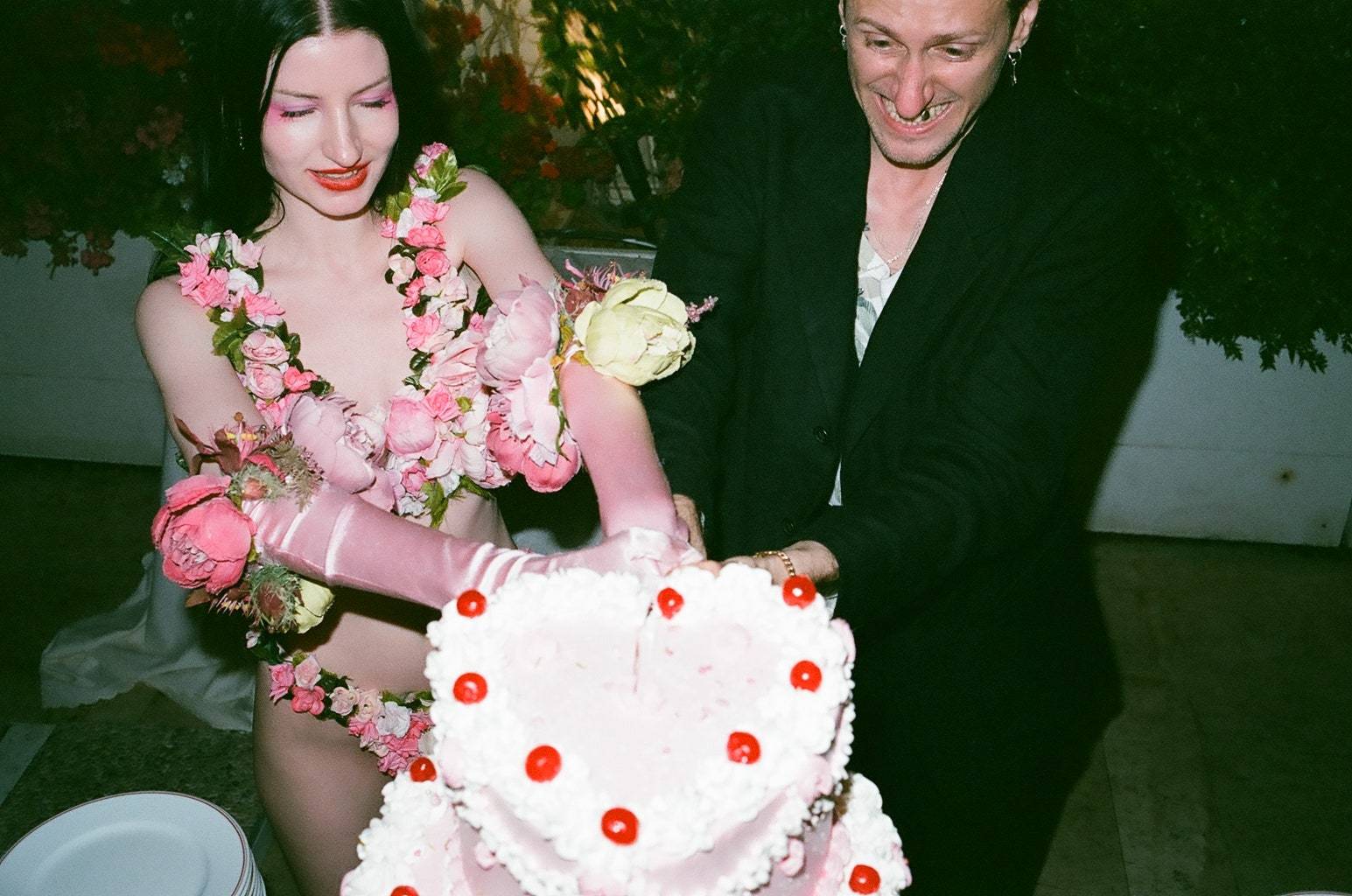

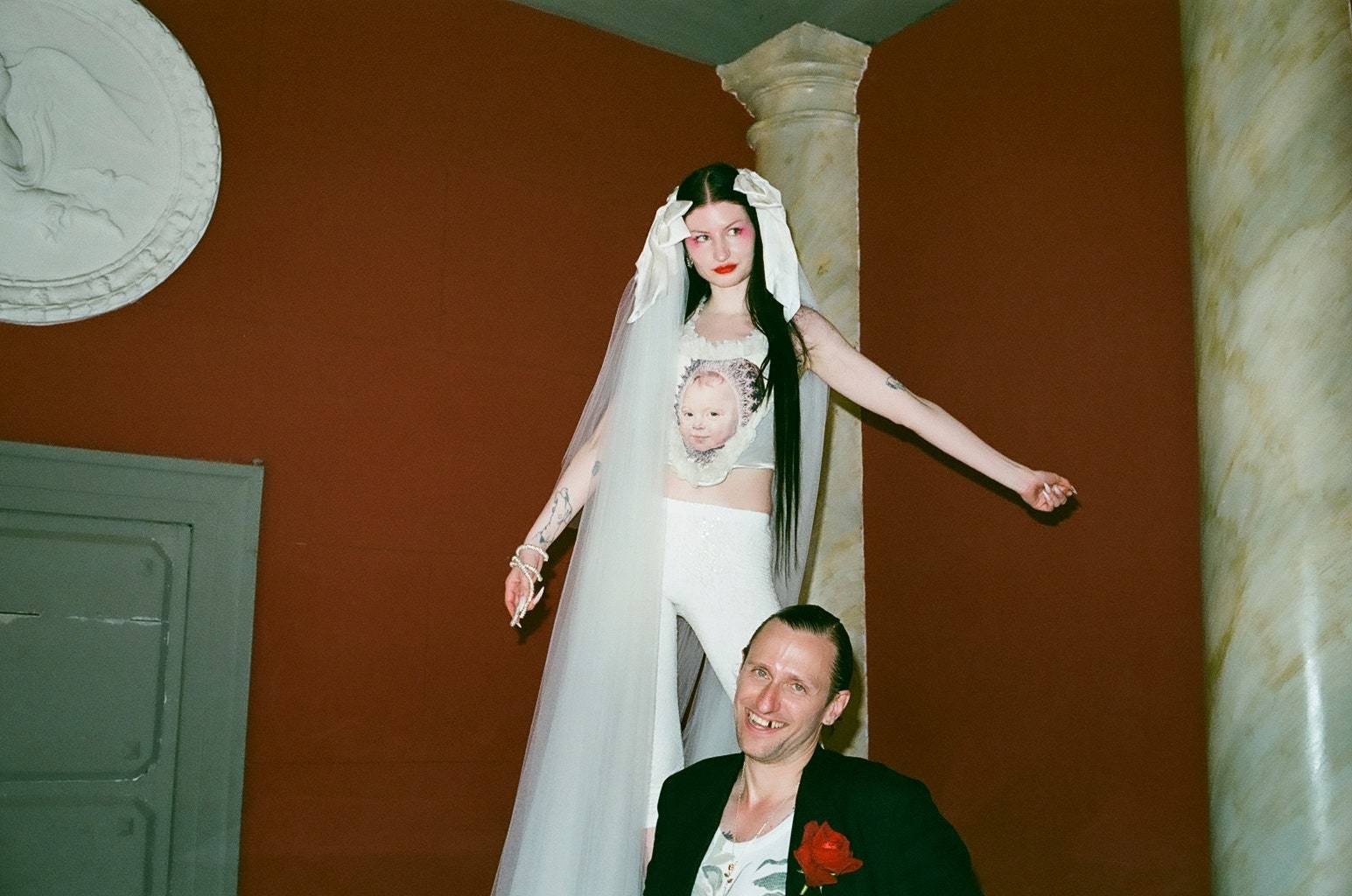

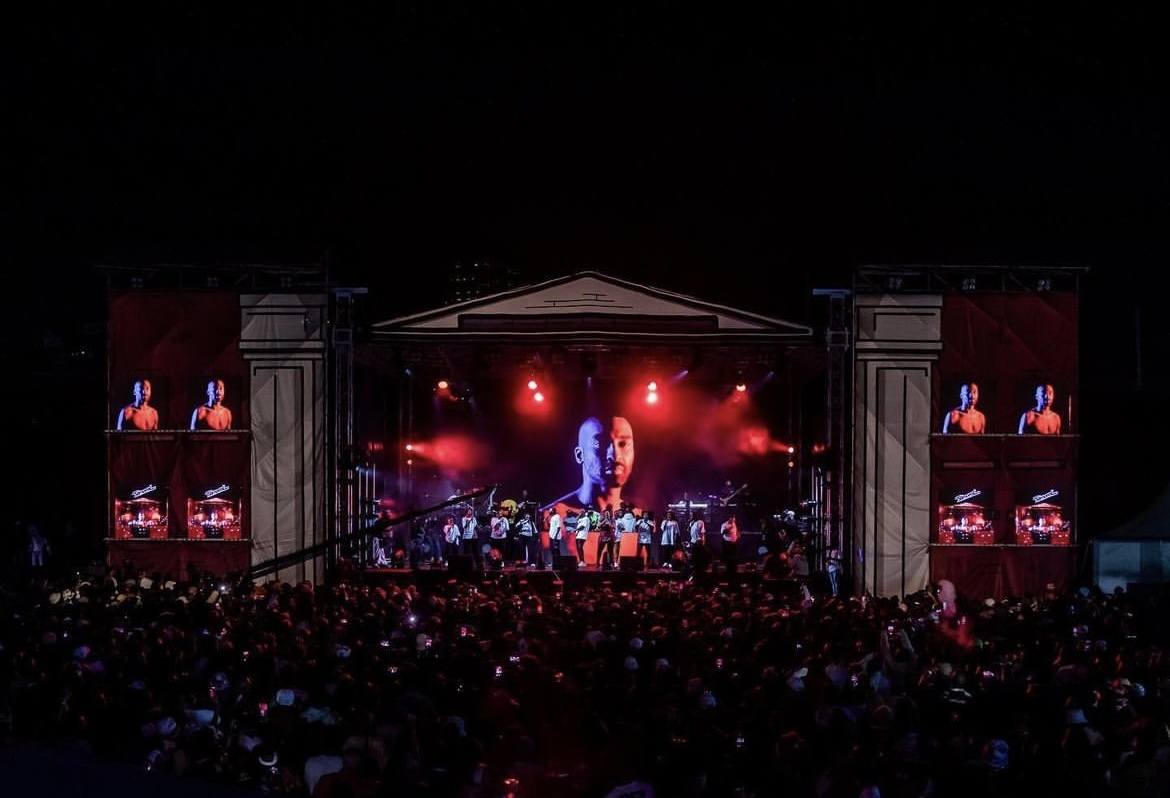
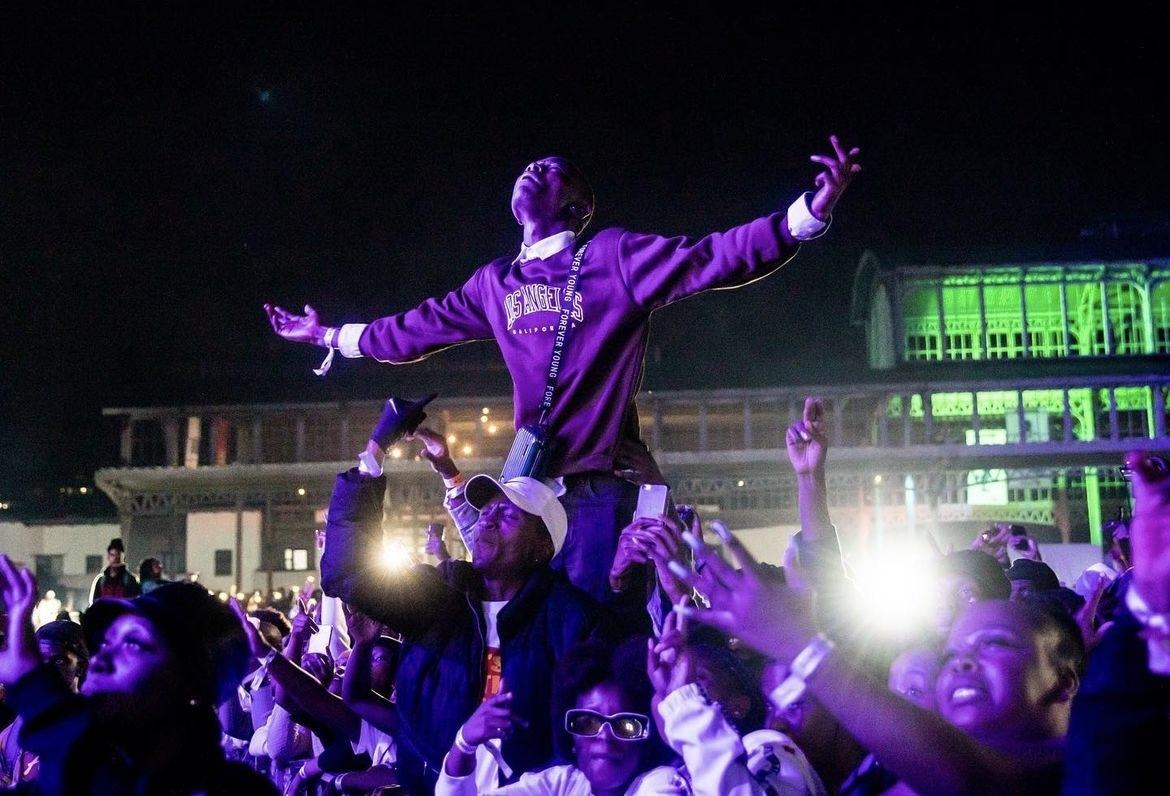


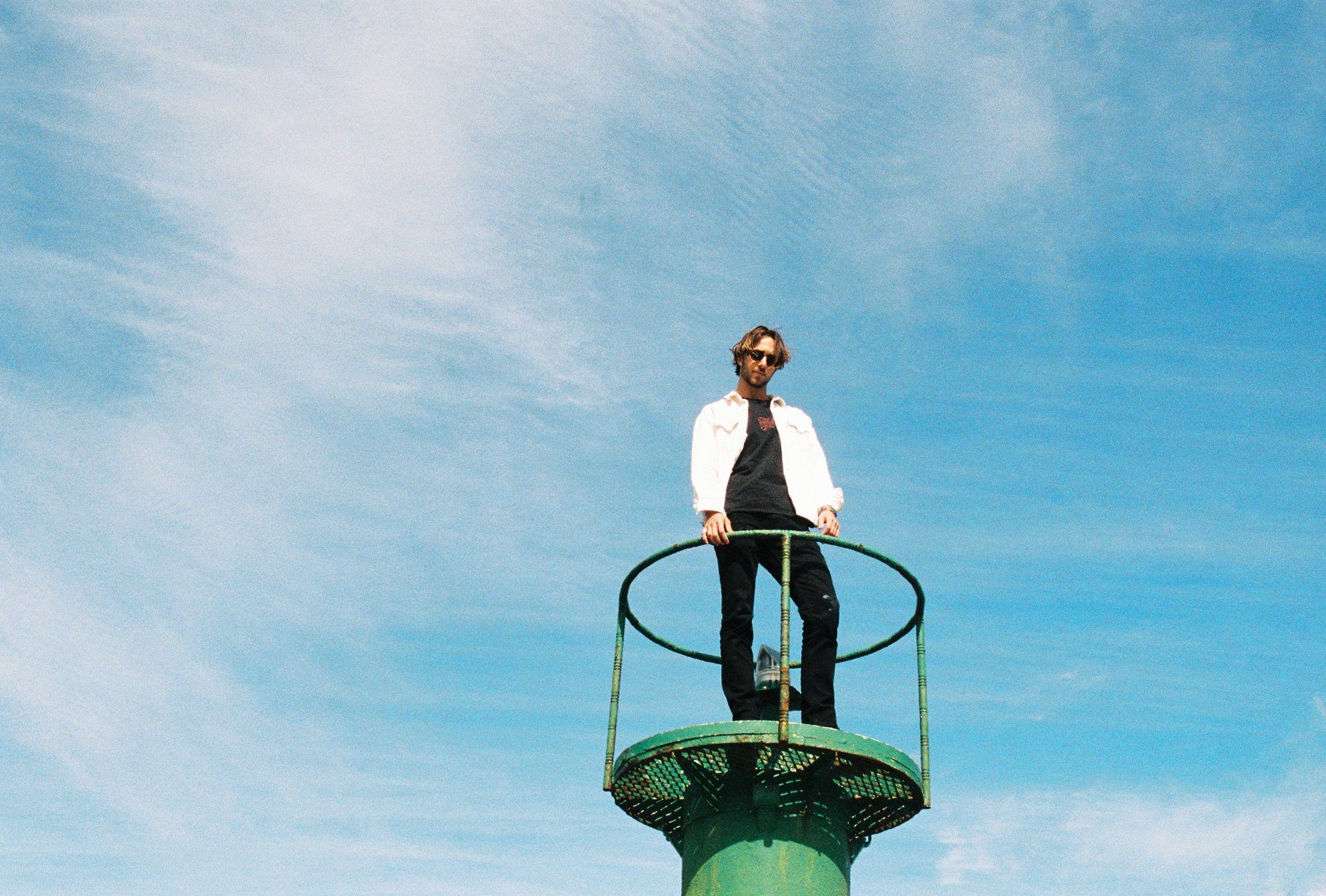
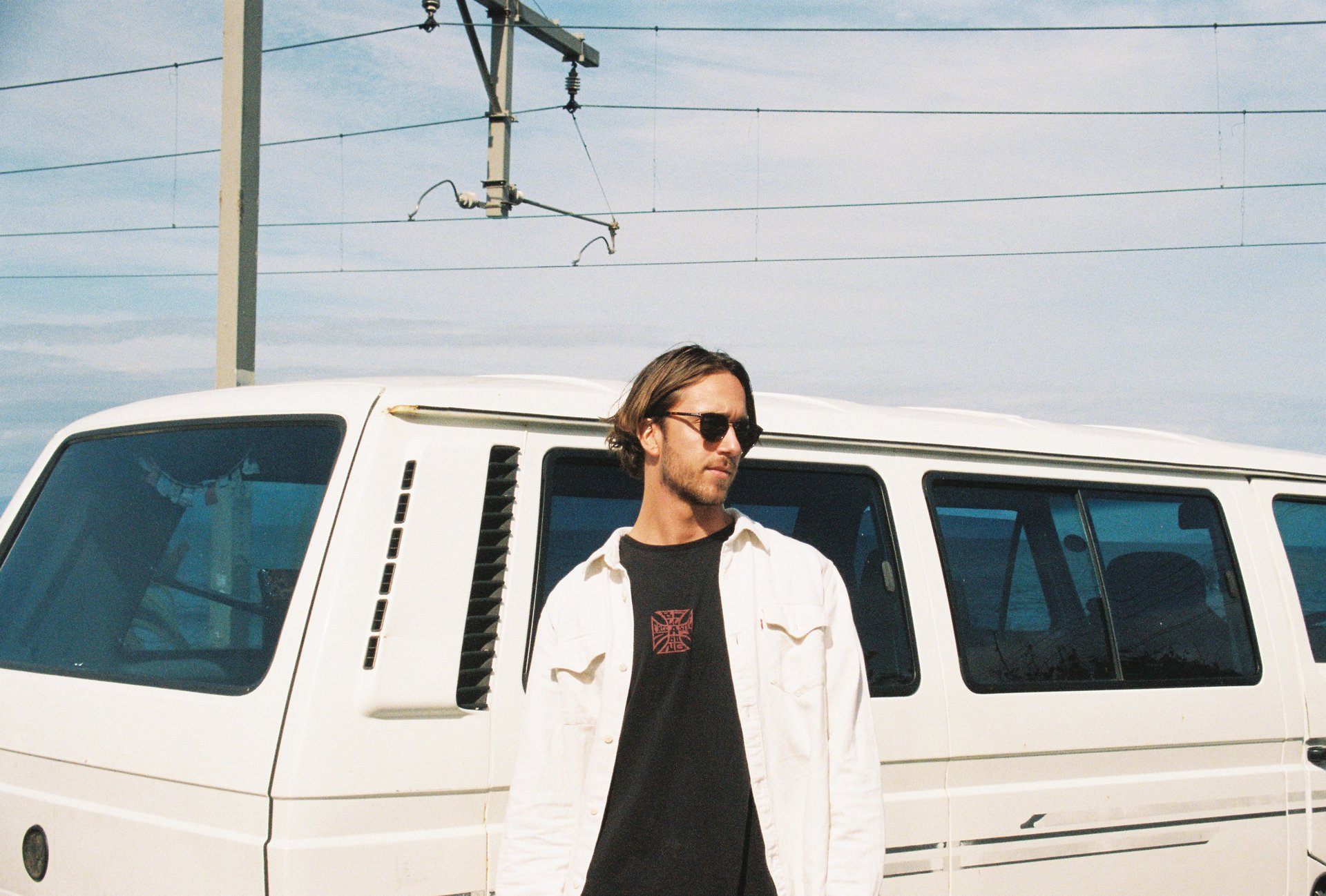





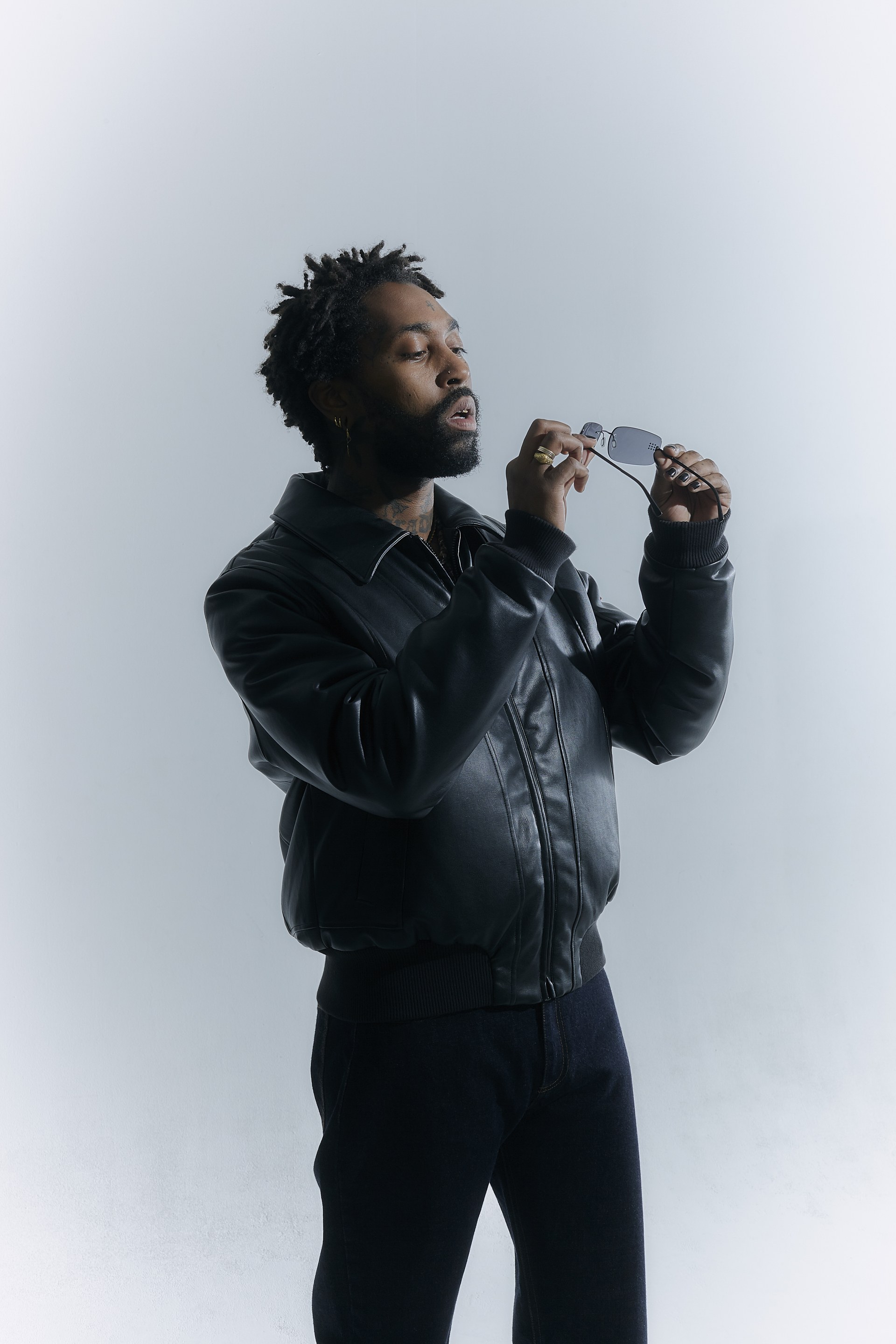


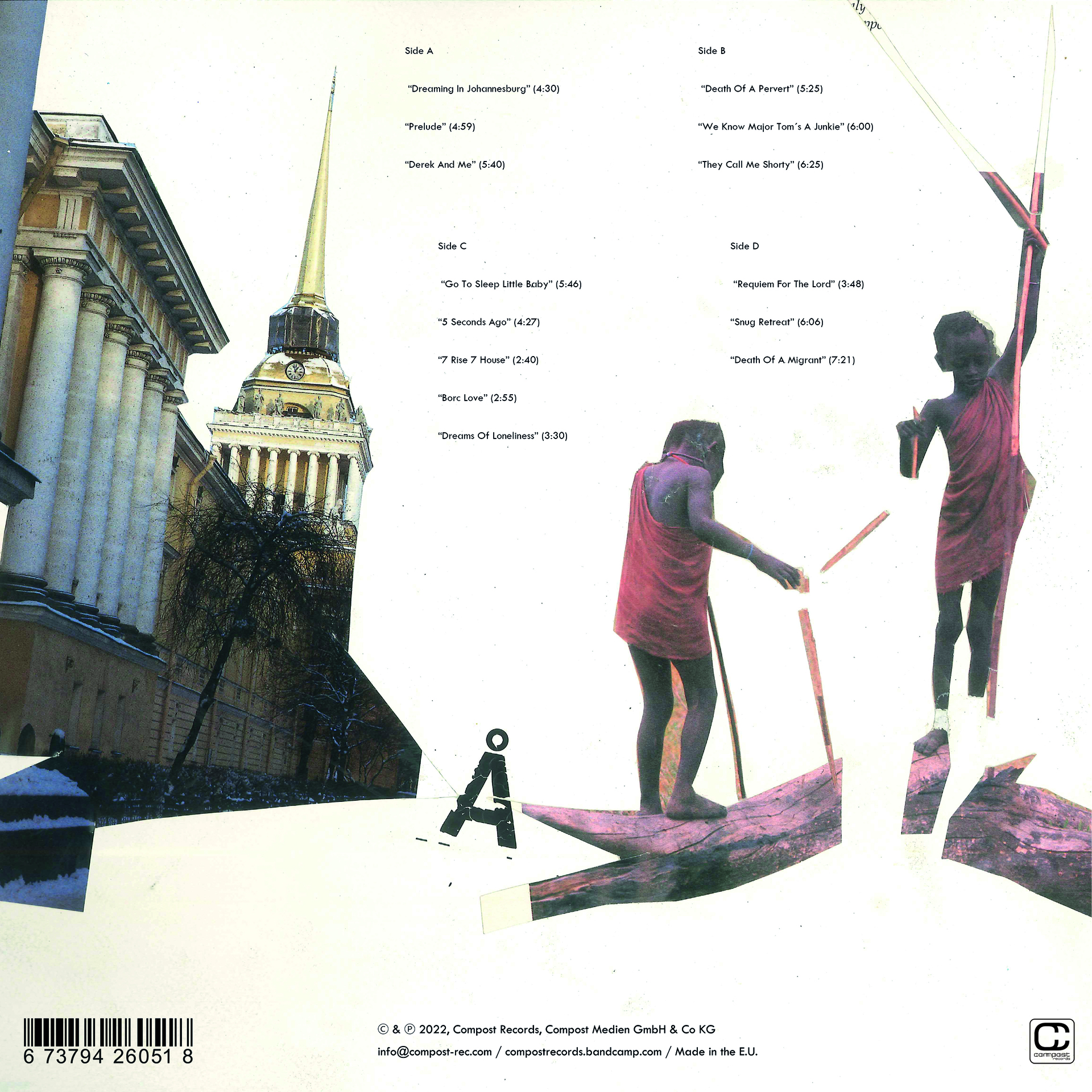
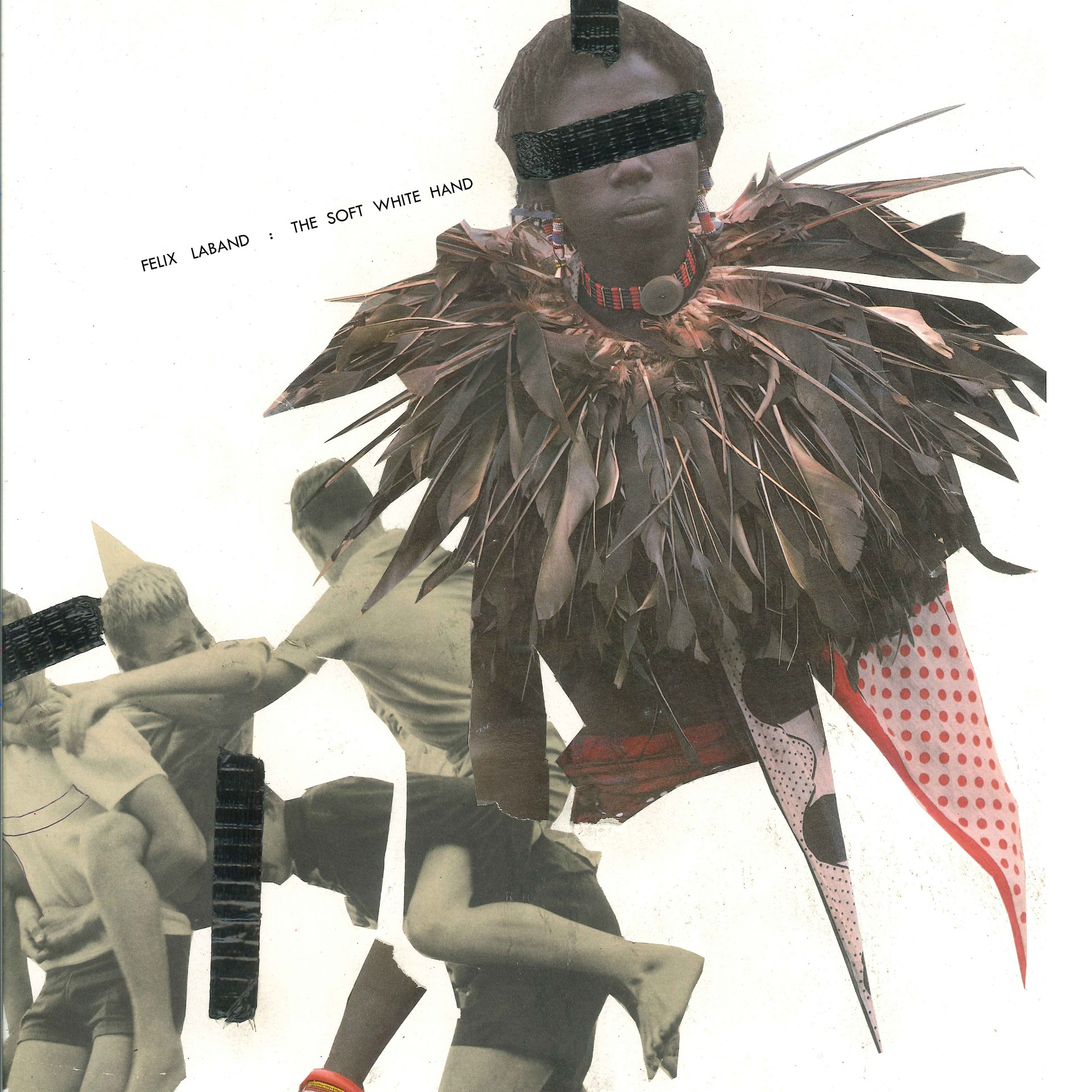

Recent Comments